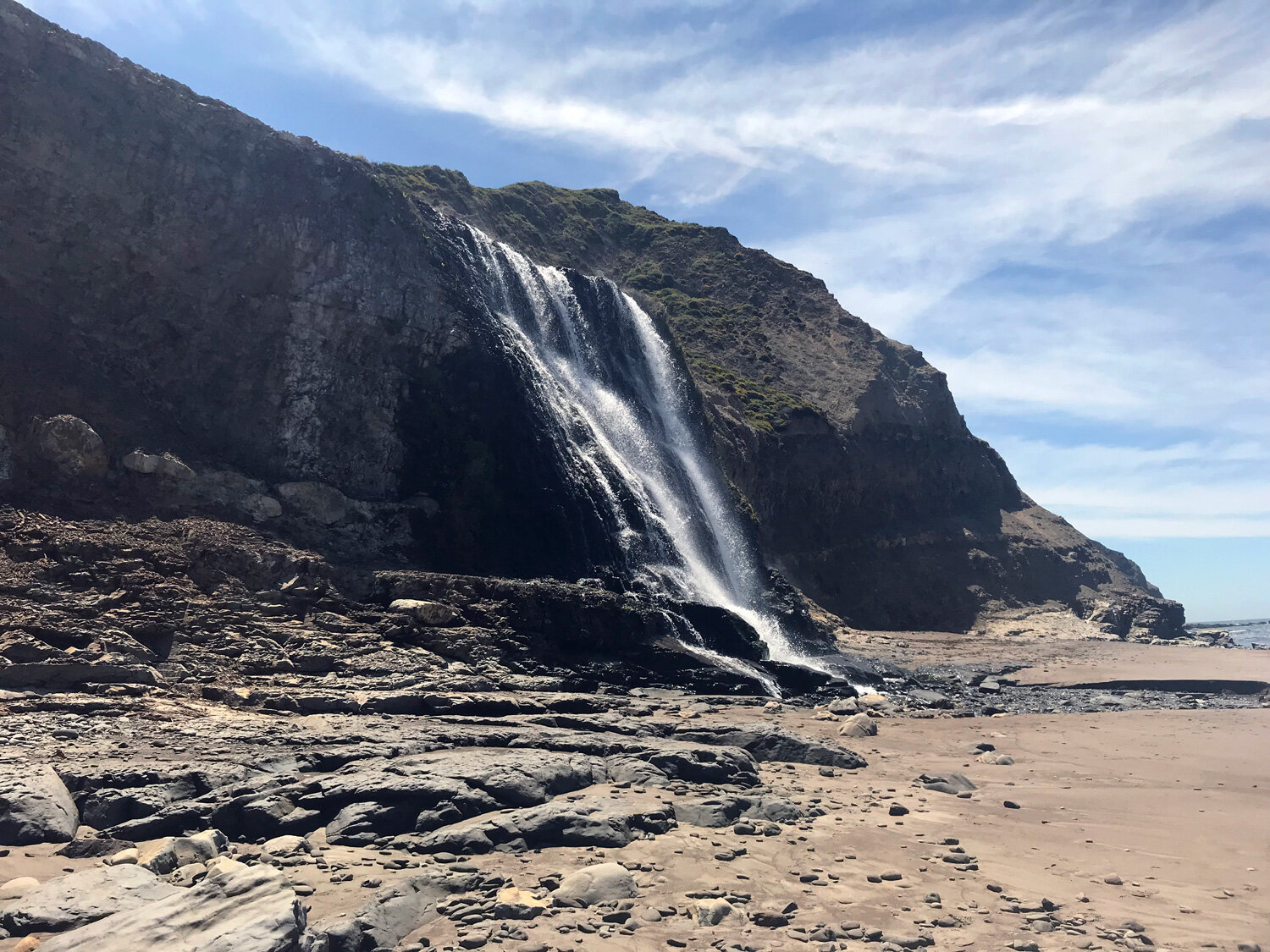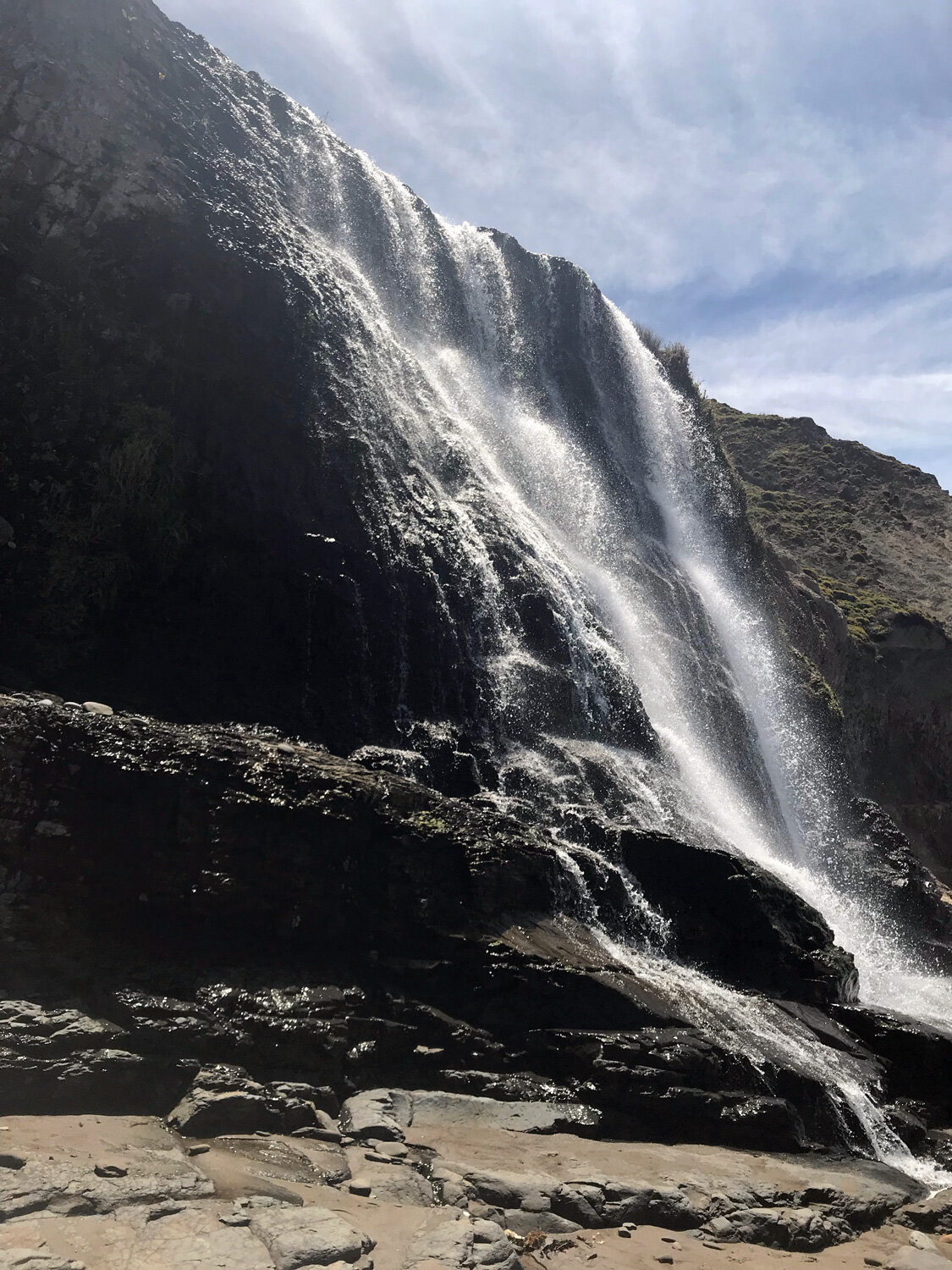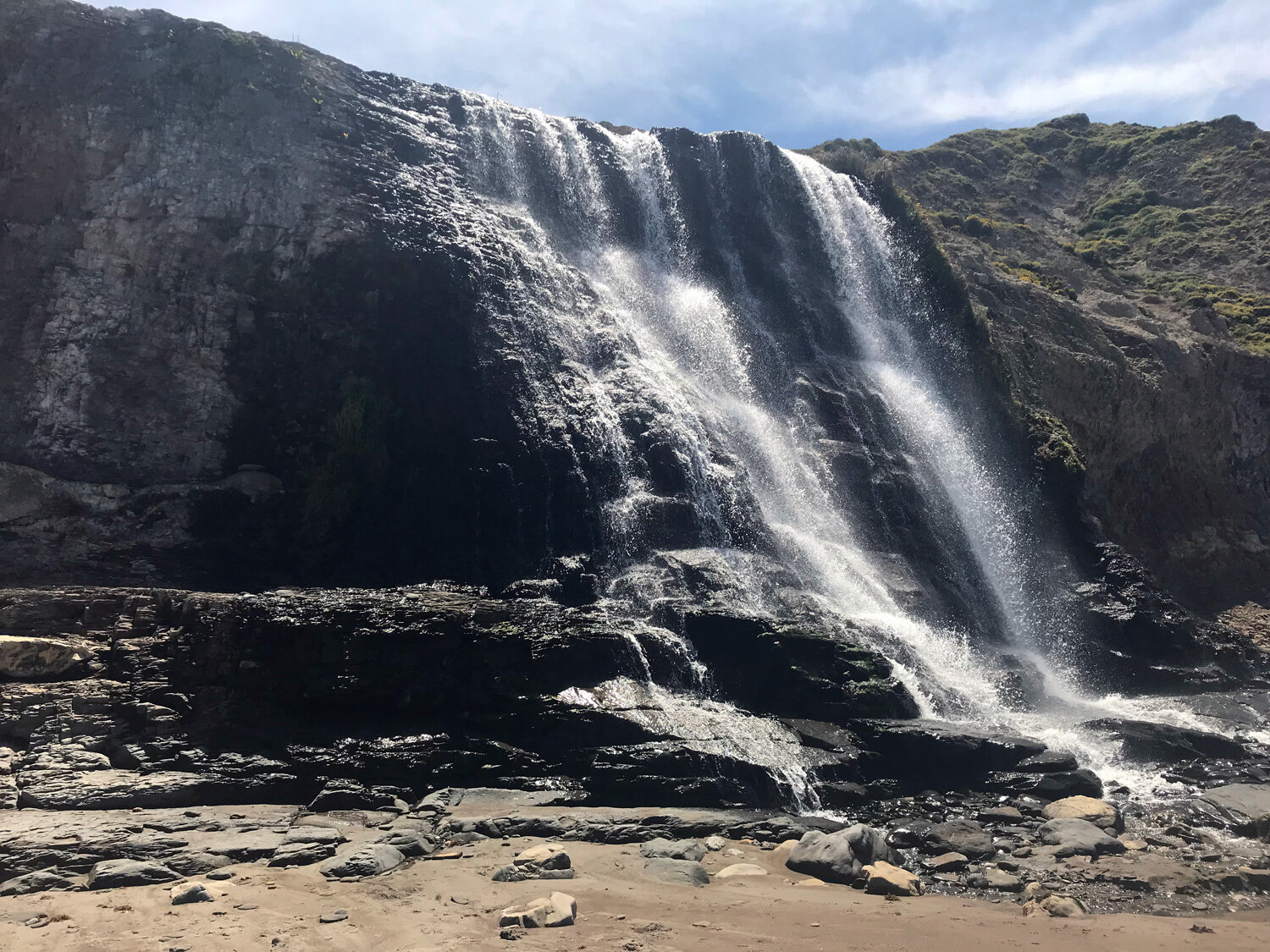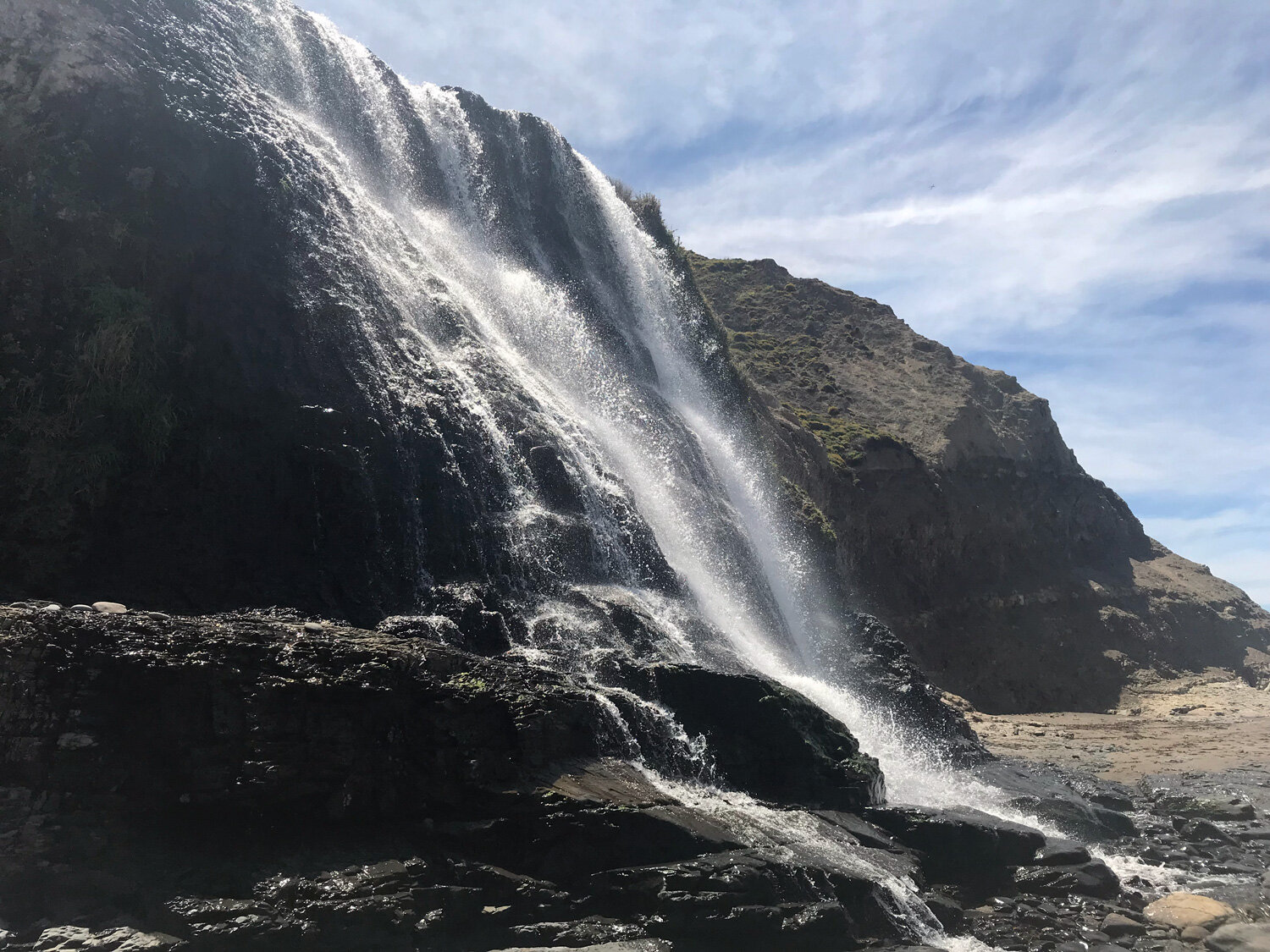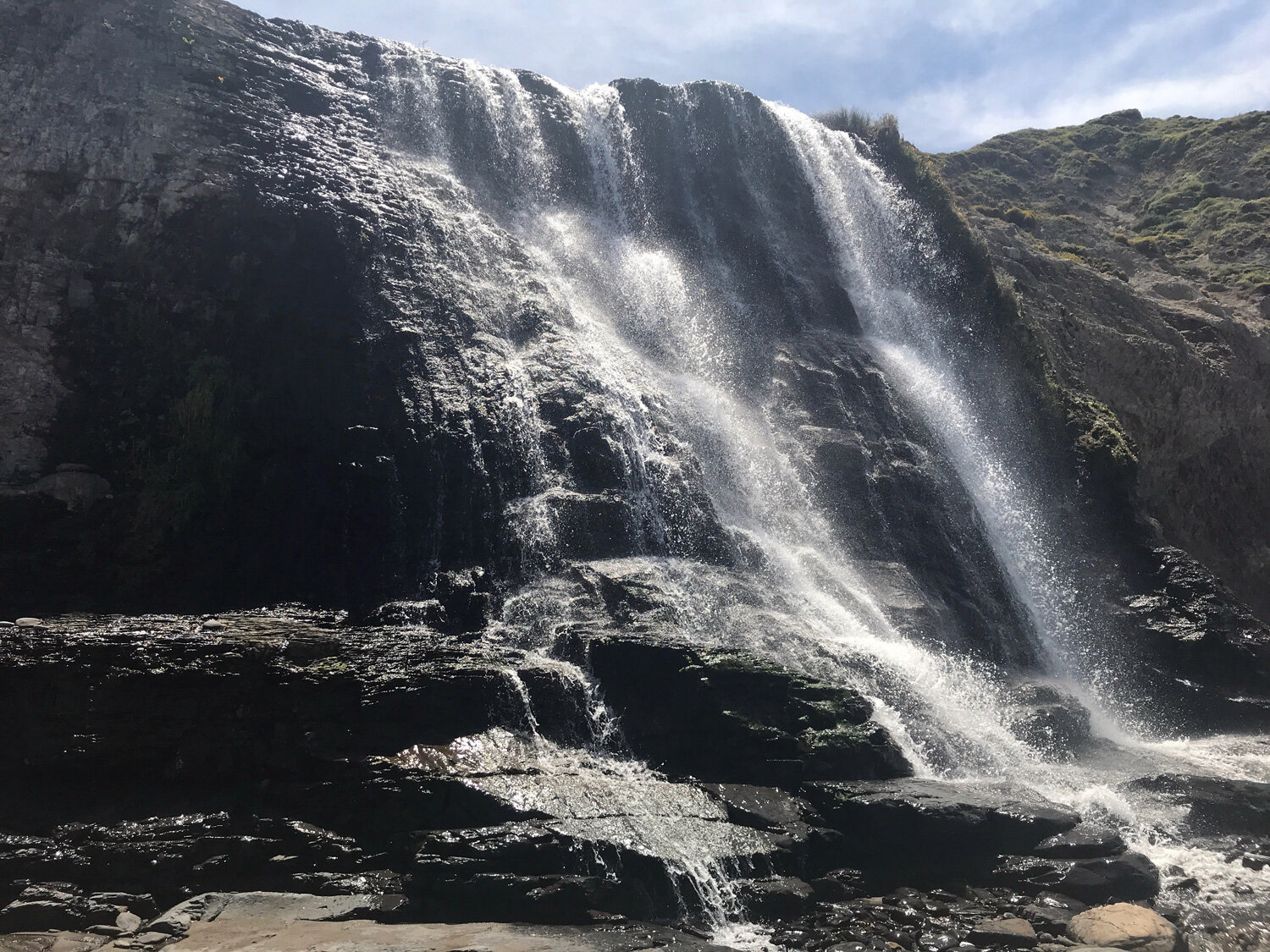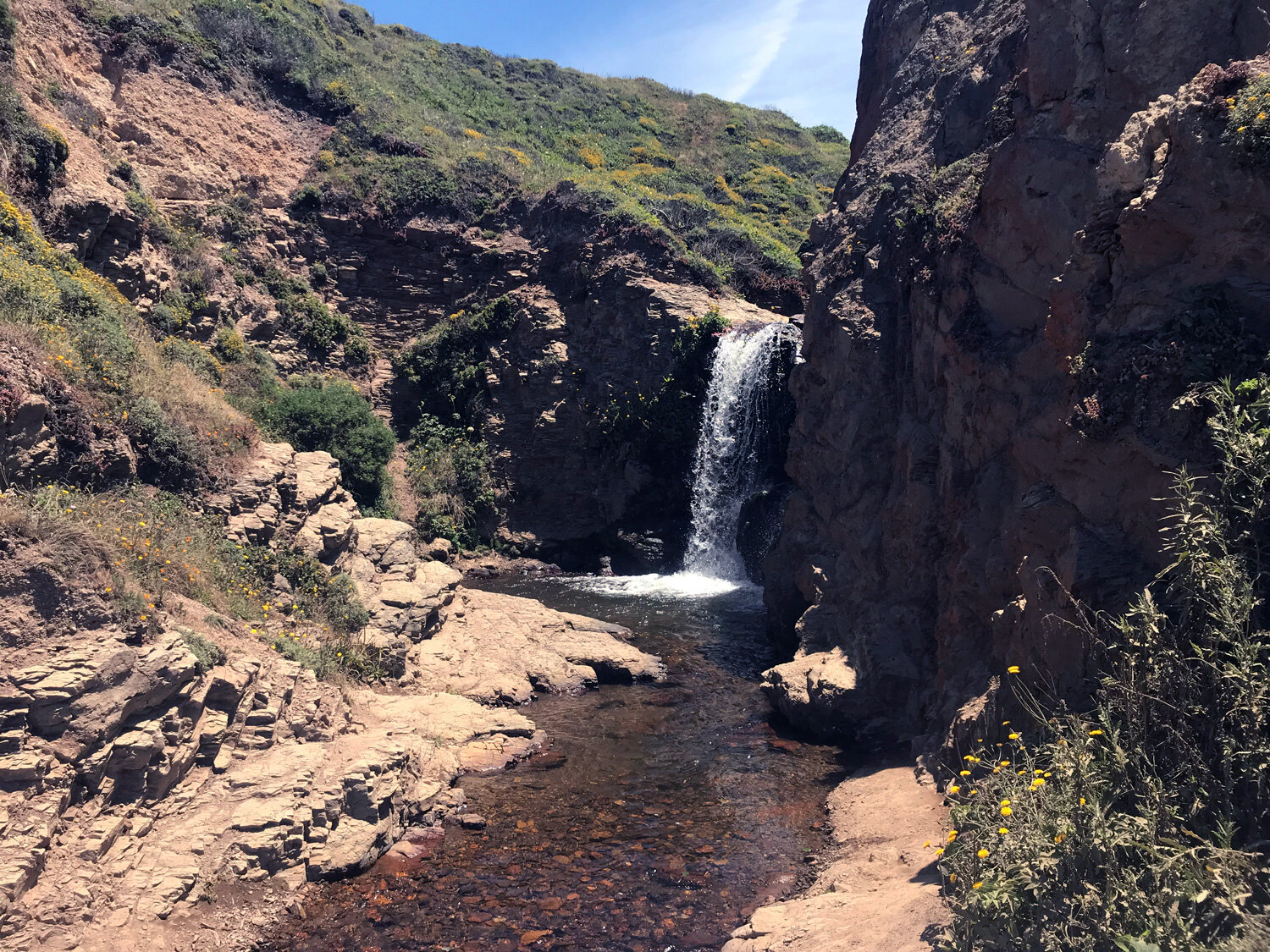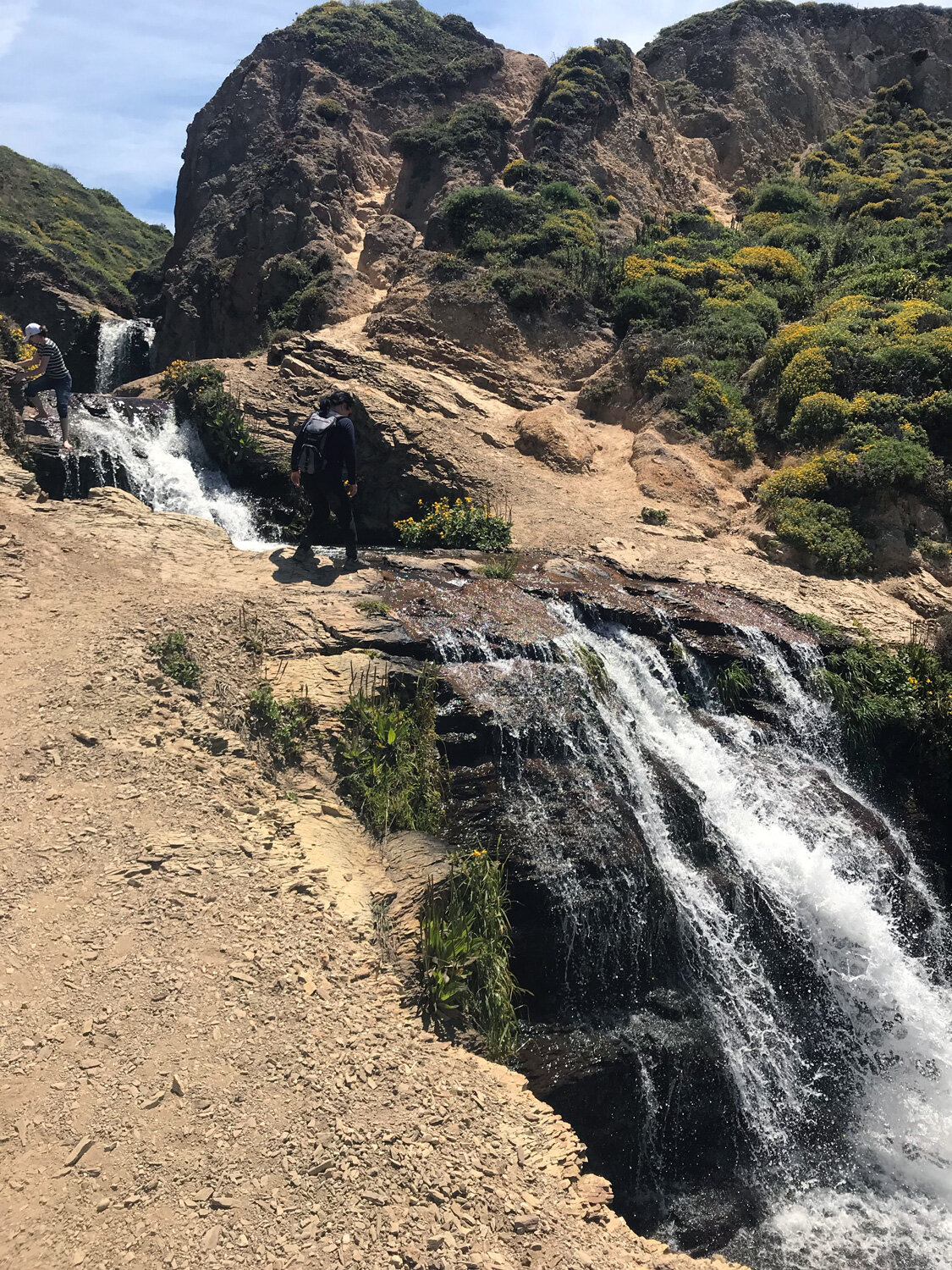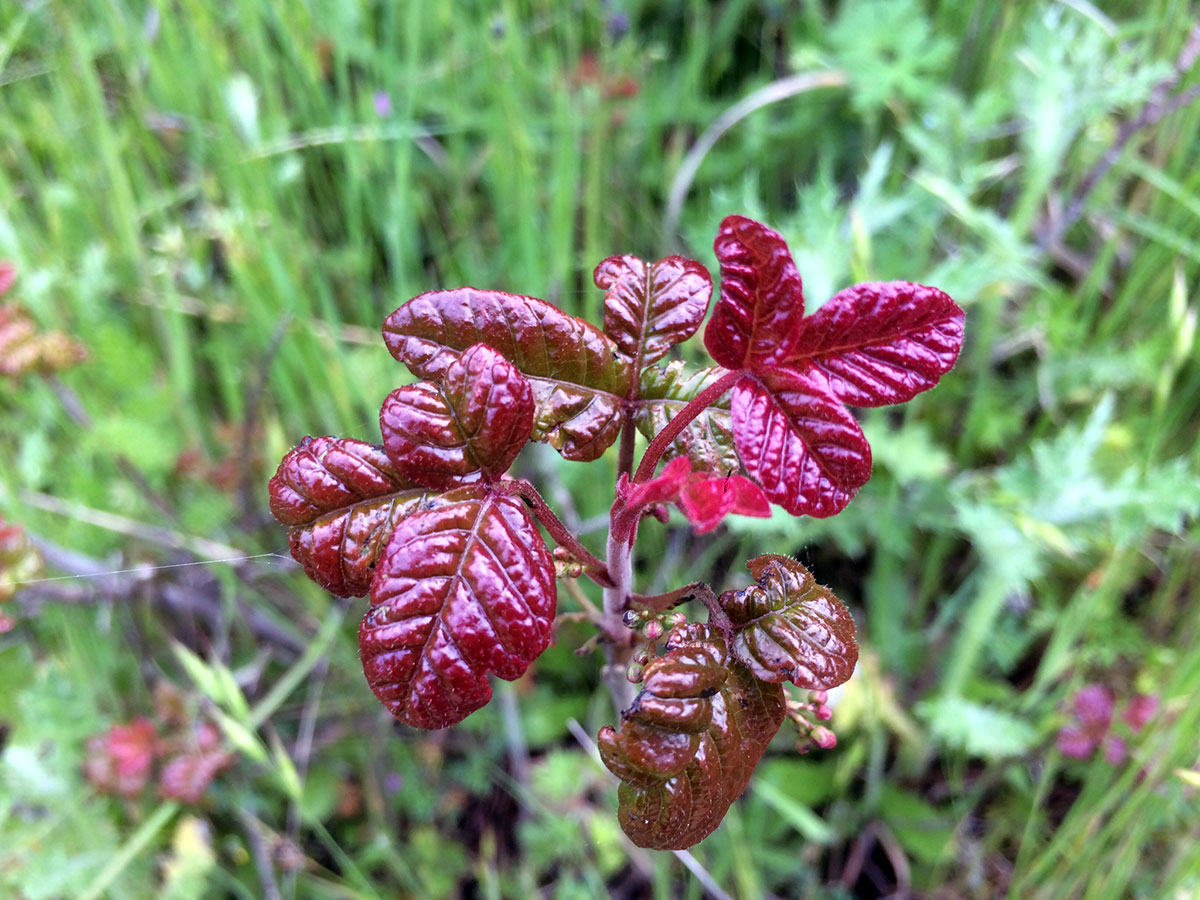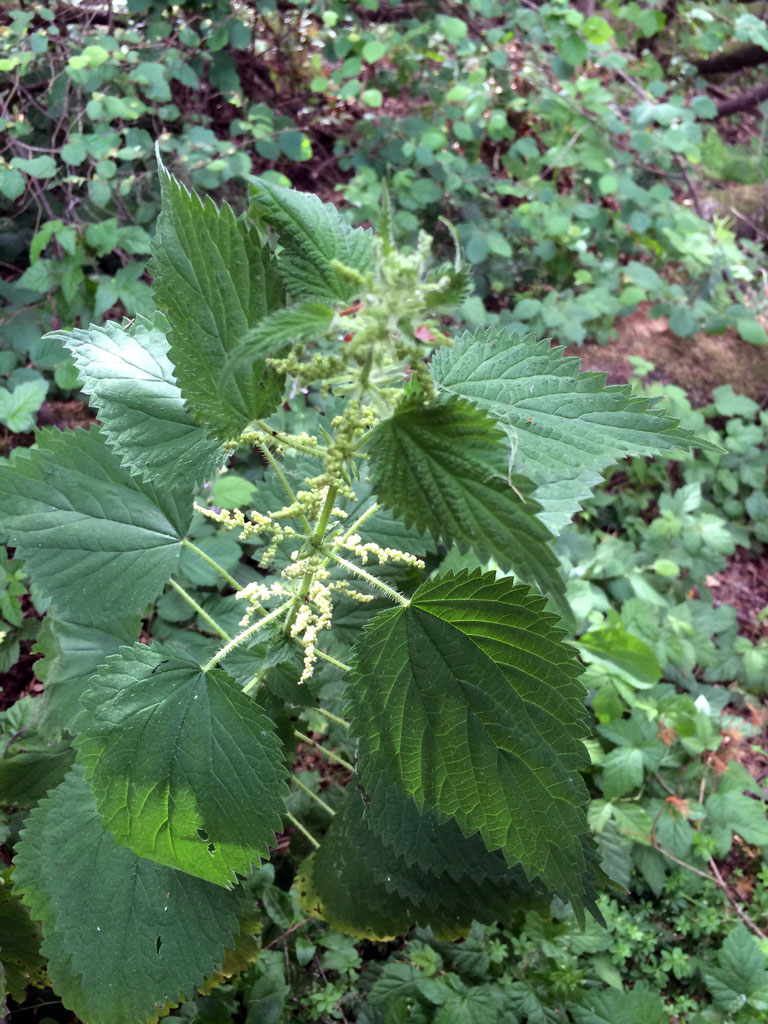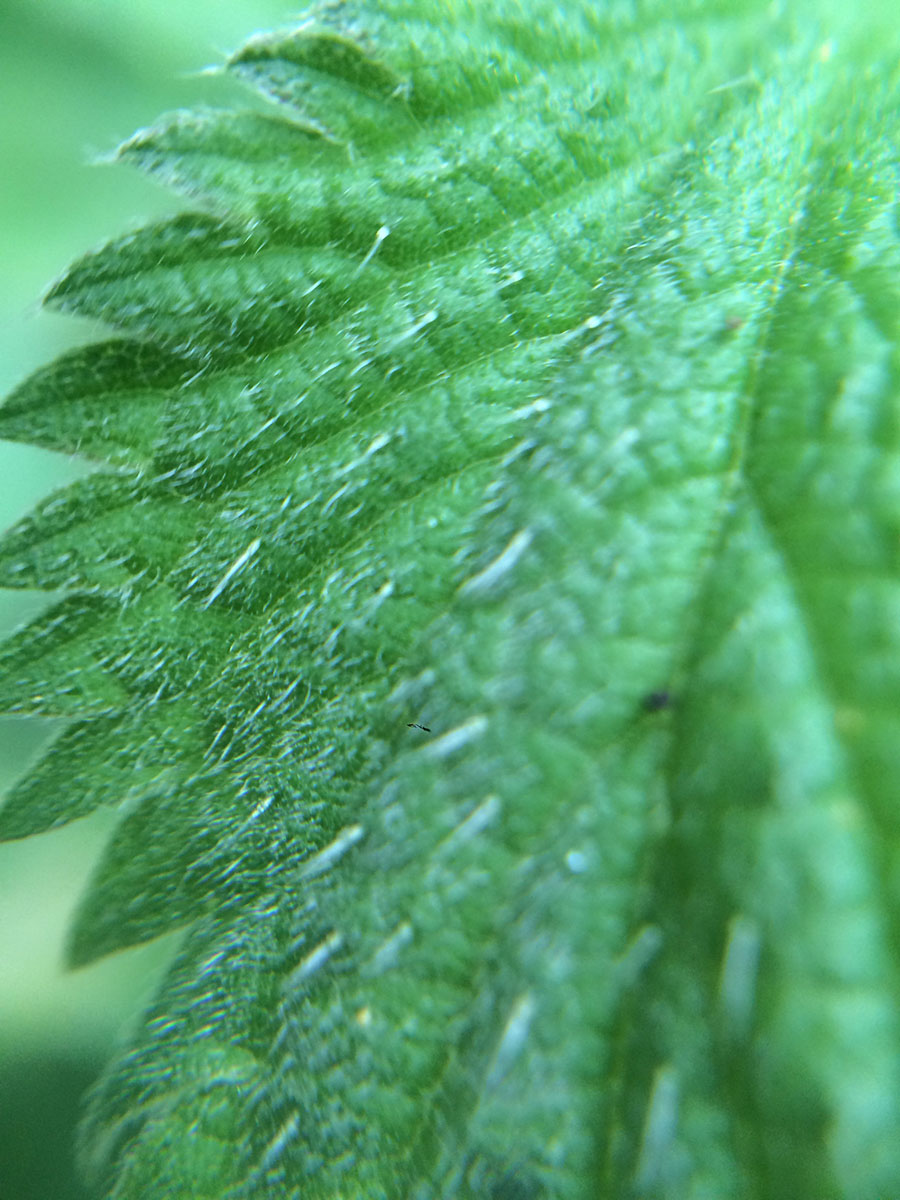Palomarin Trail
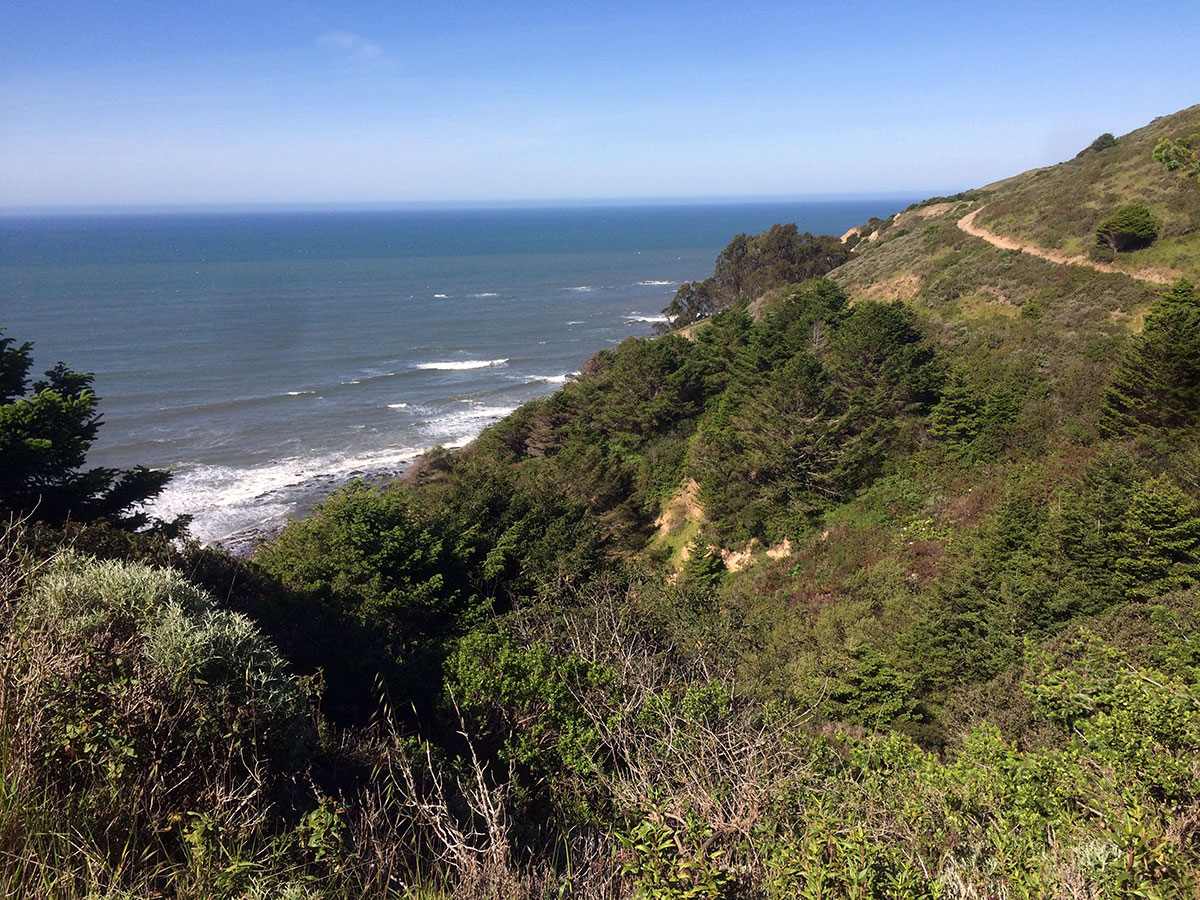

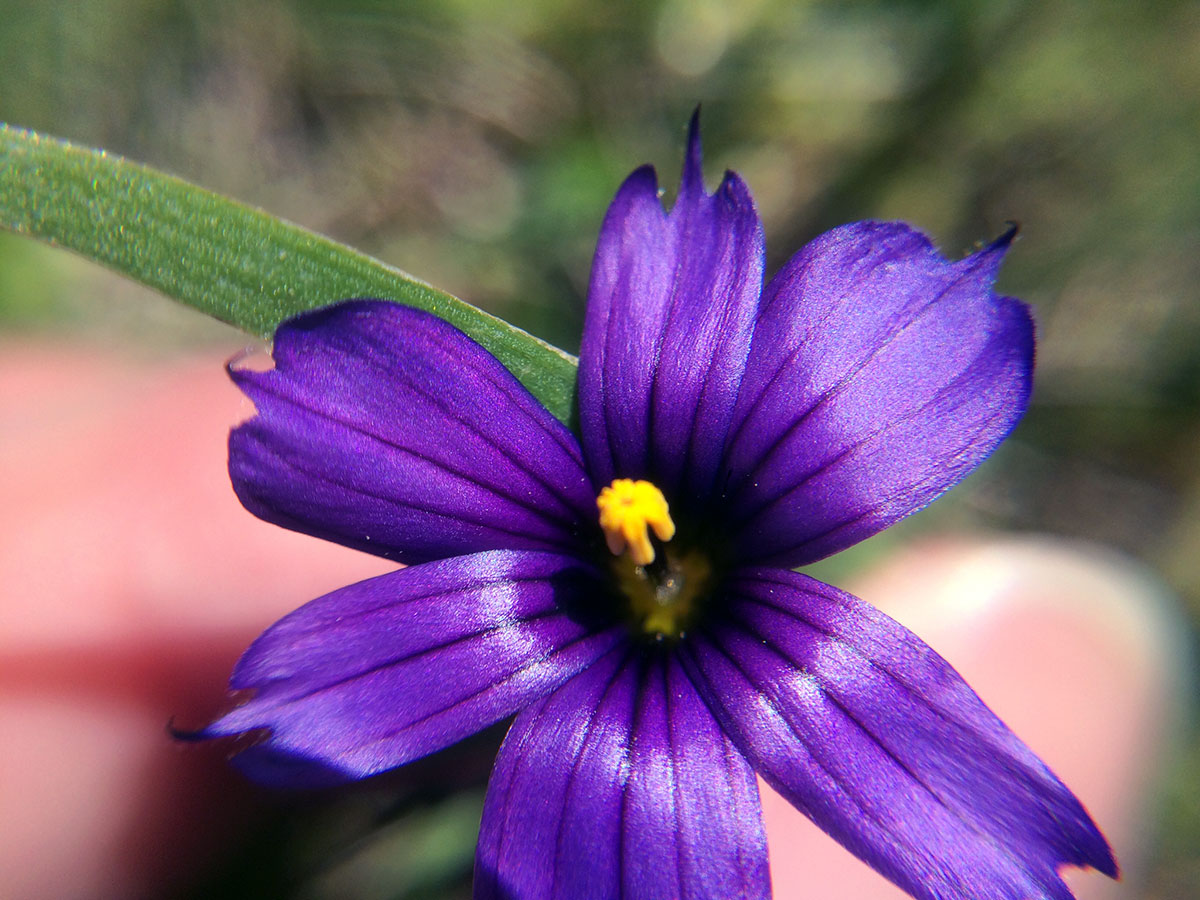
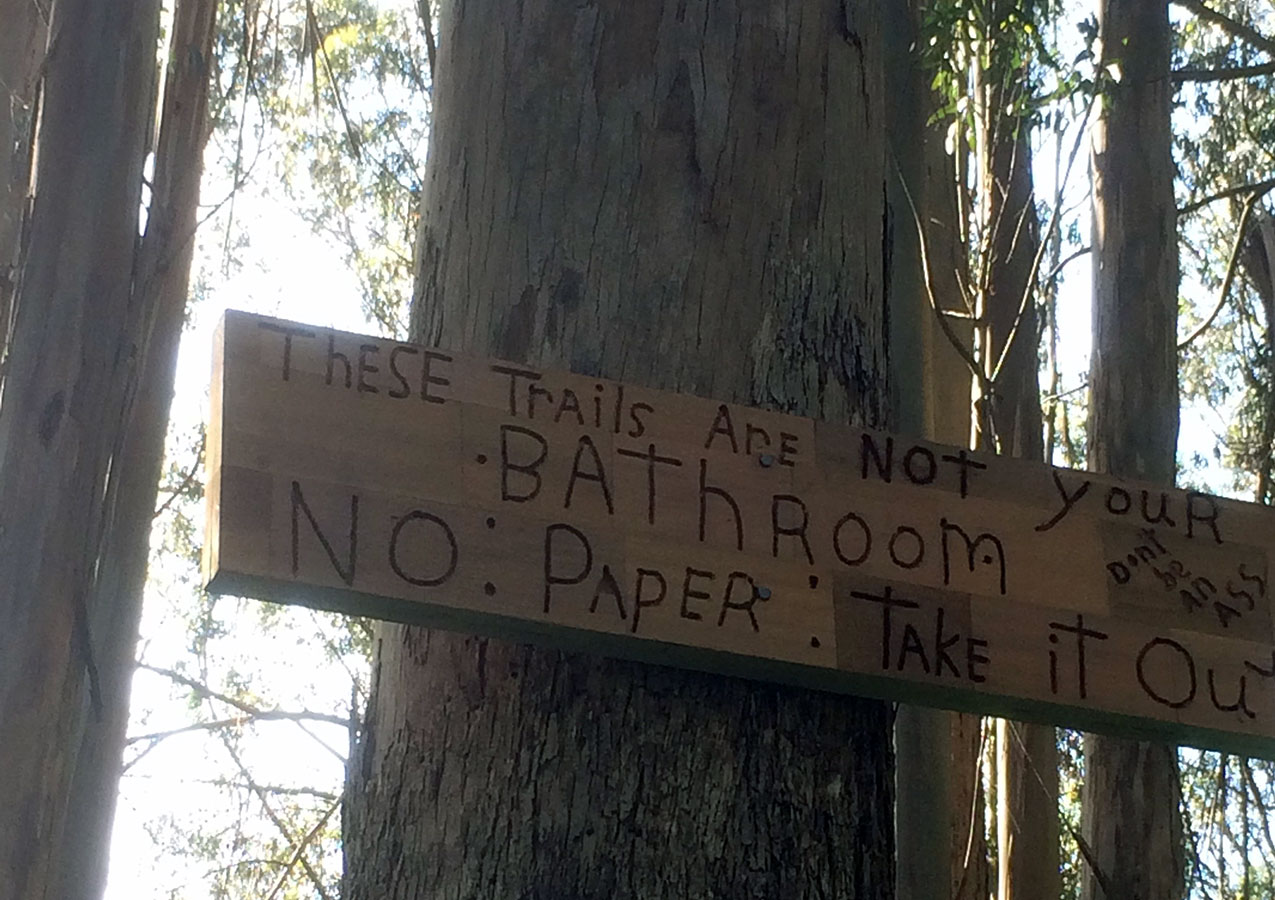
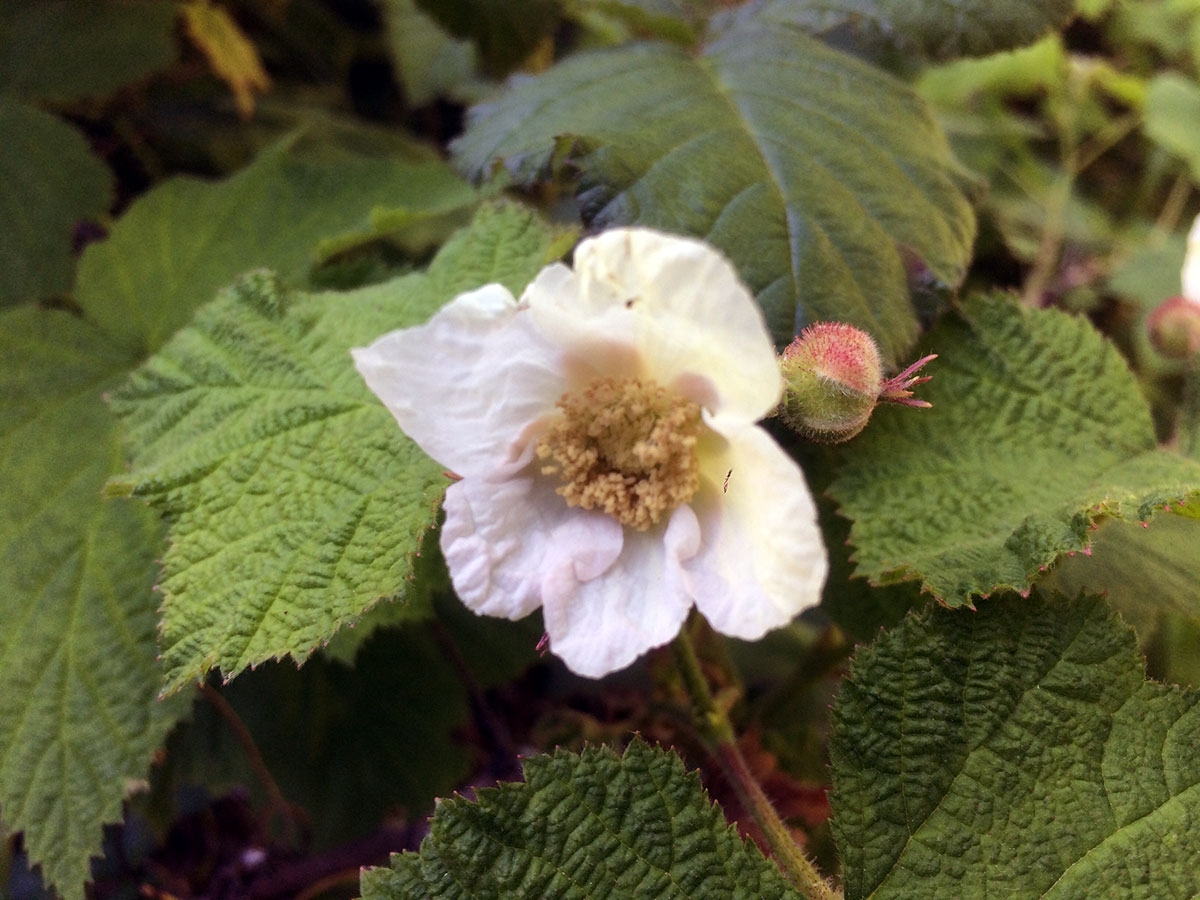
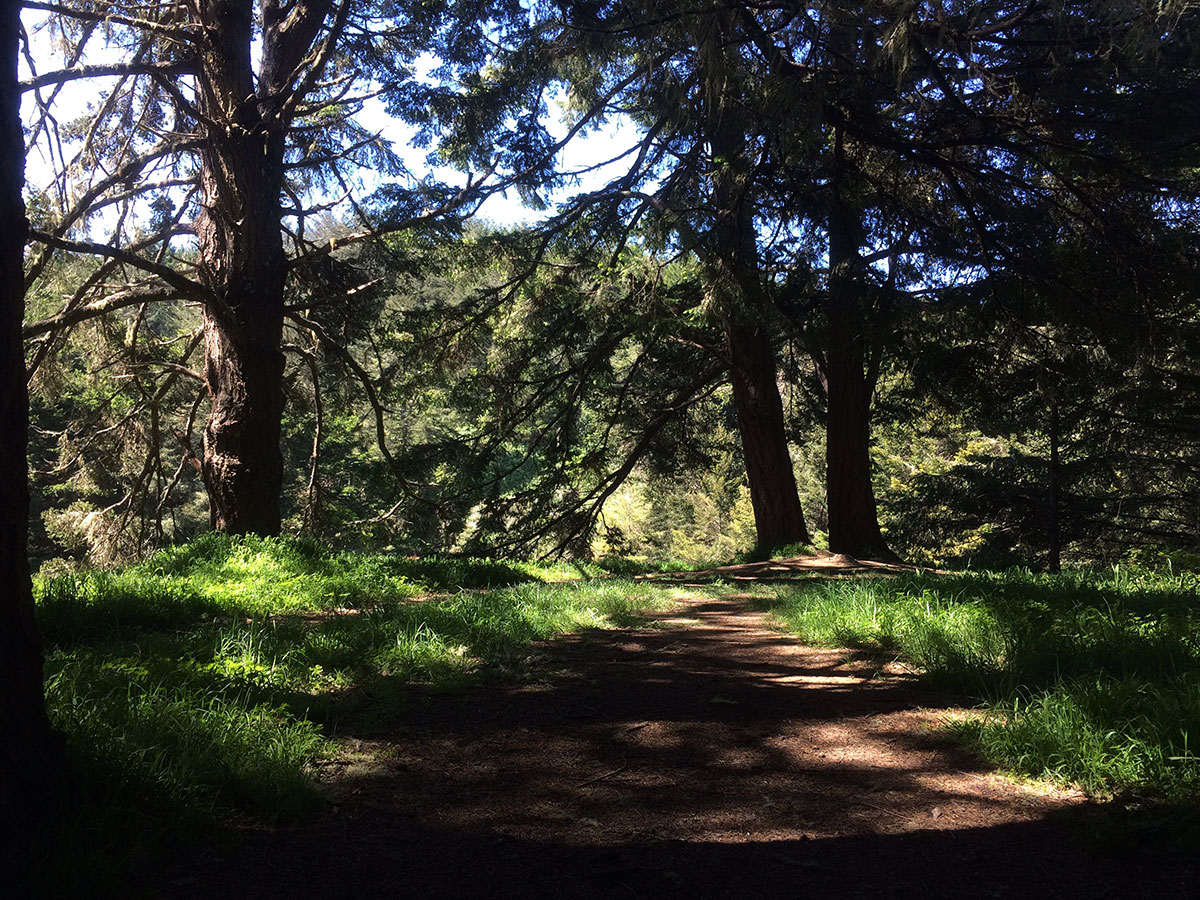
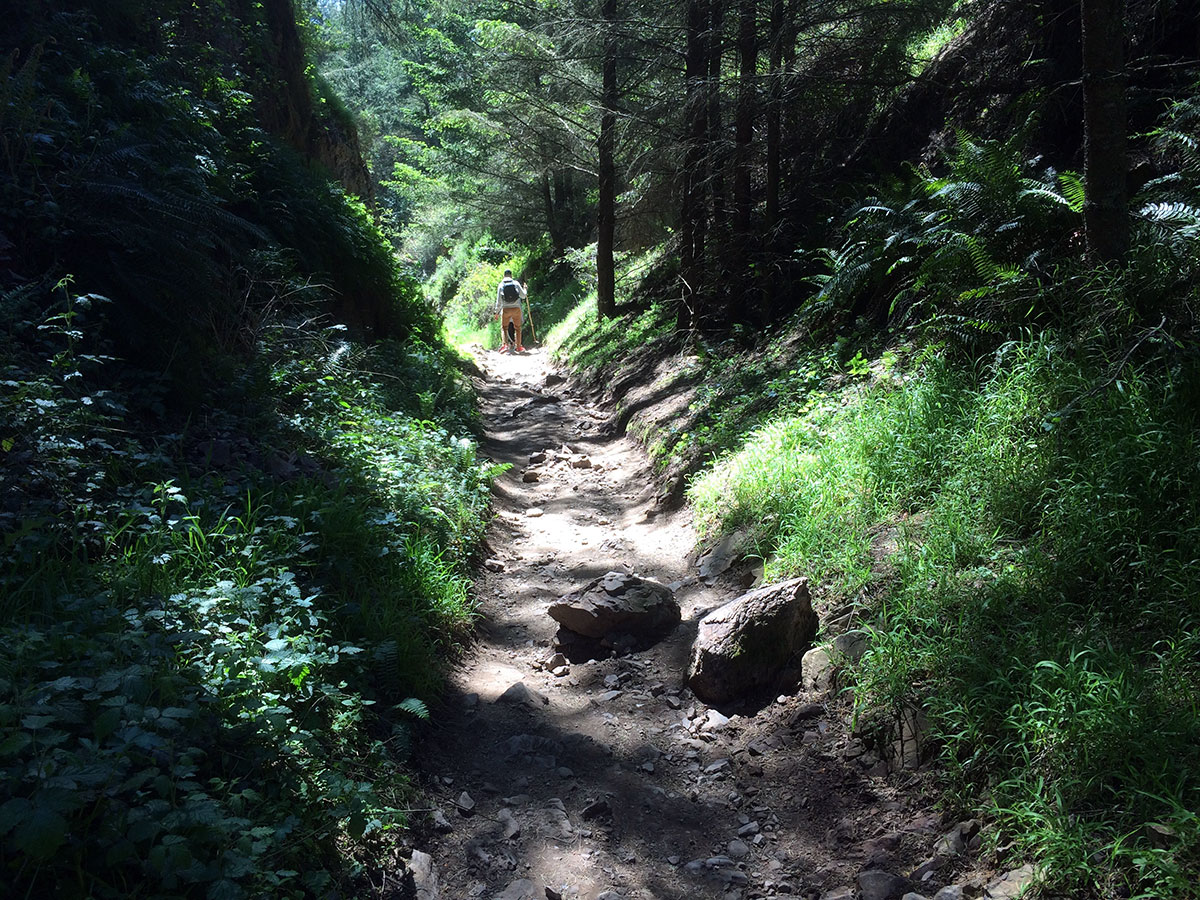

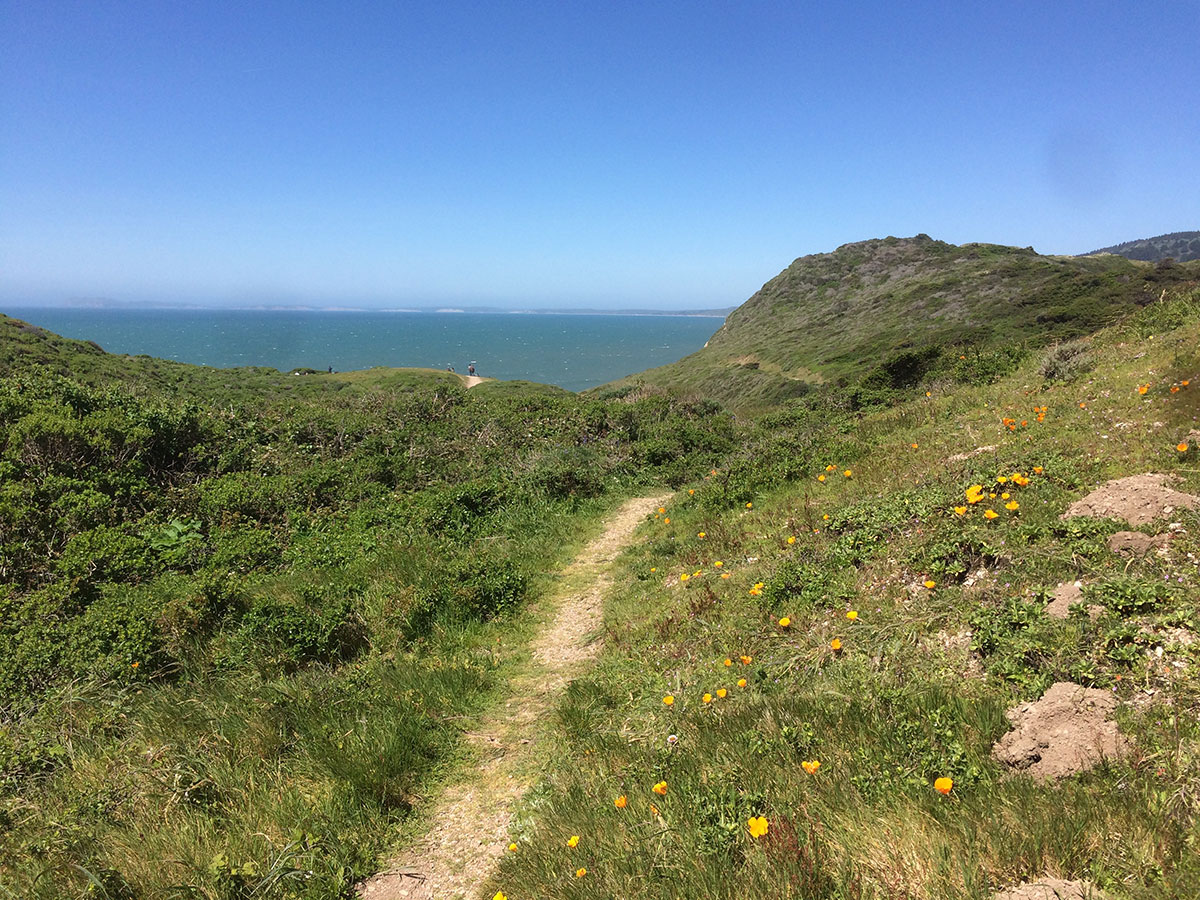


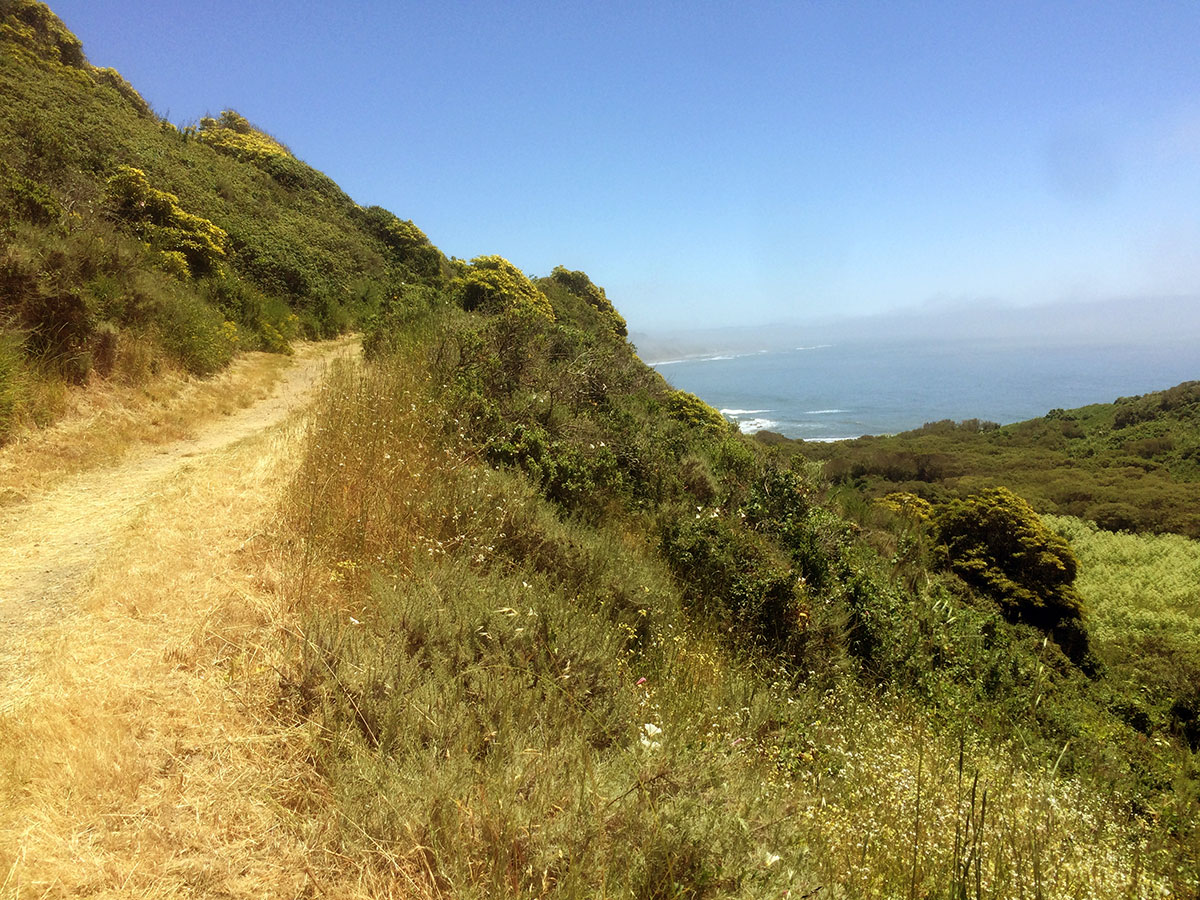
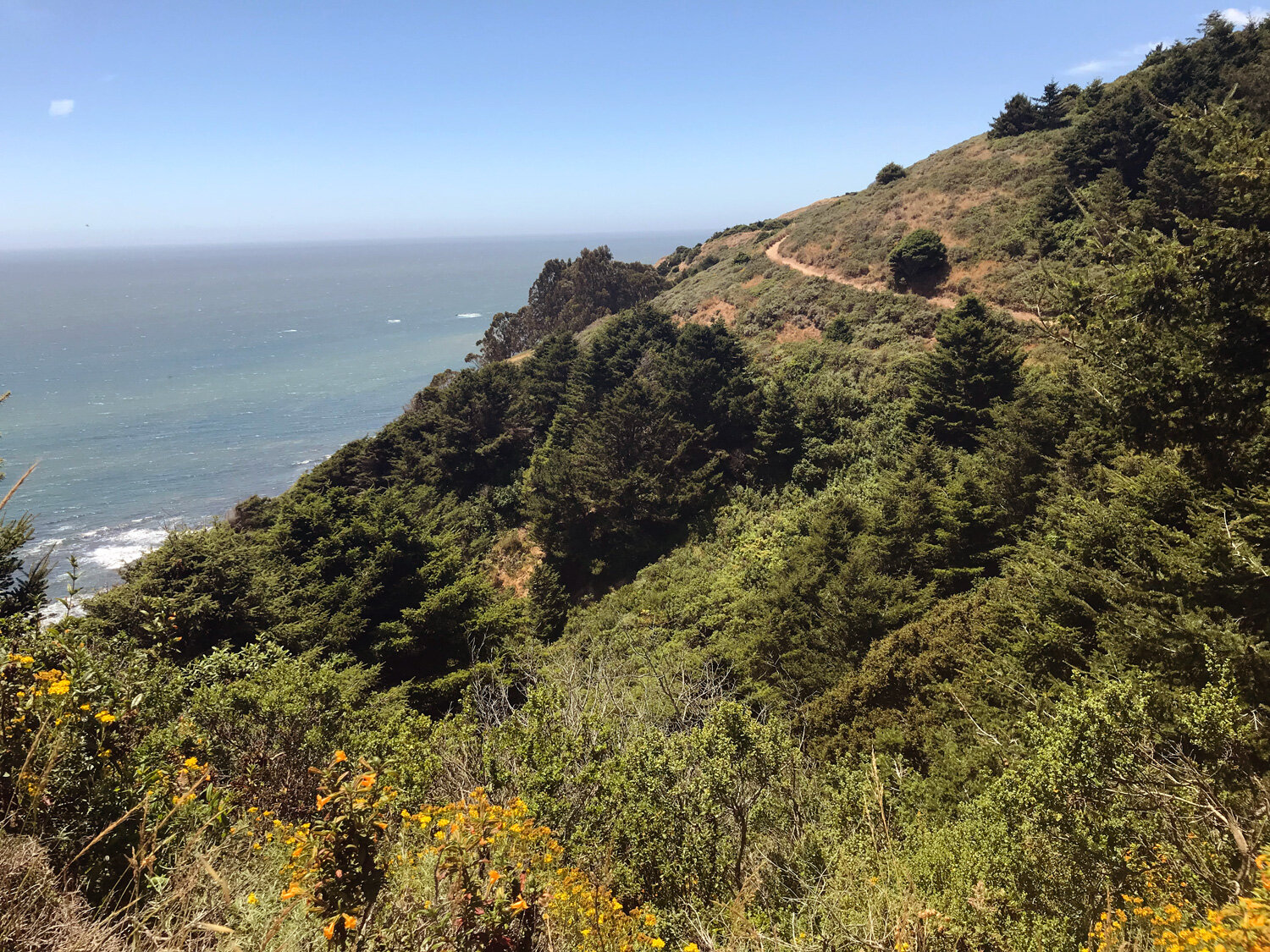
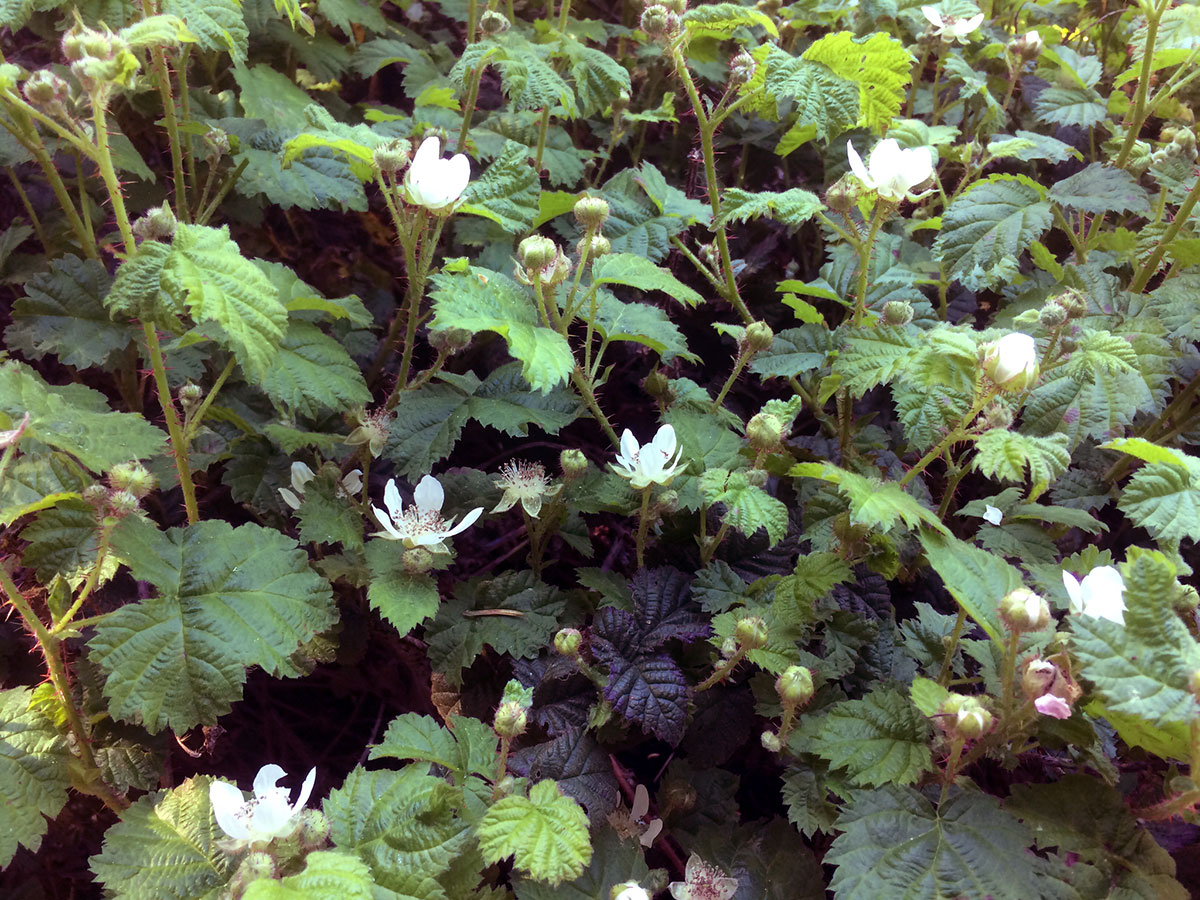

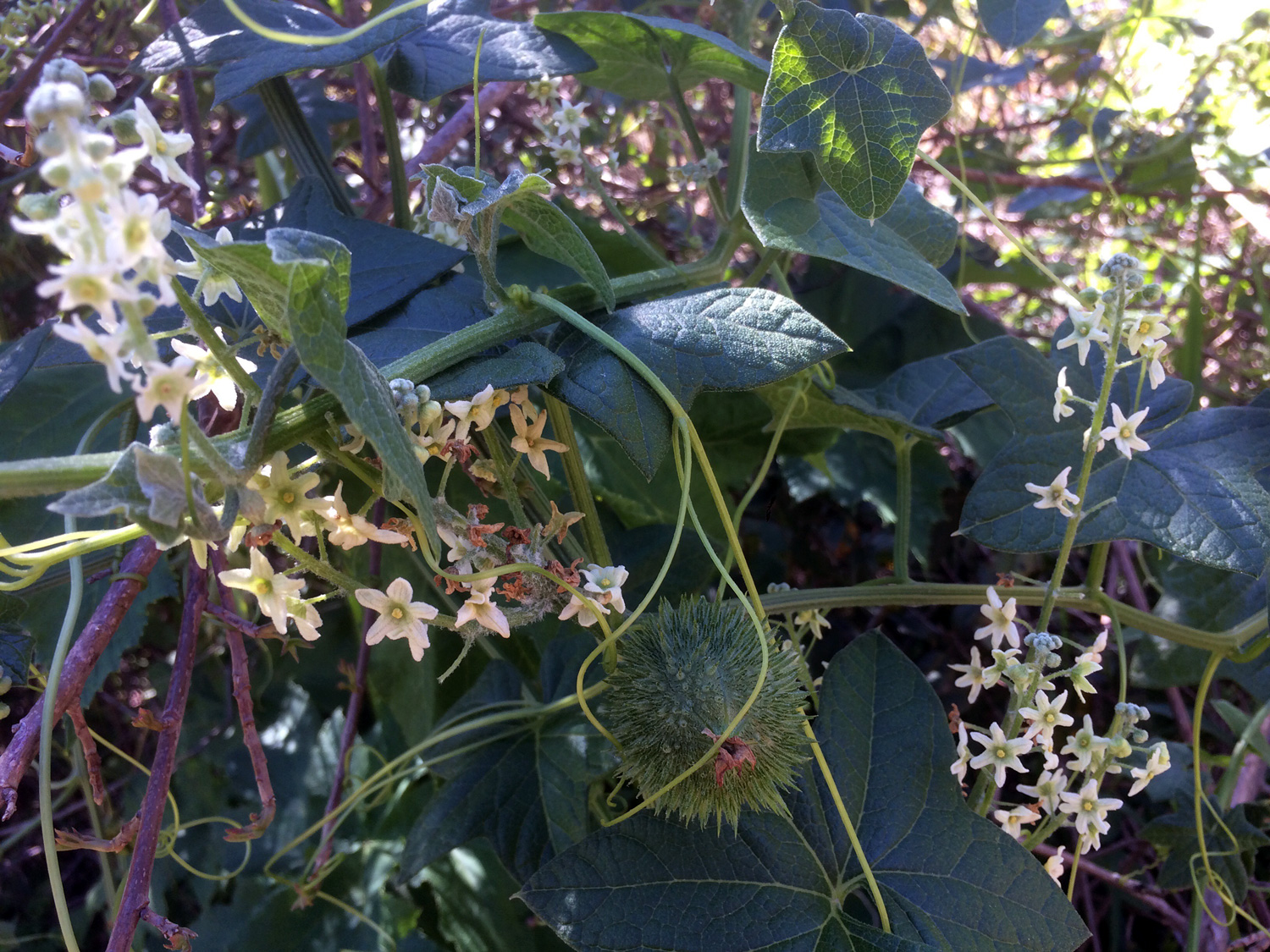
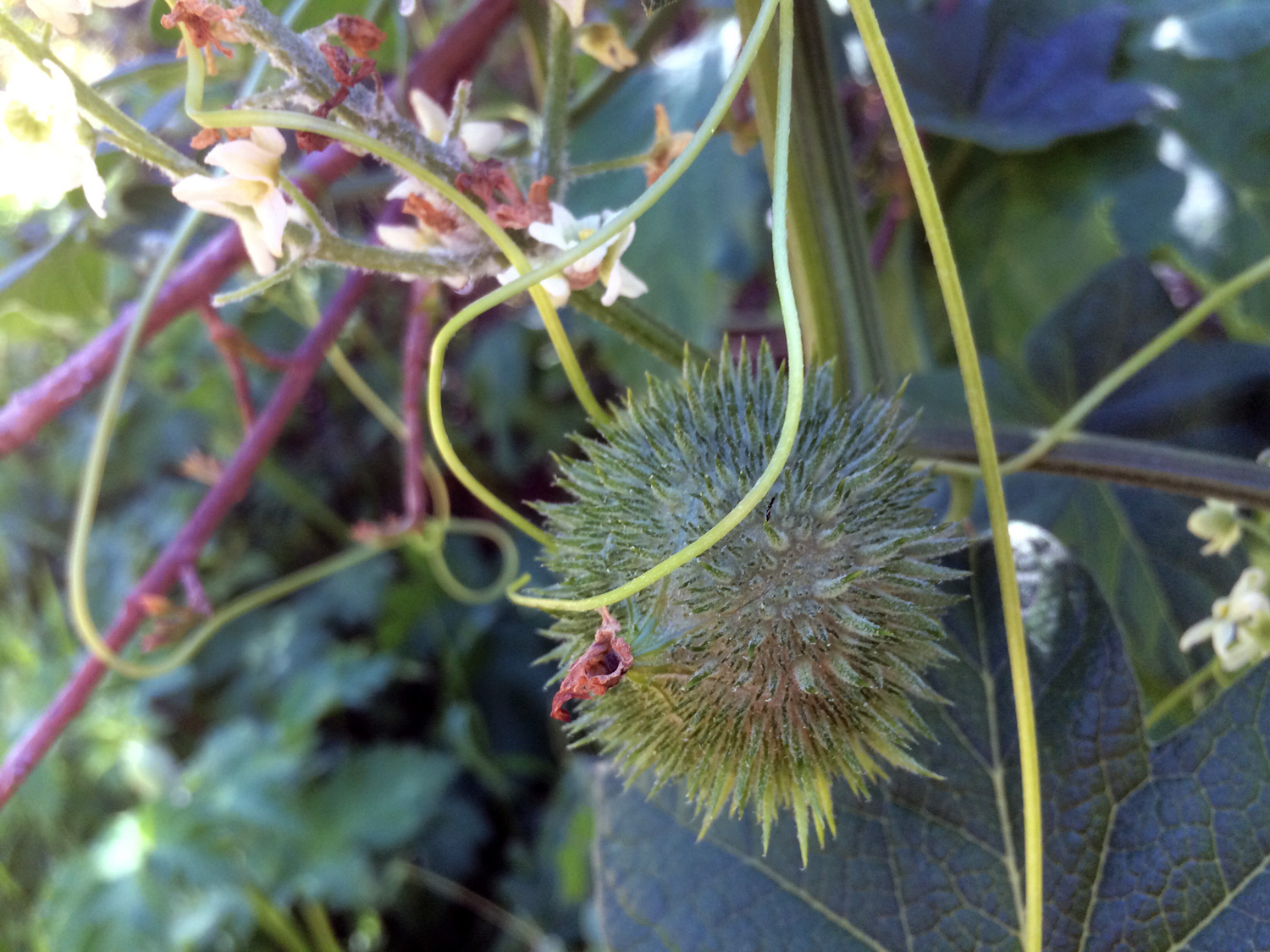
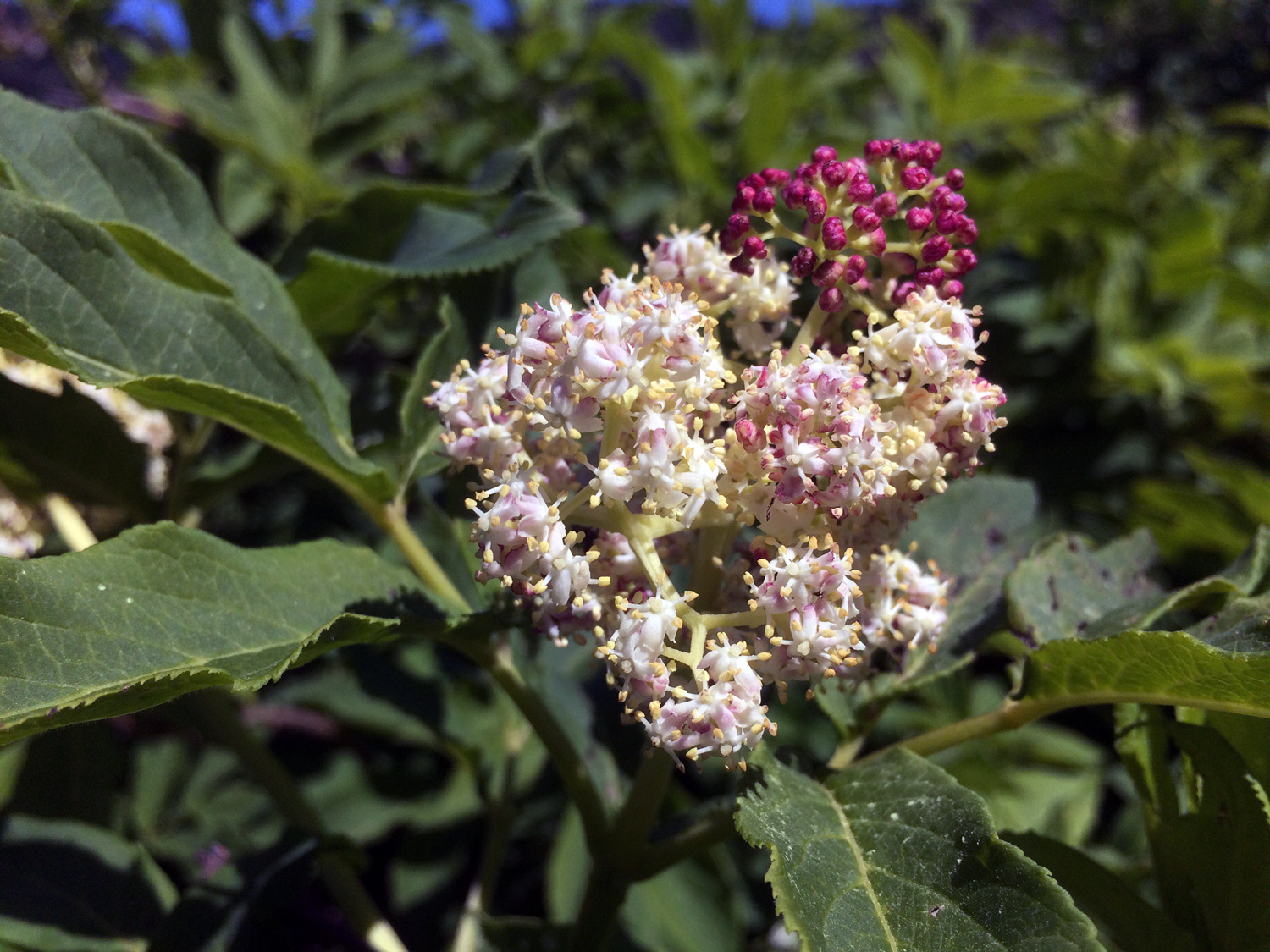
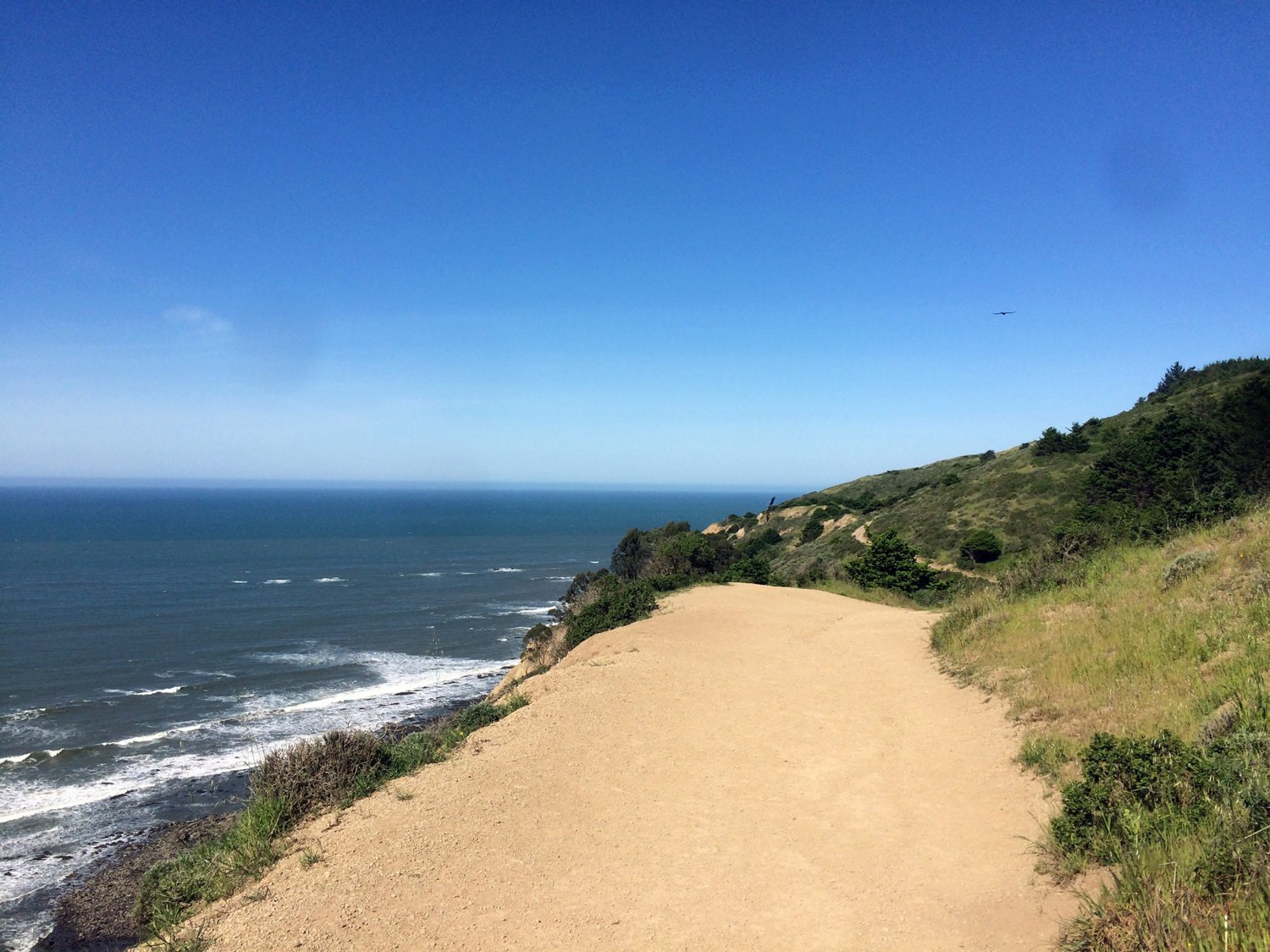

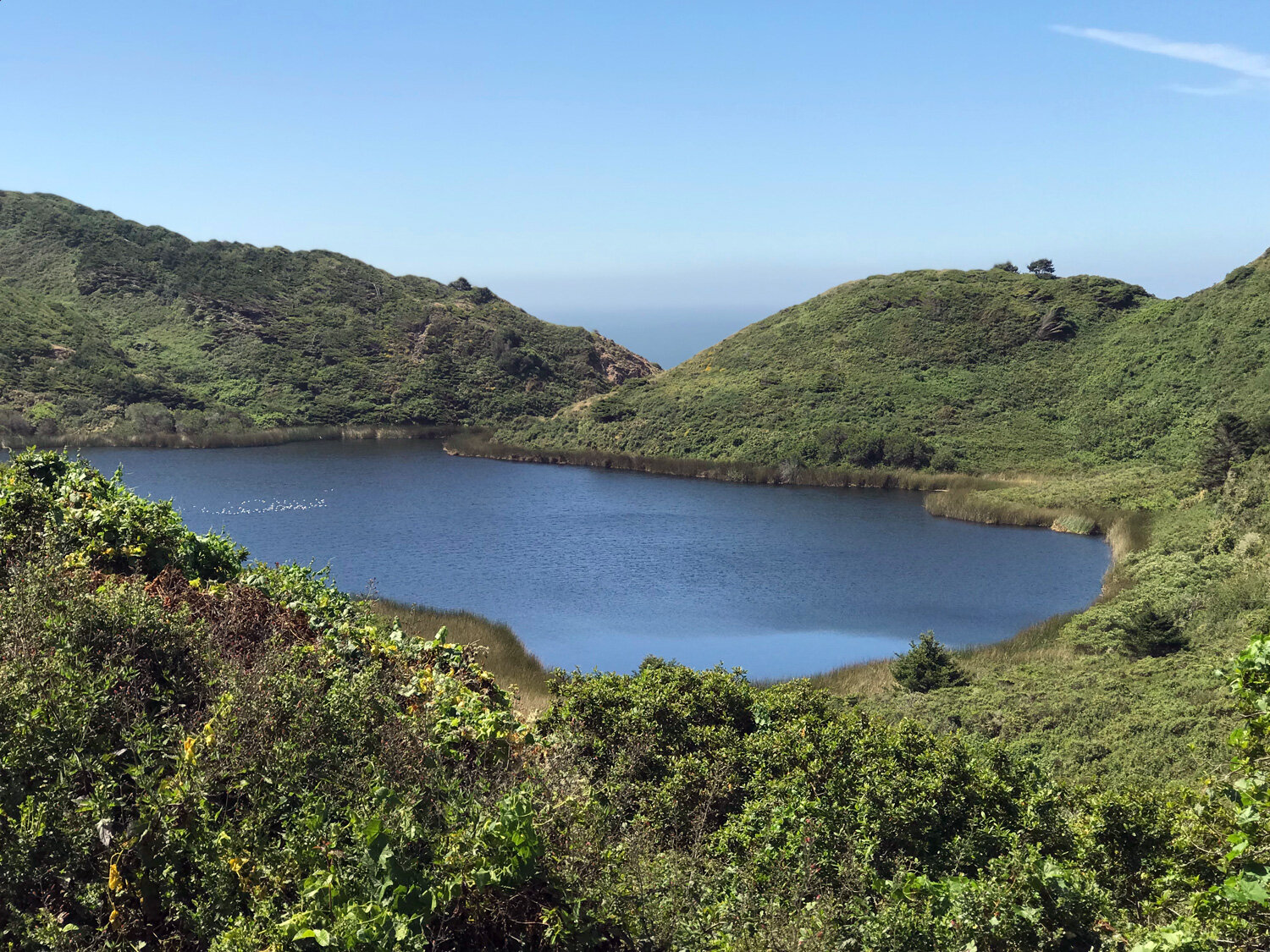
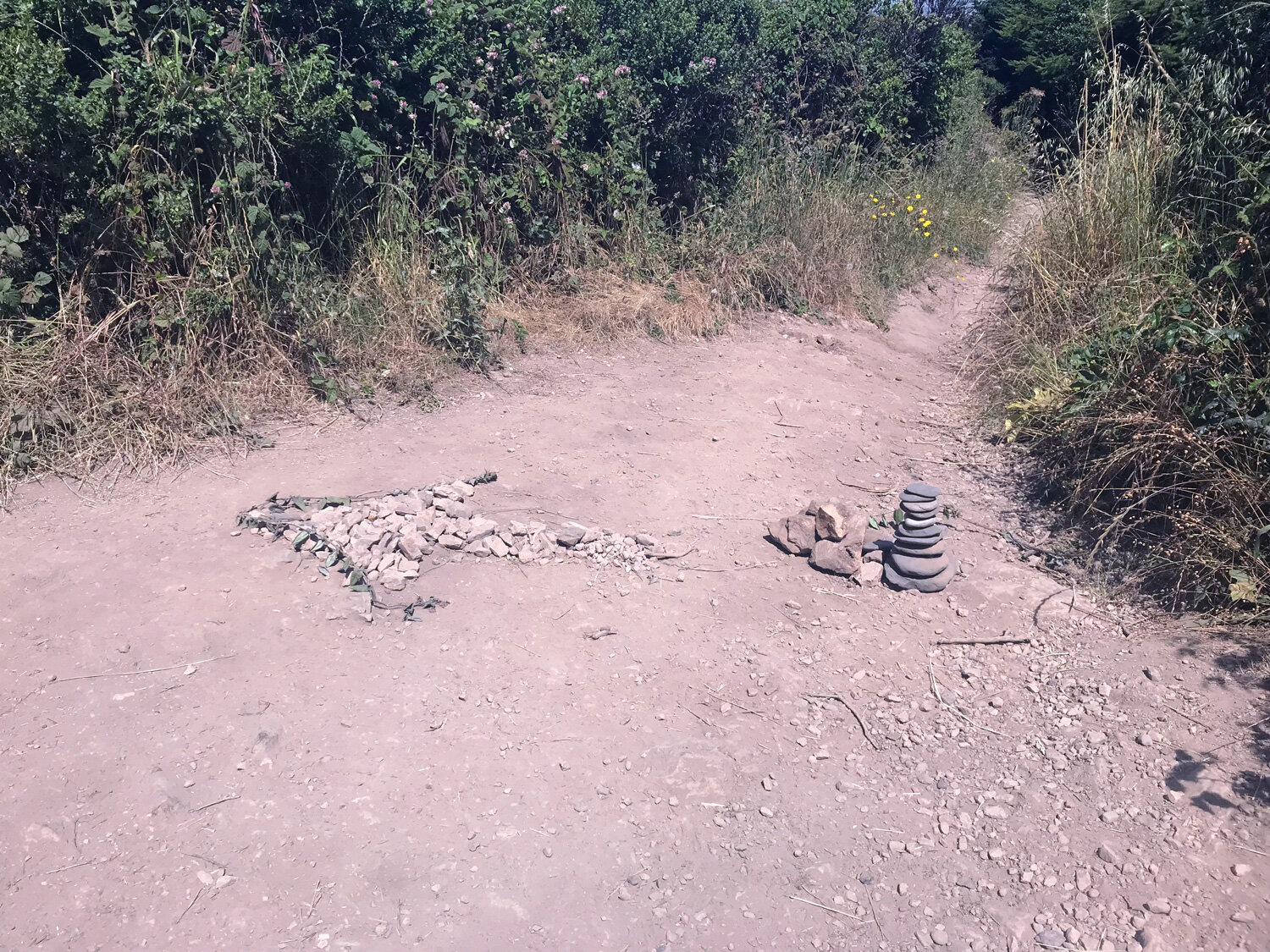
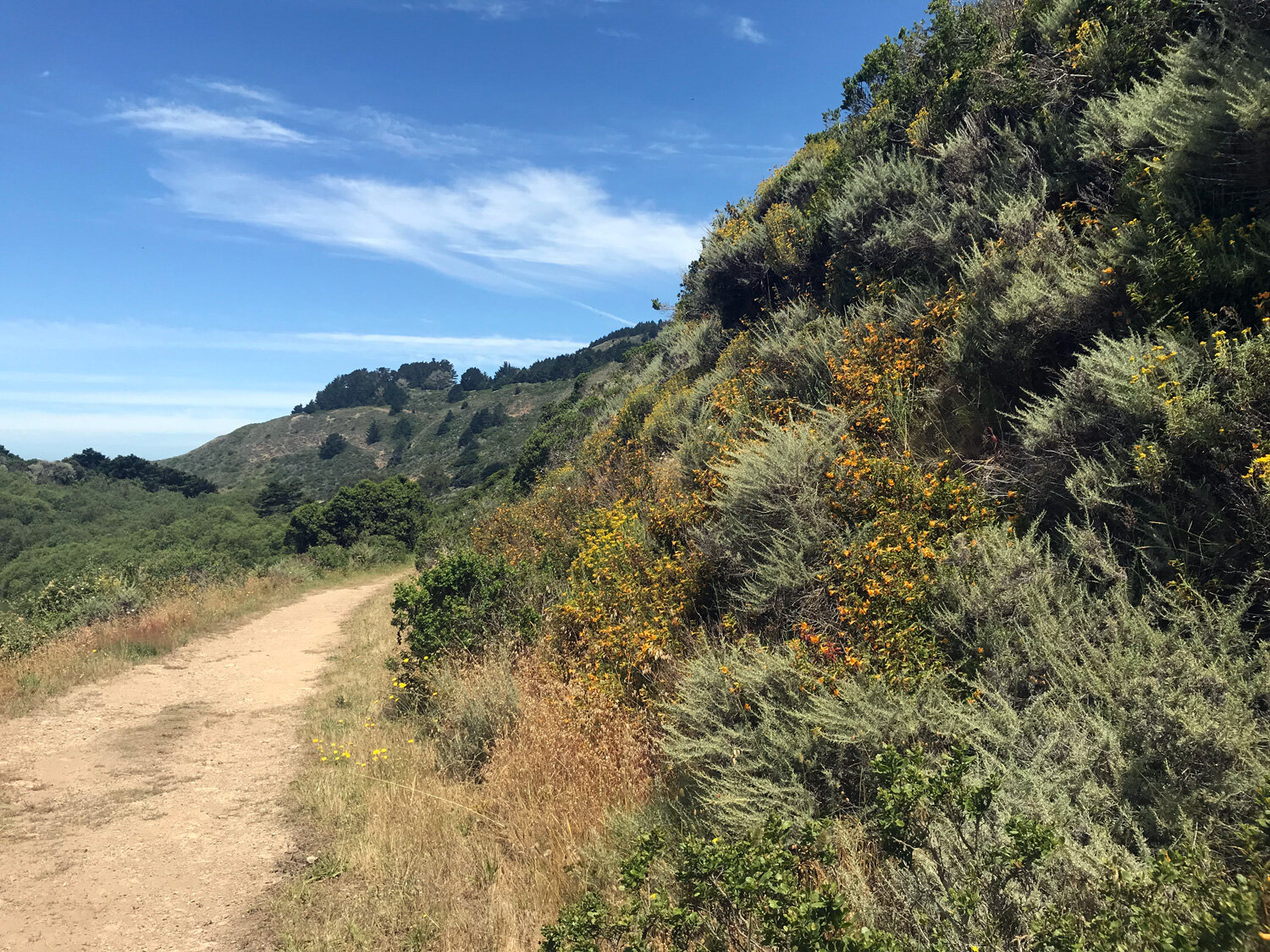
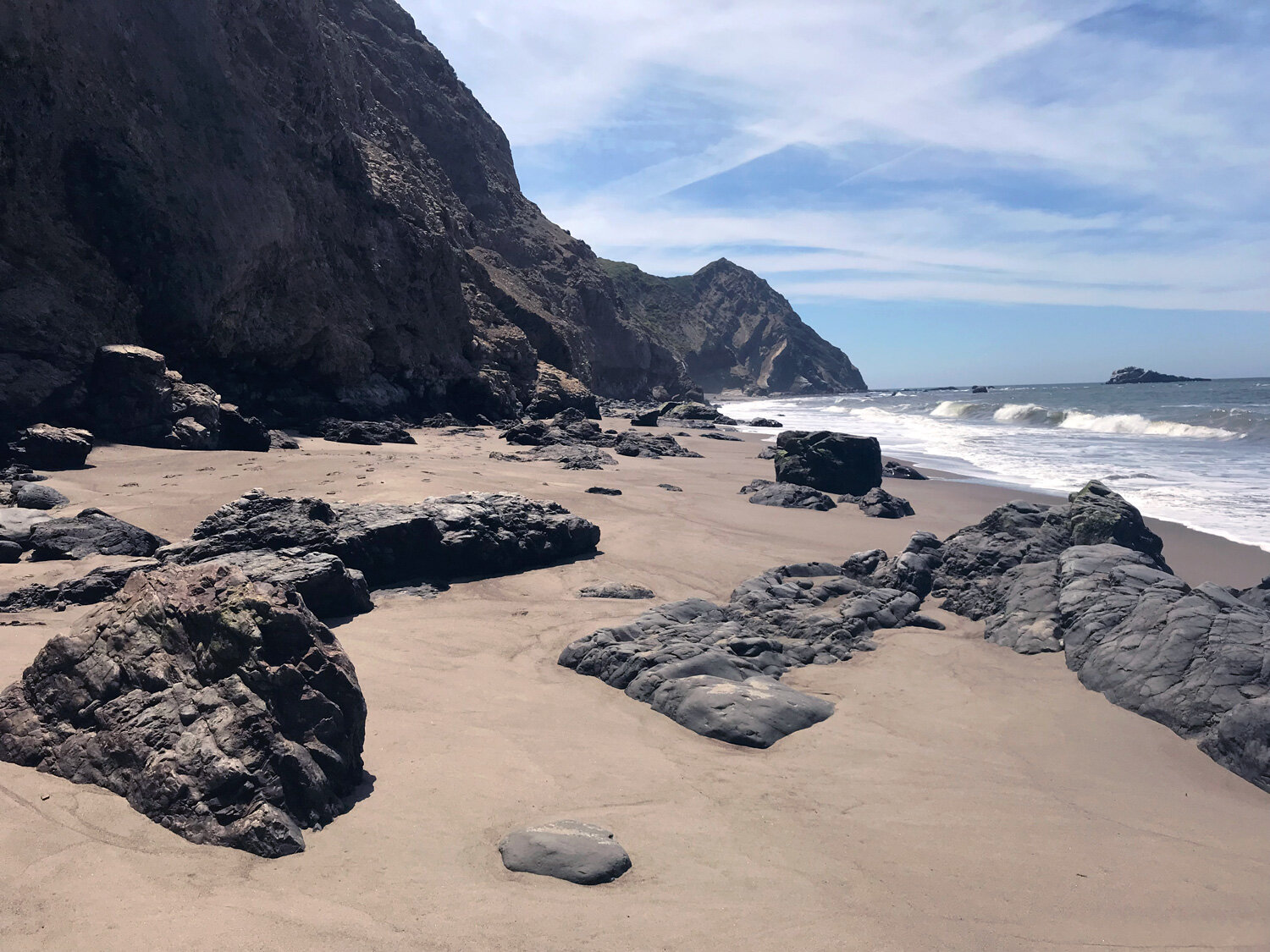
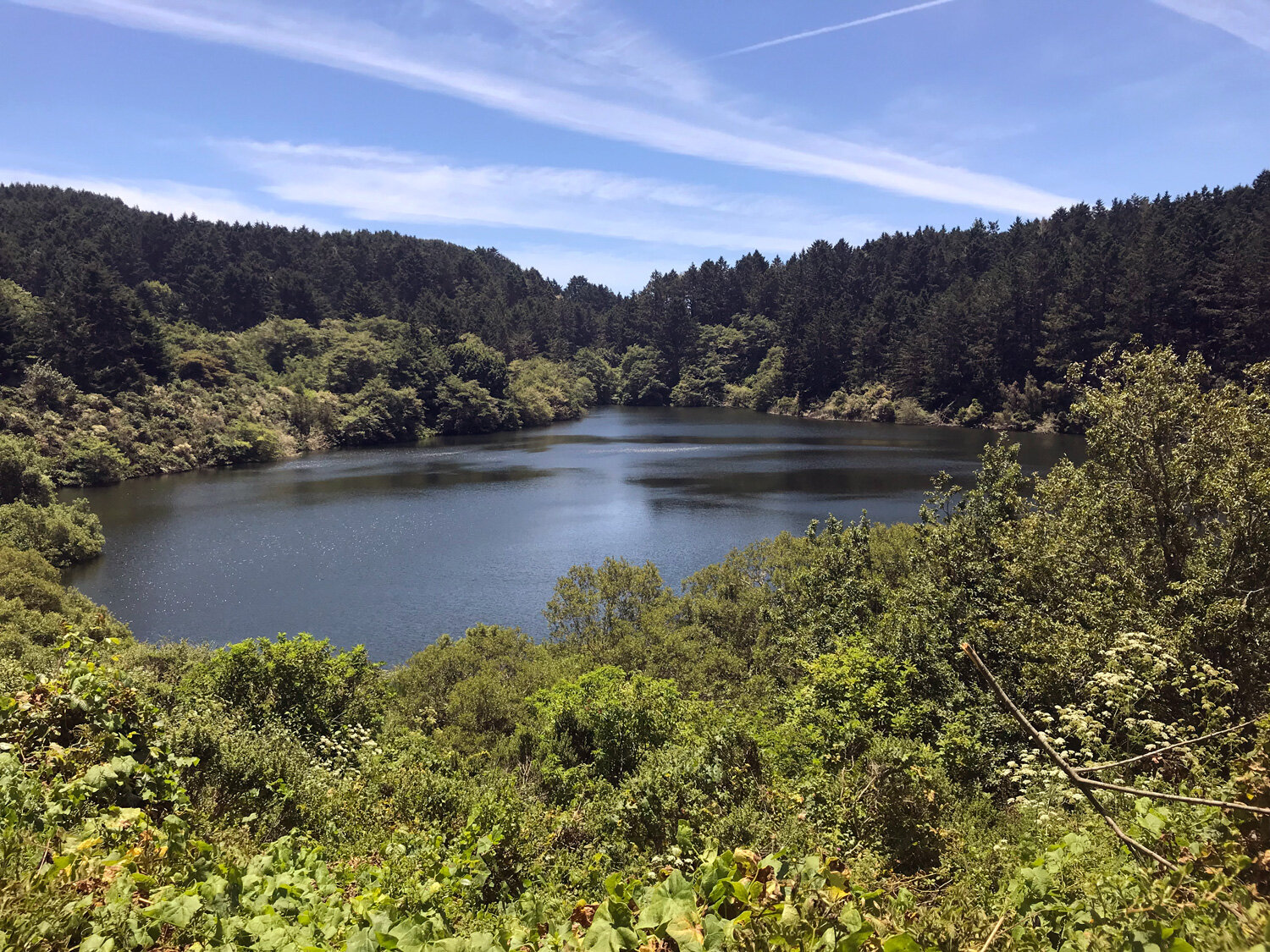
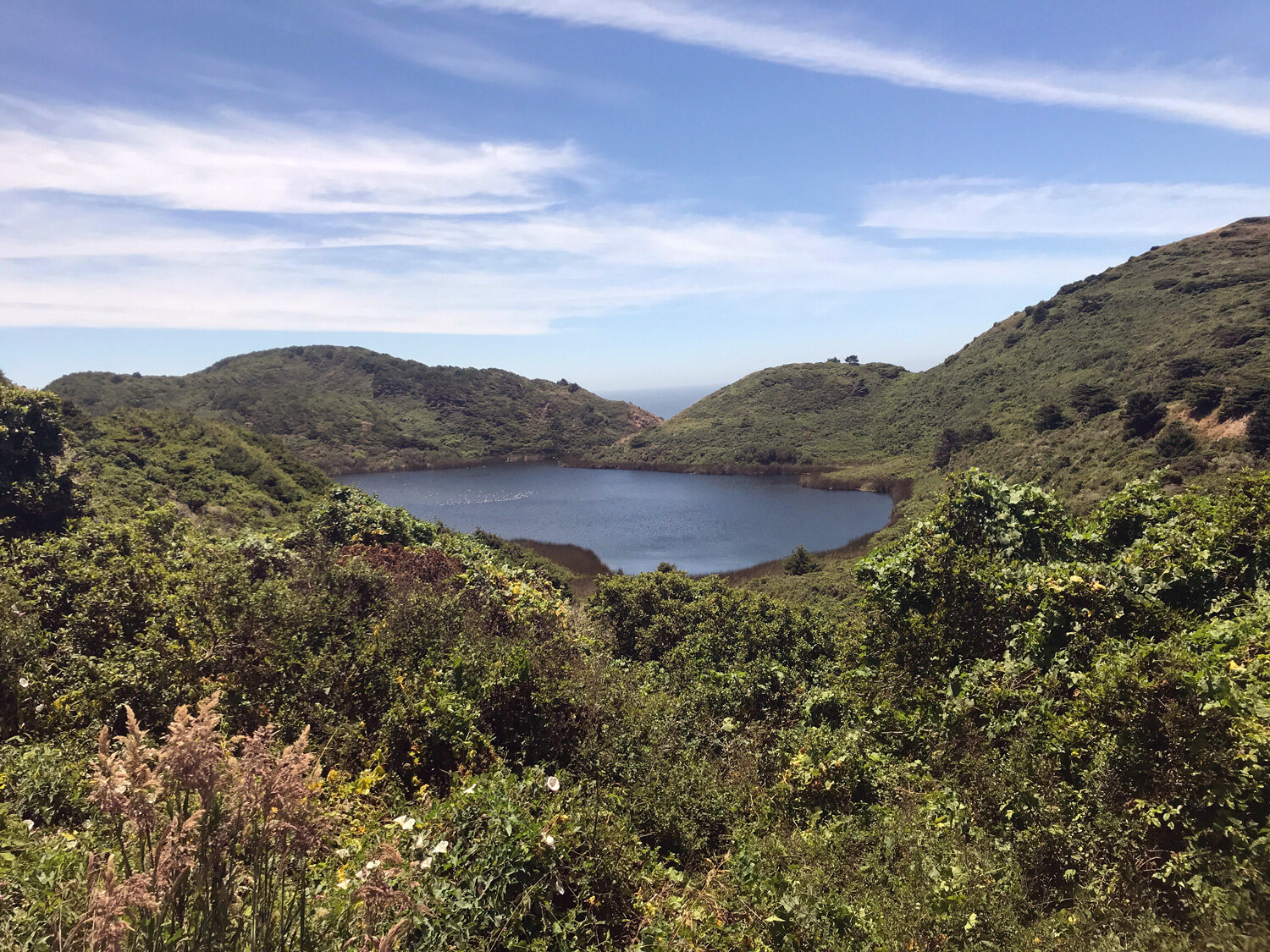
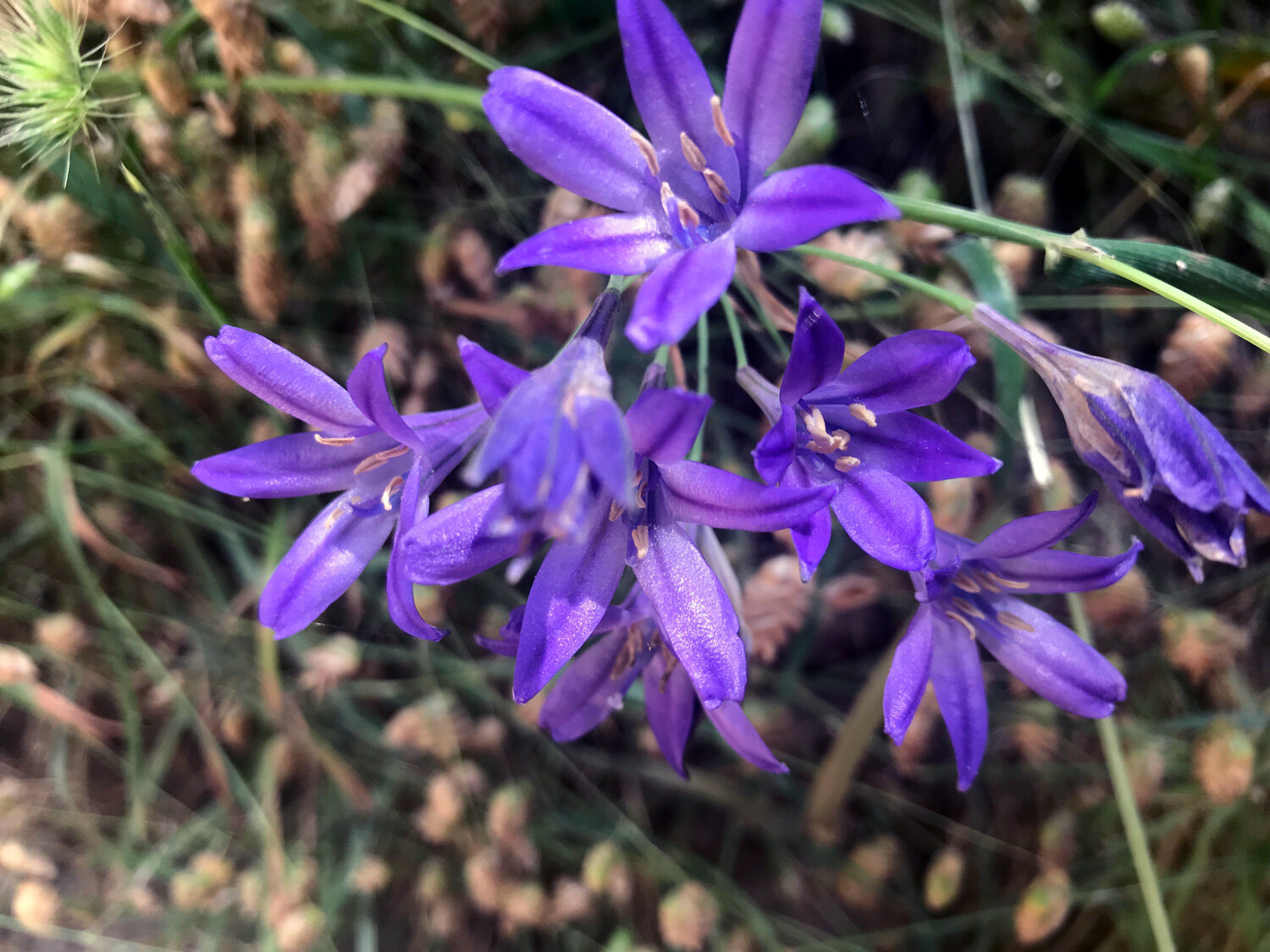
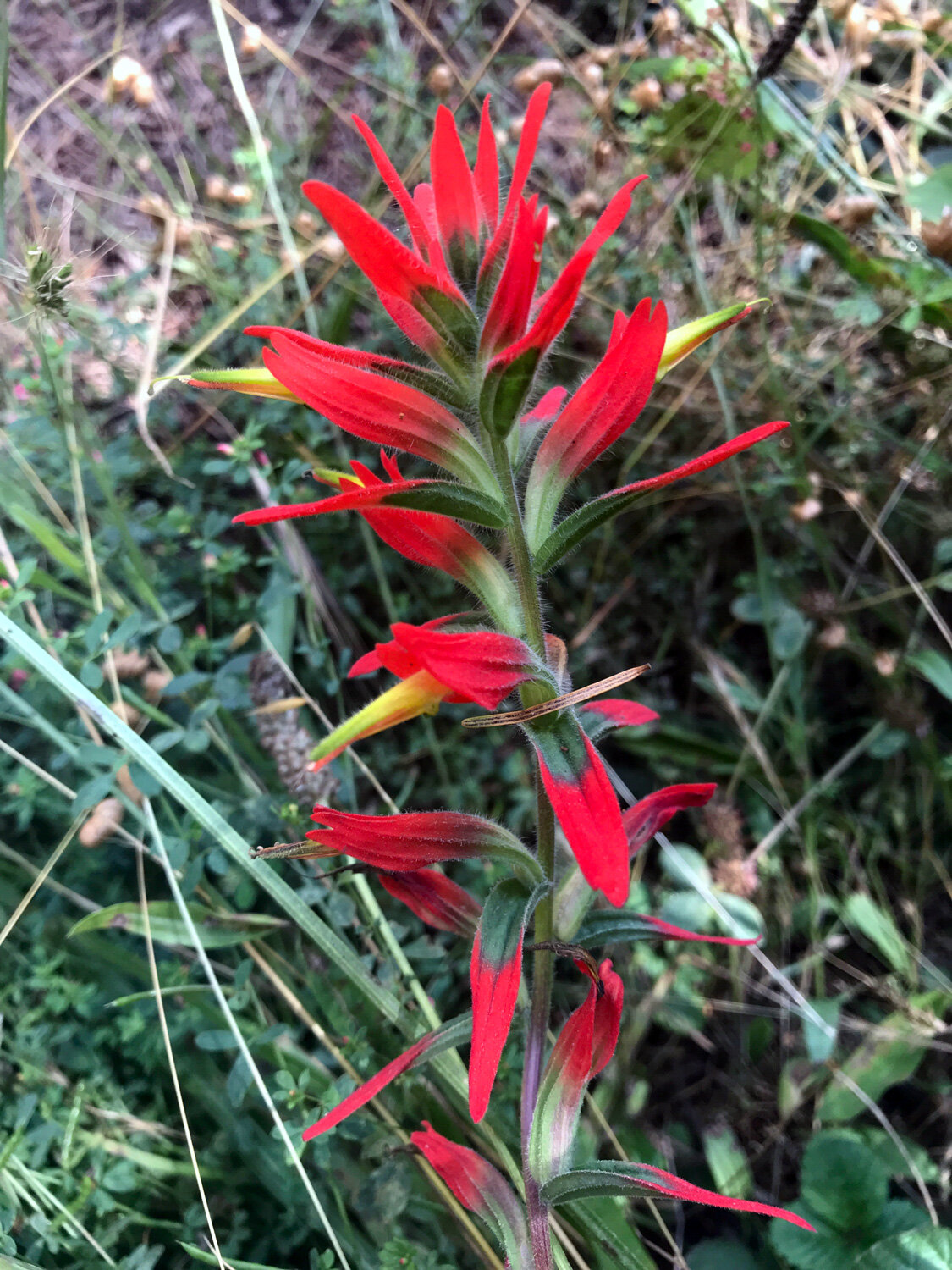
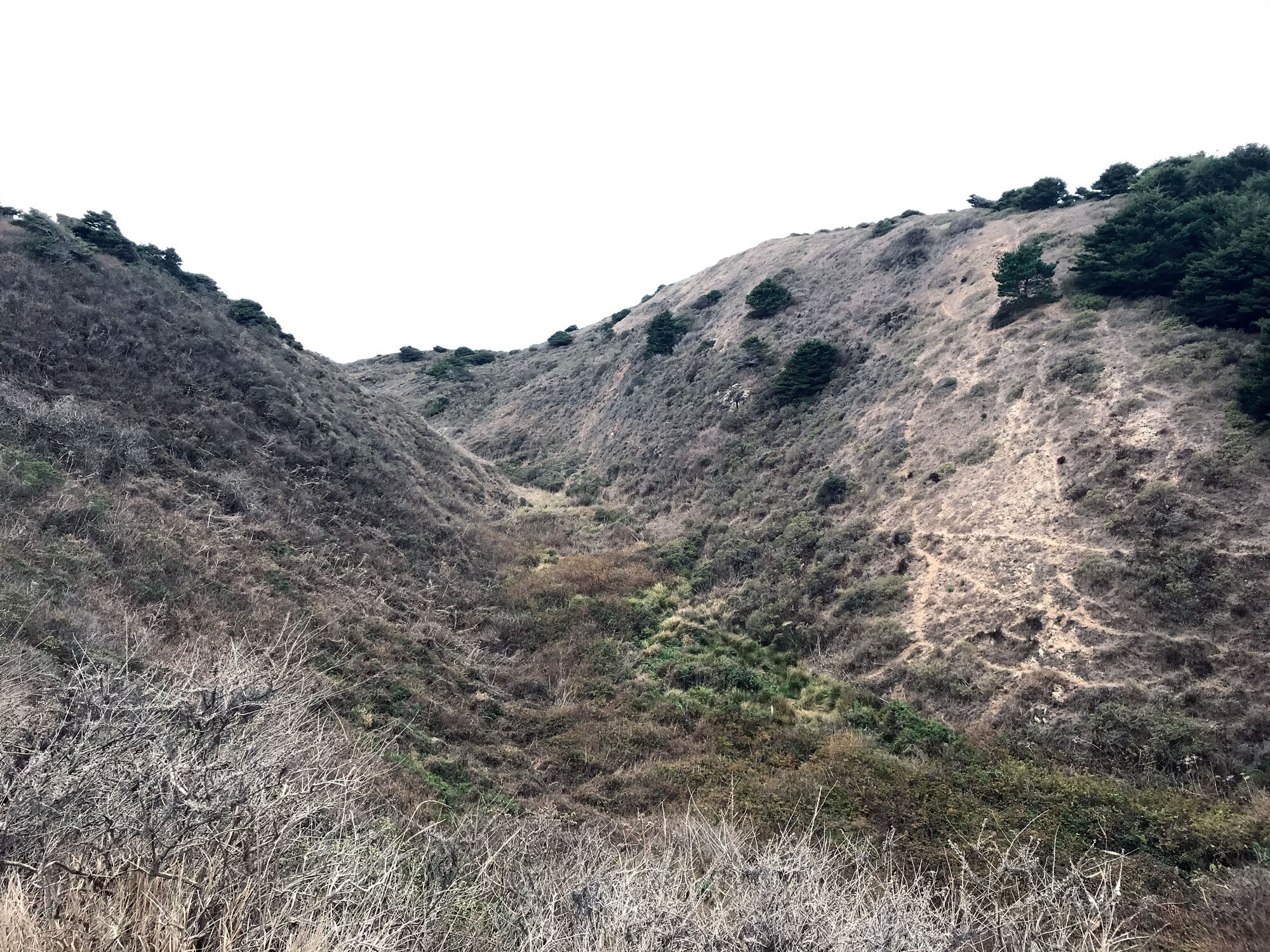
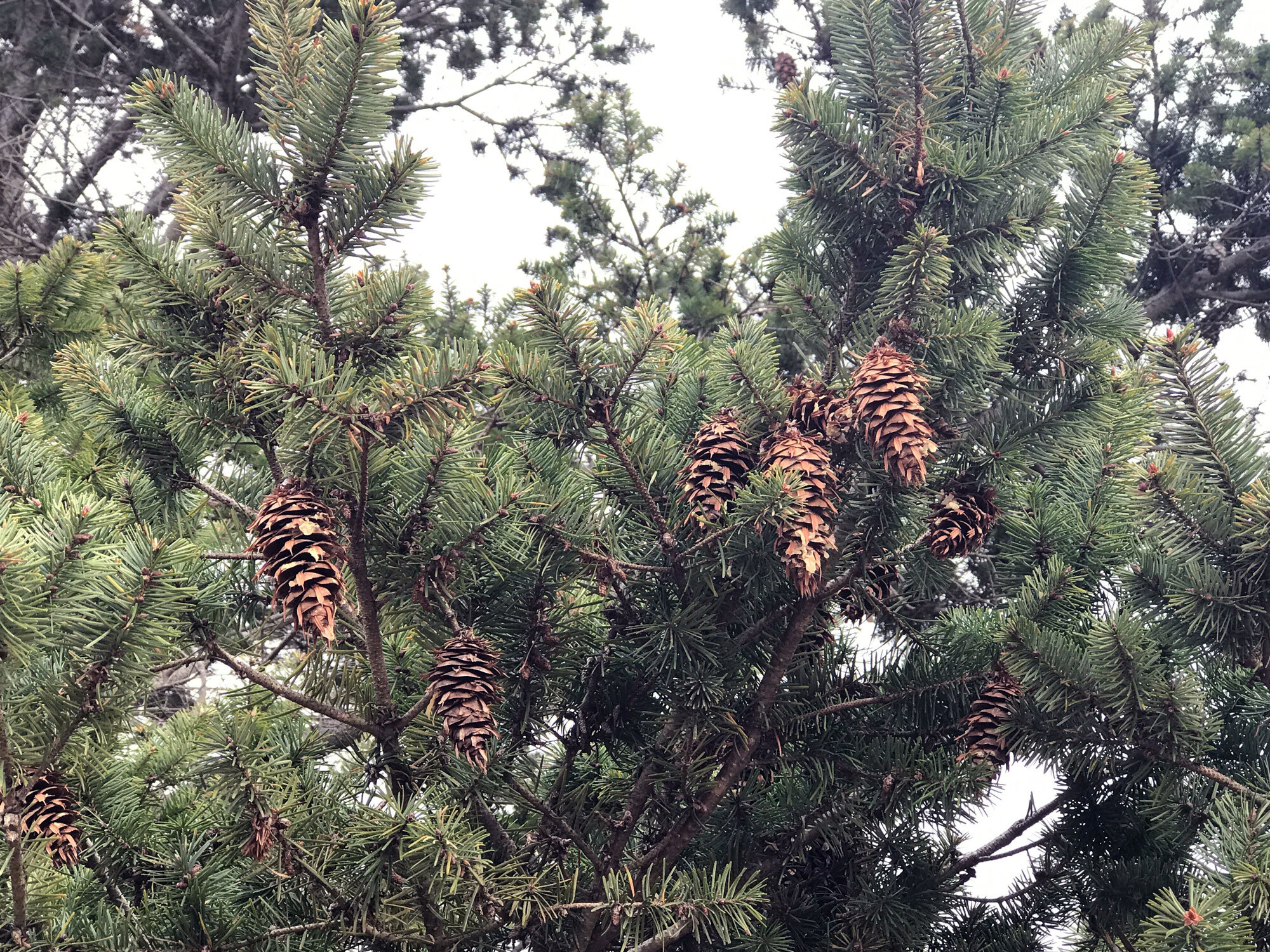
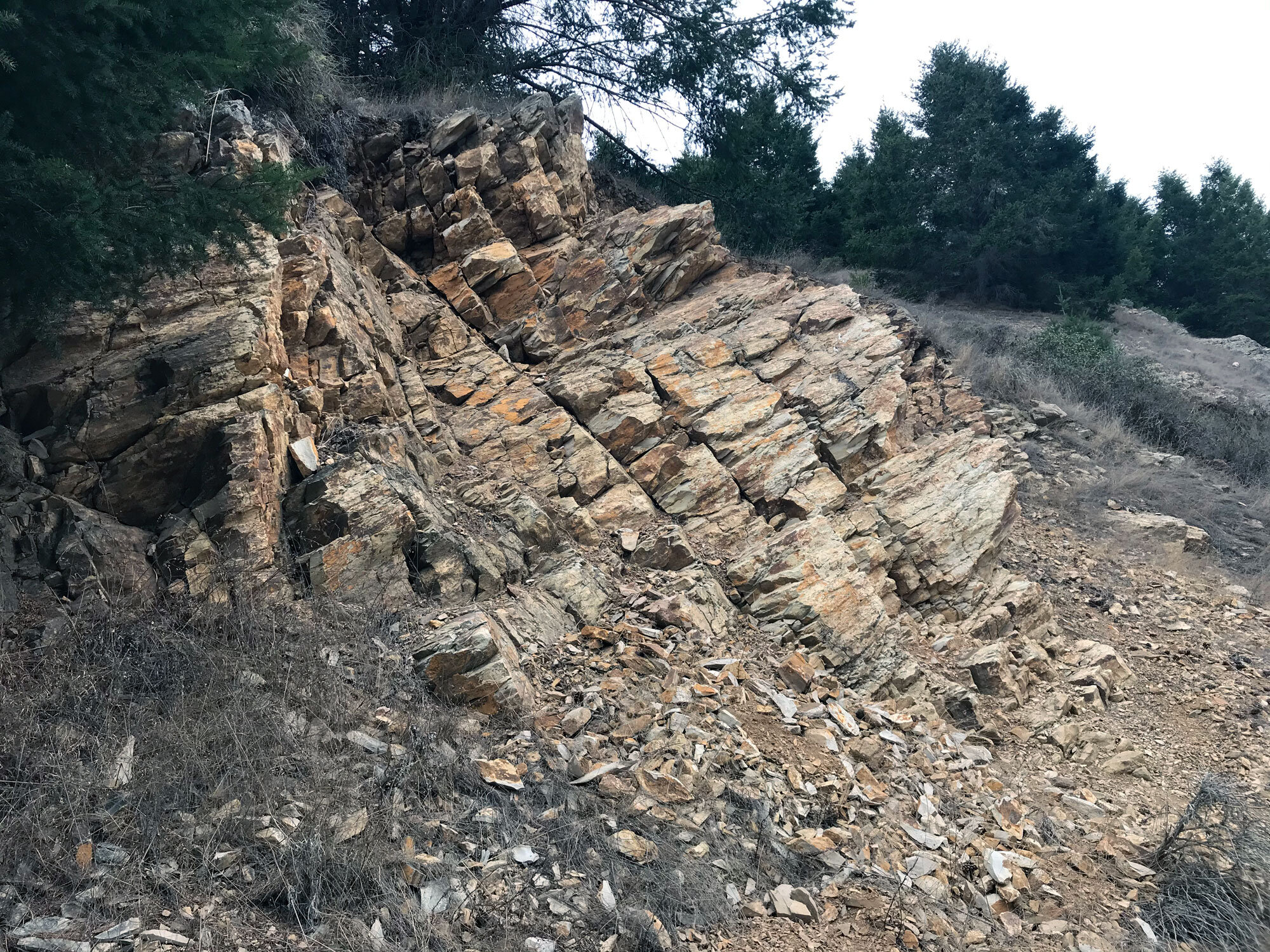
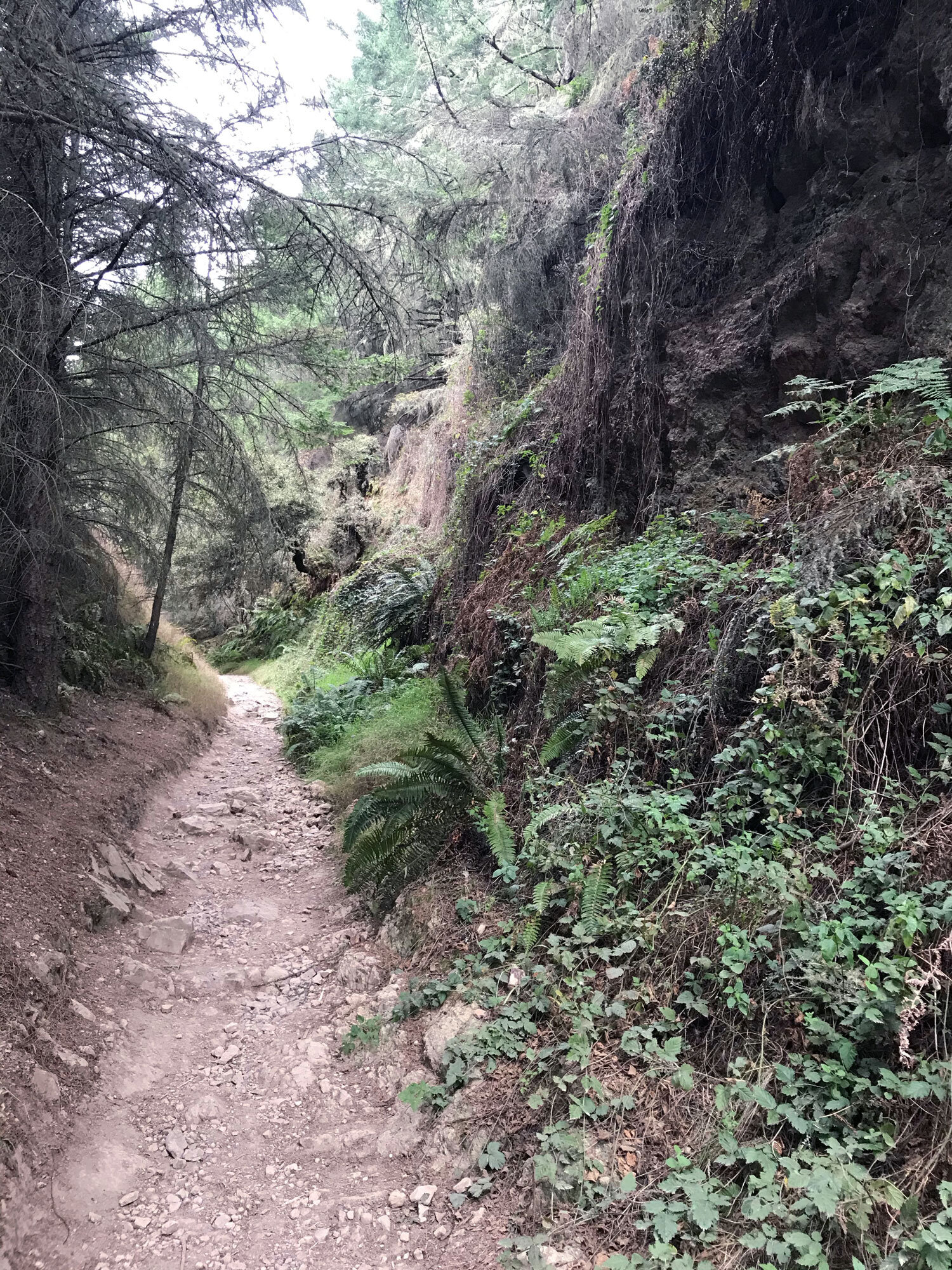
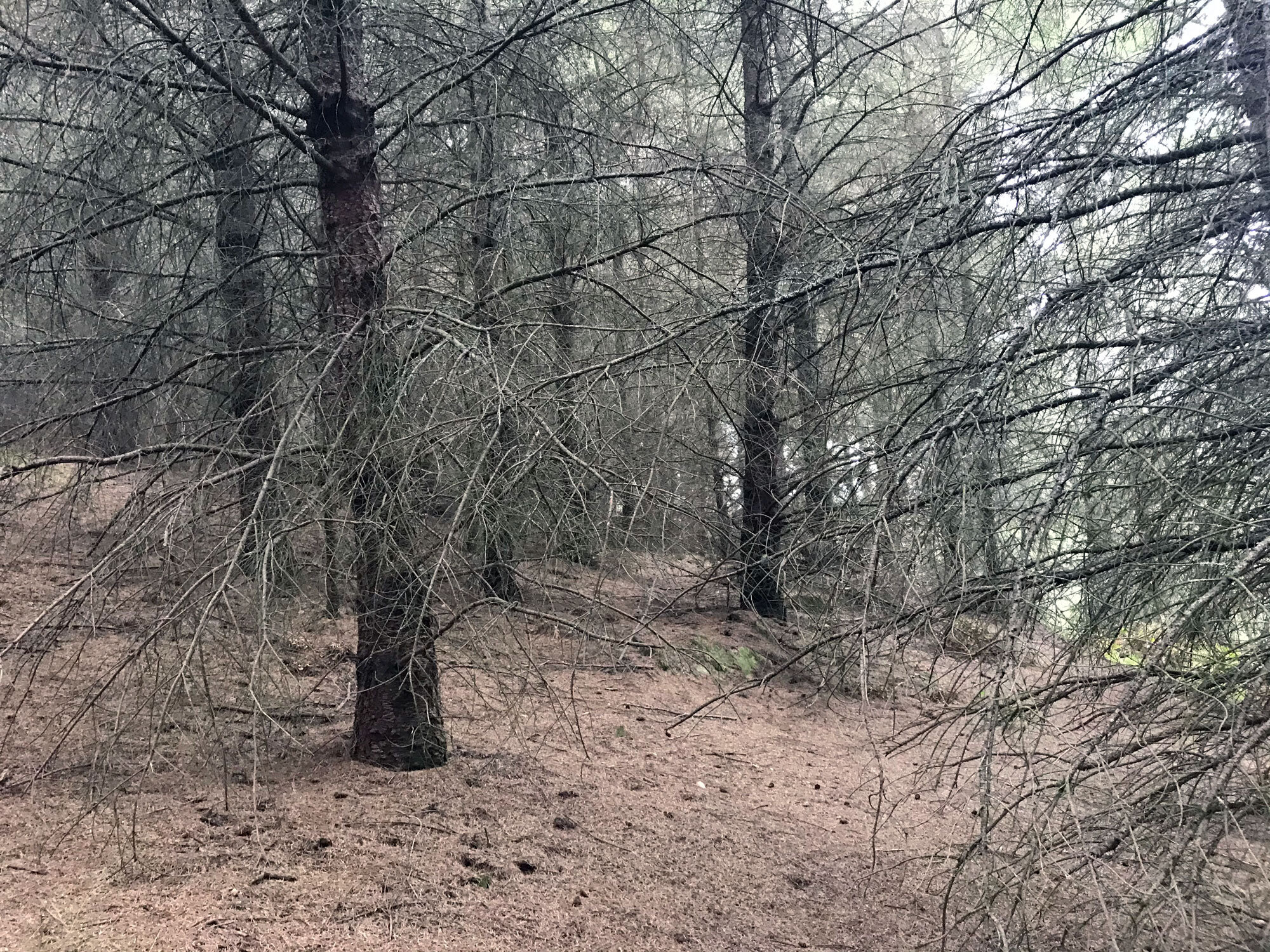
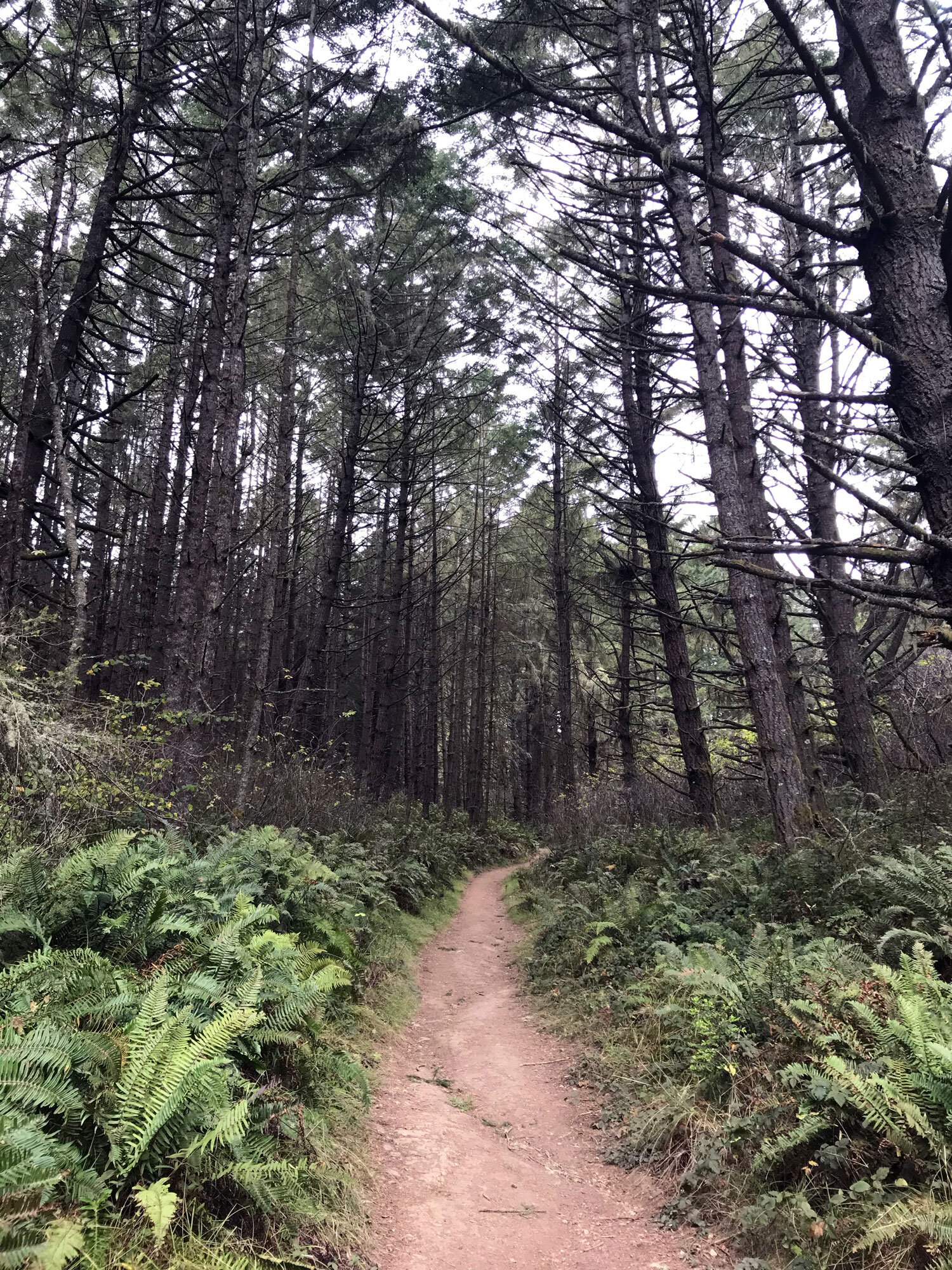
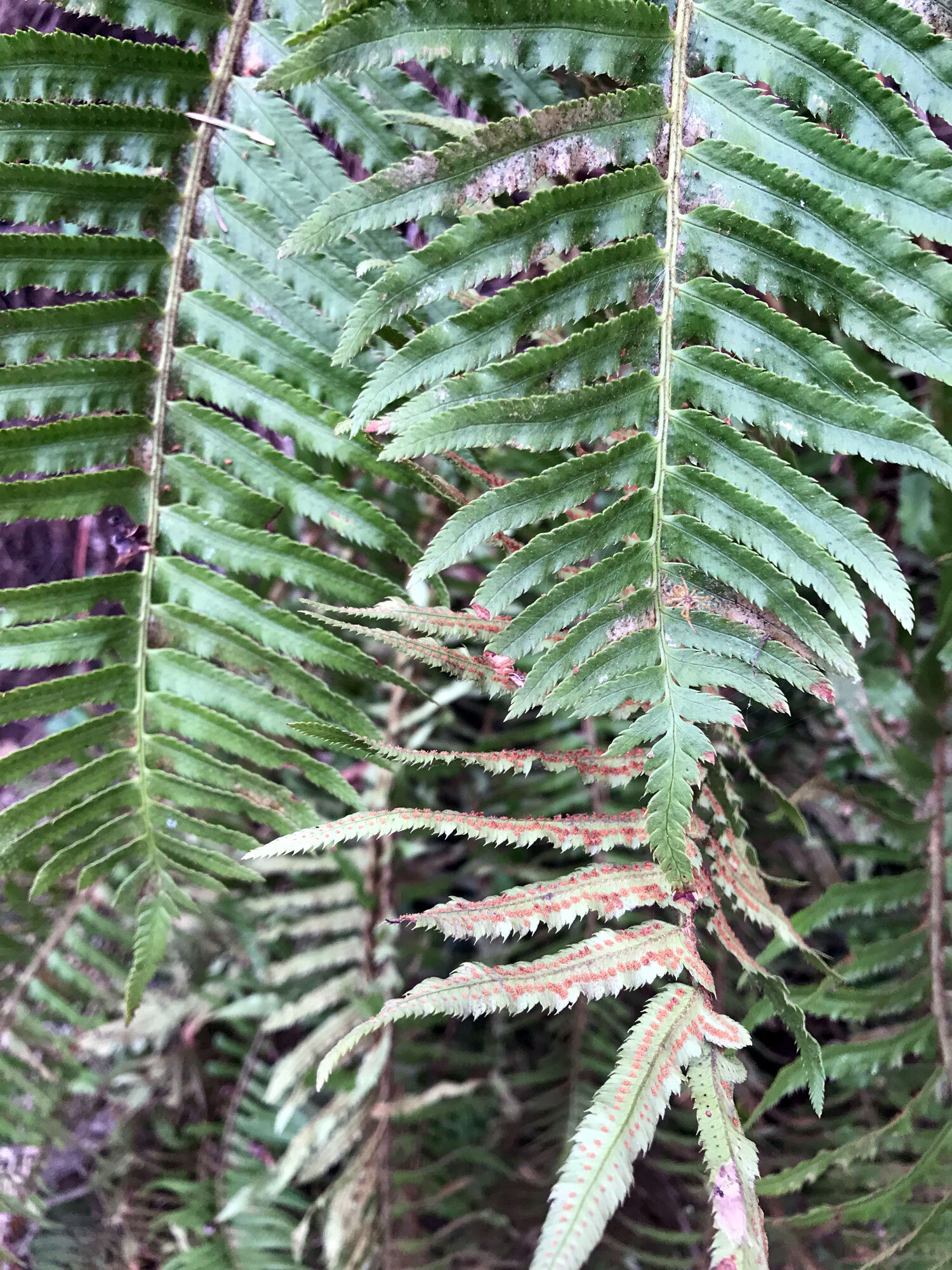
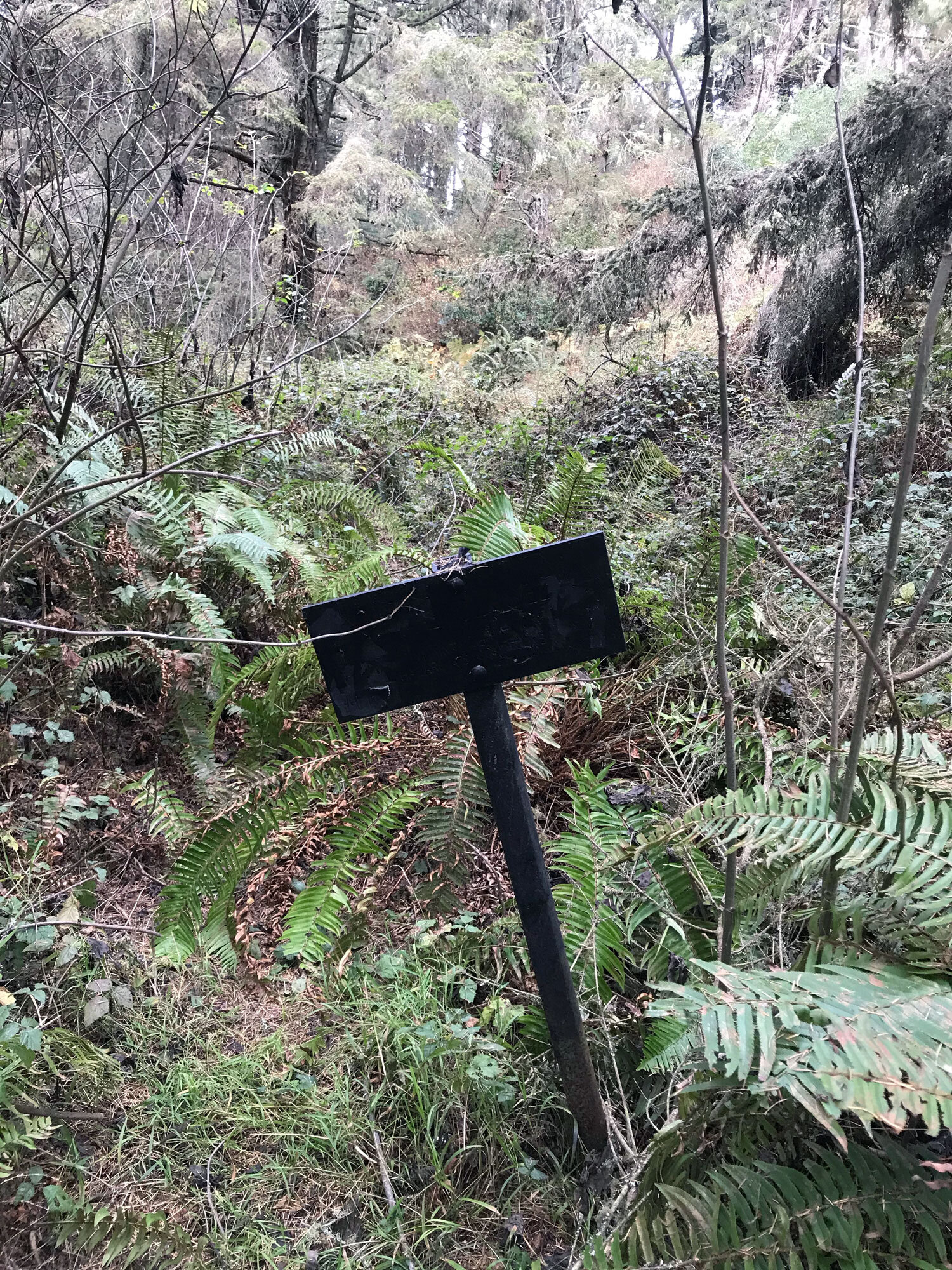
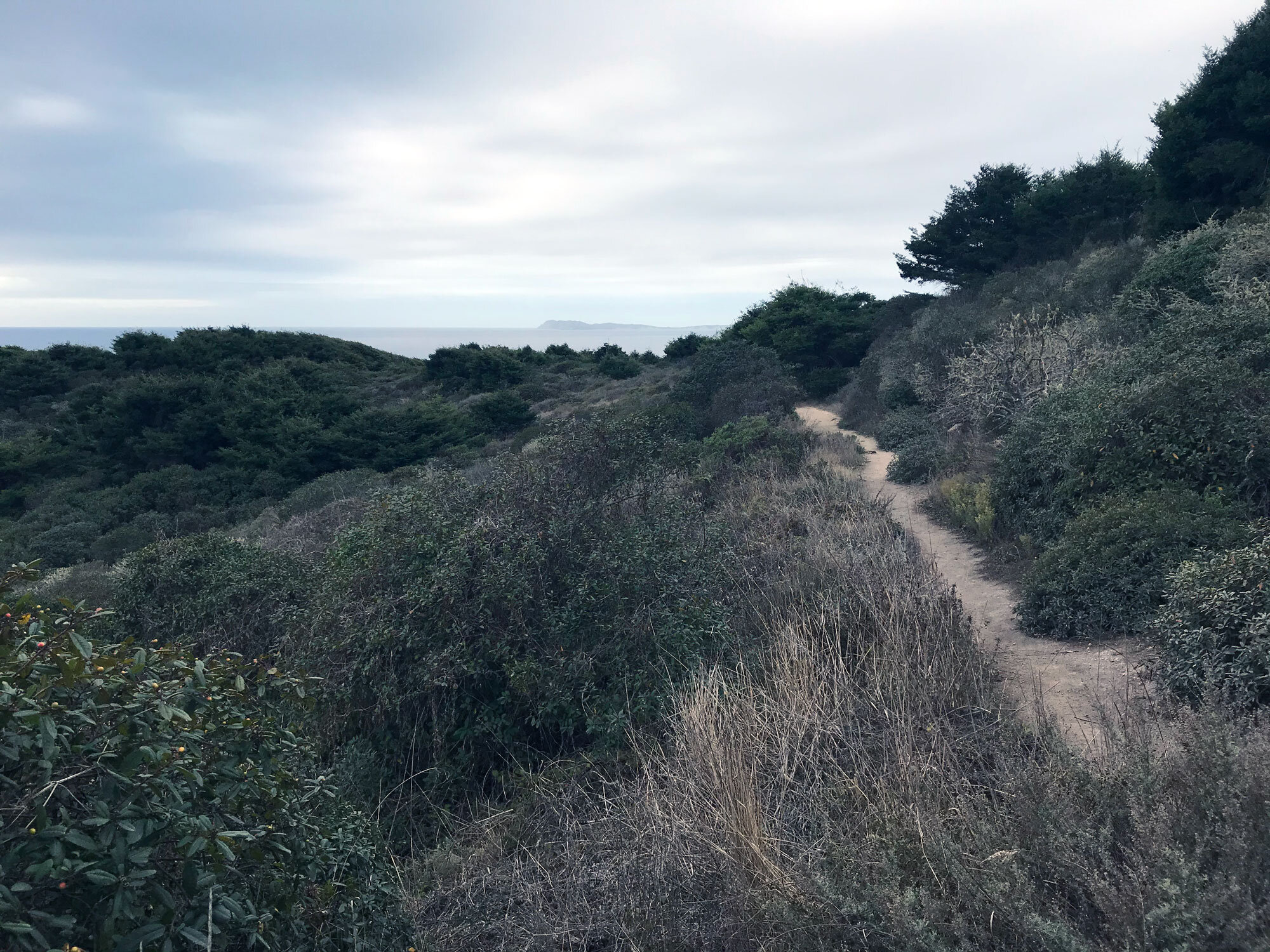
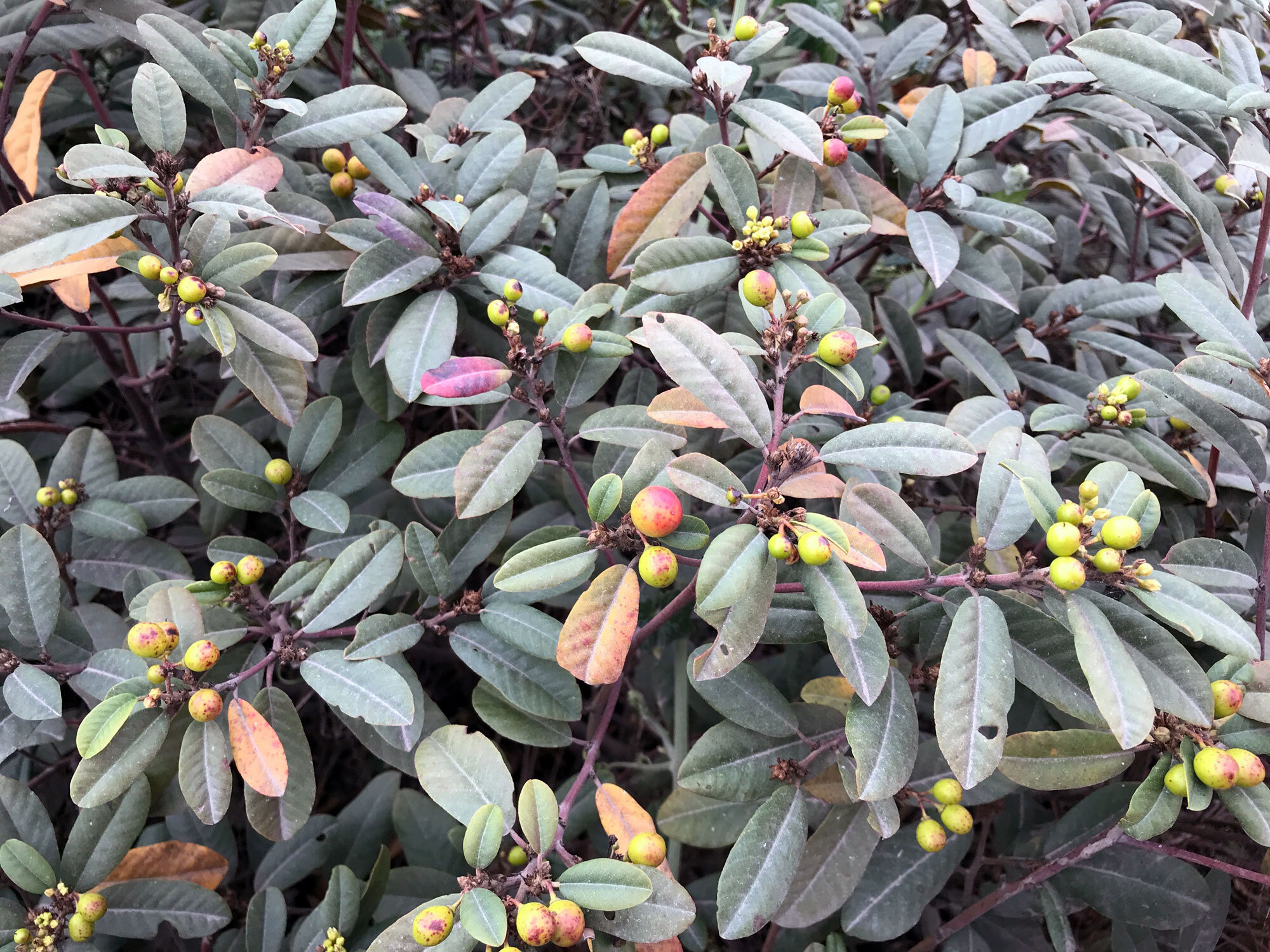

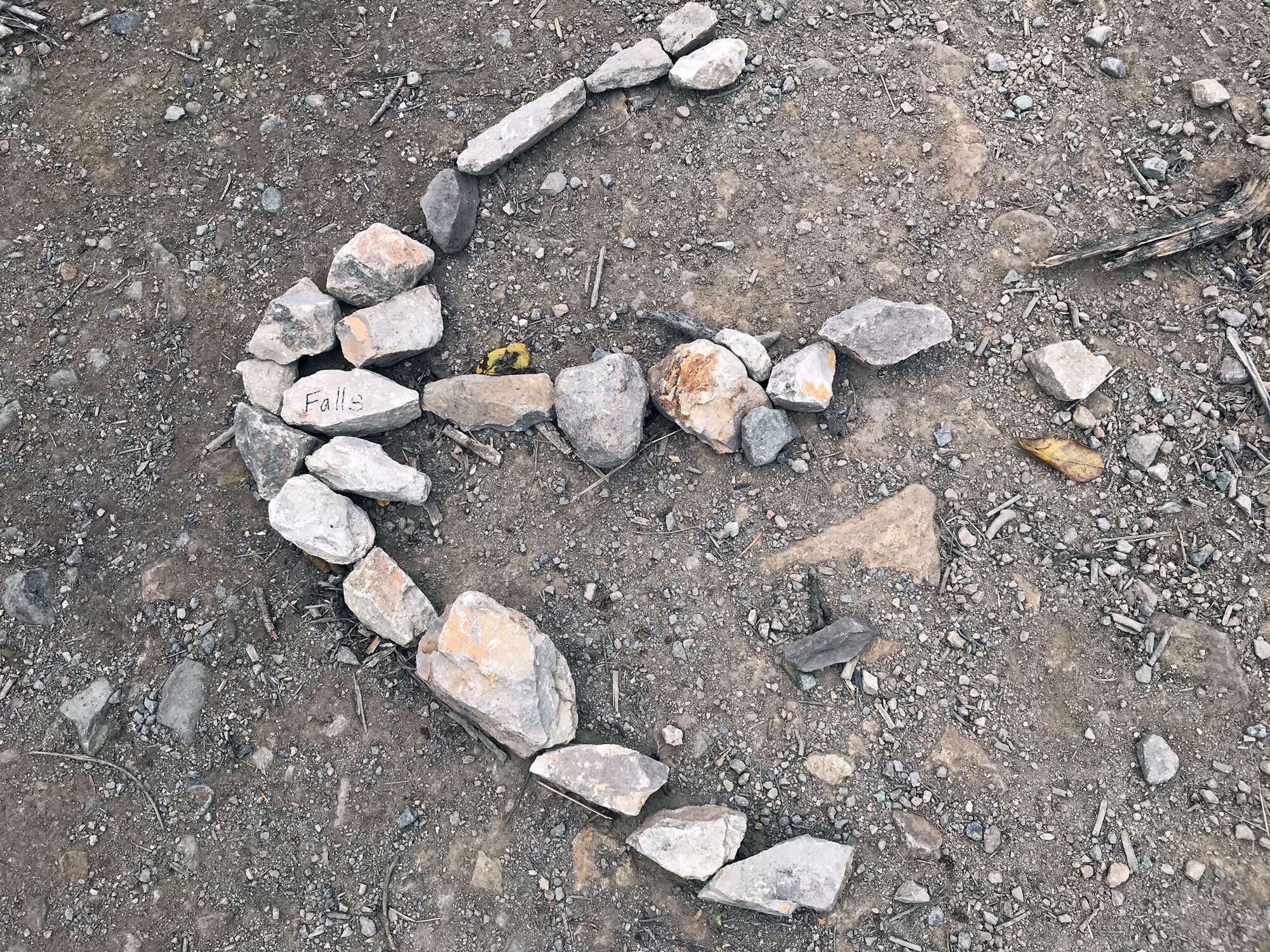
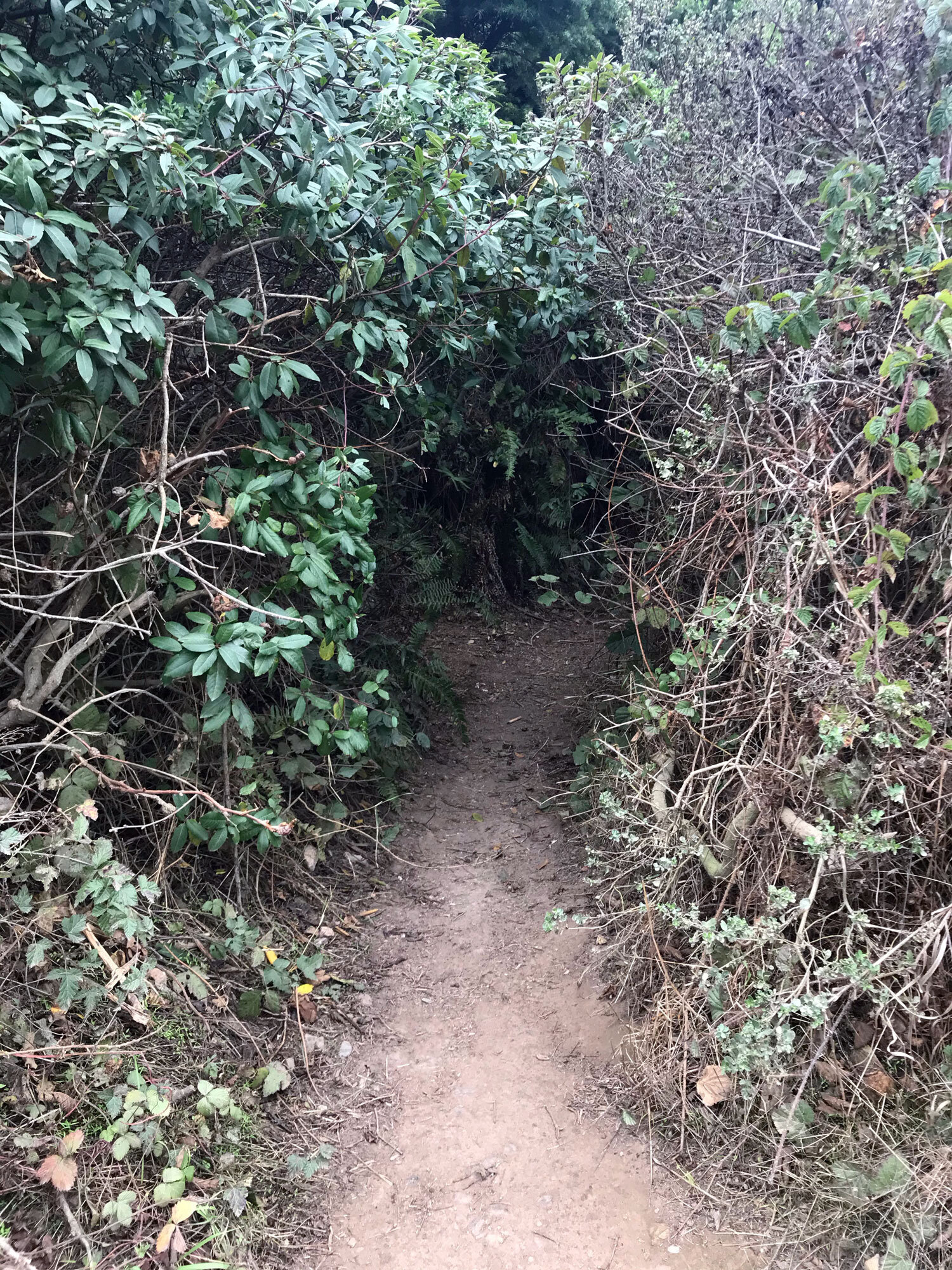
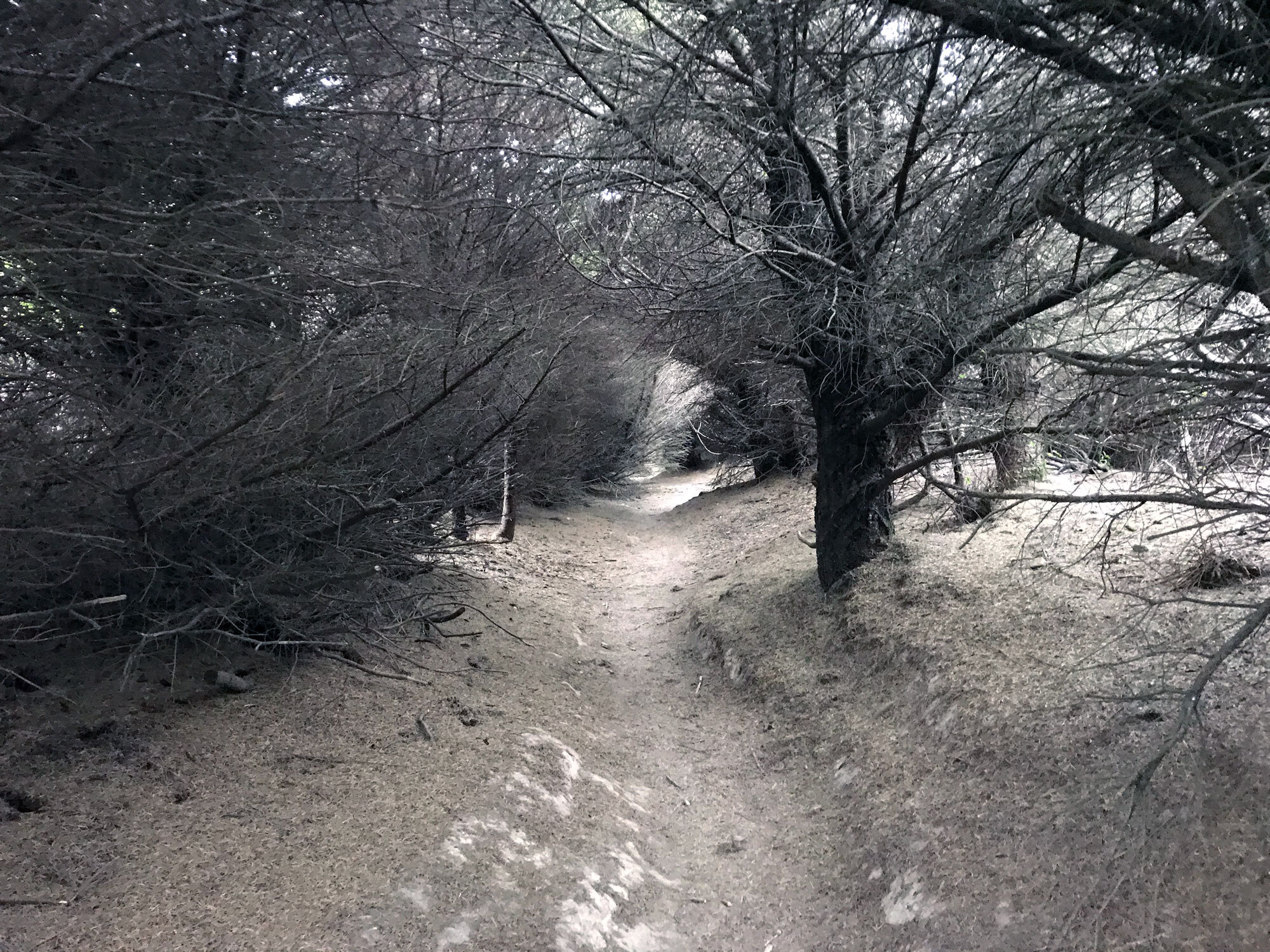


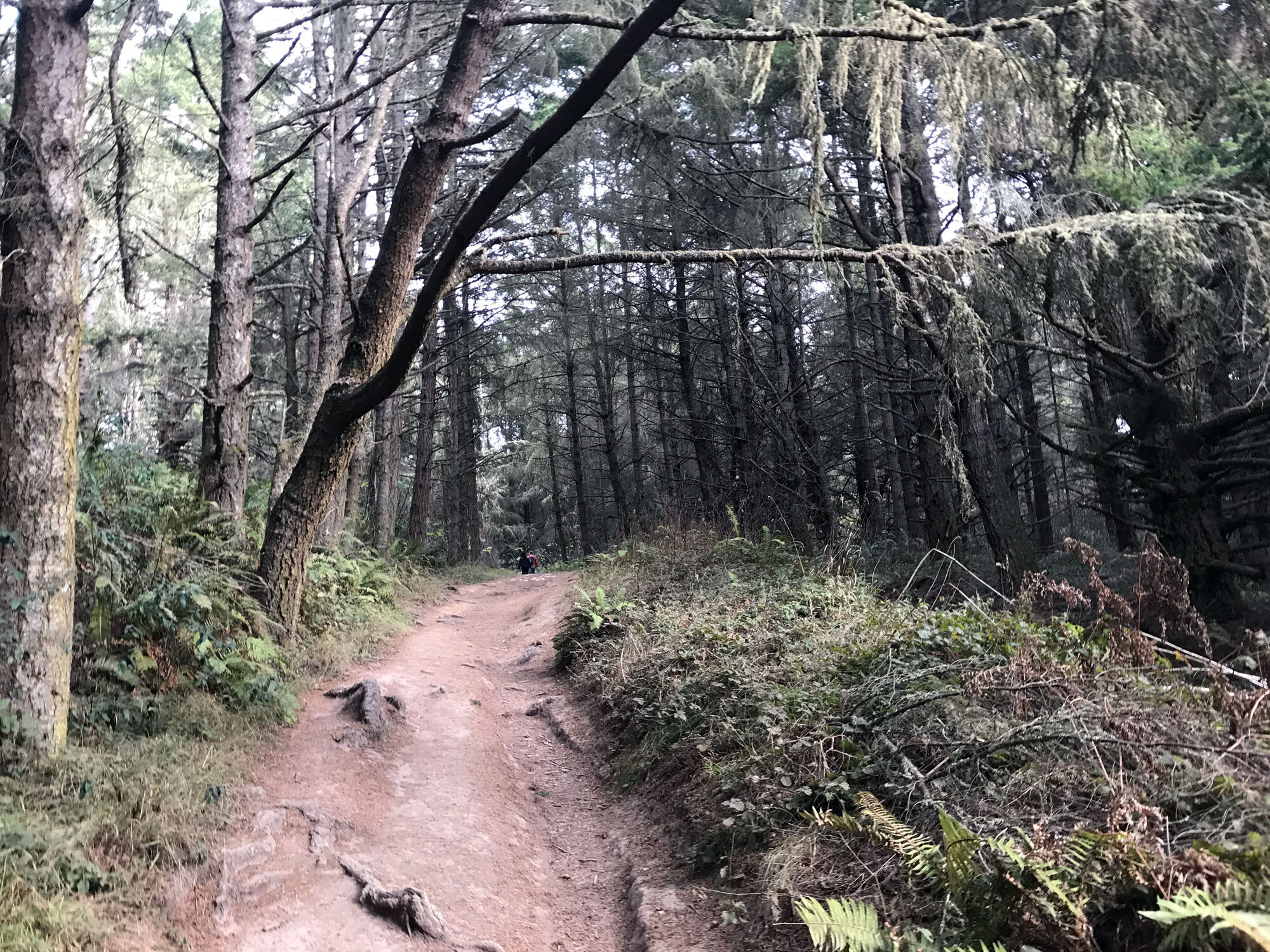
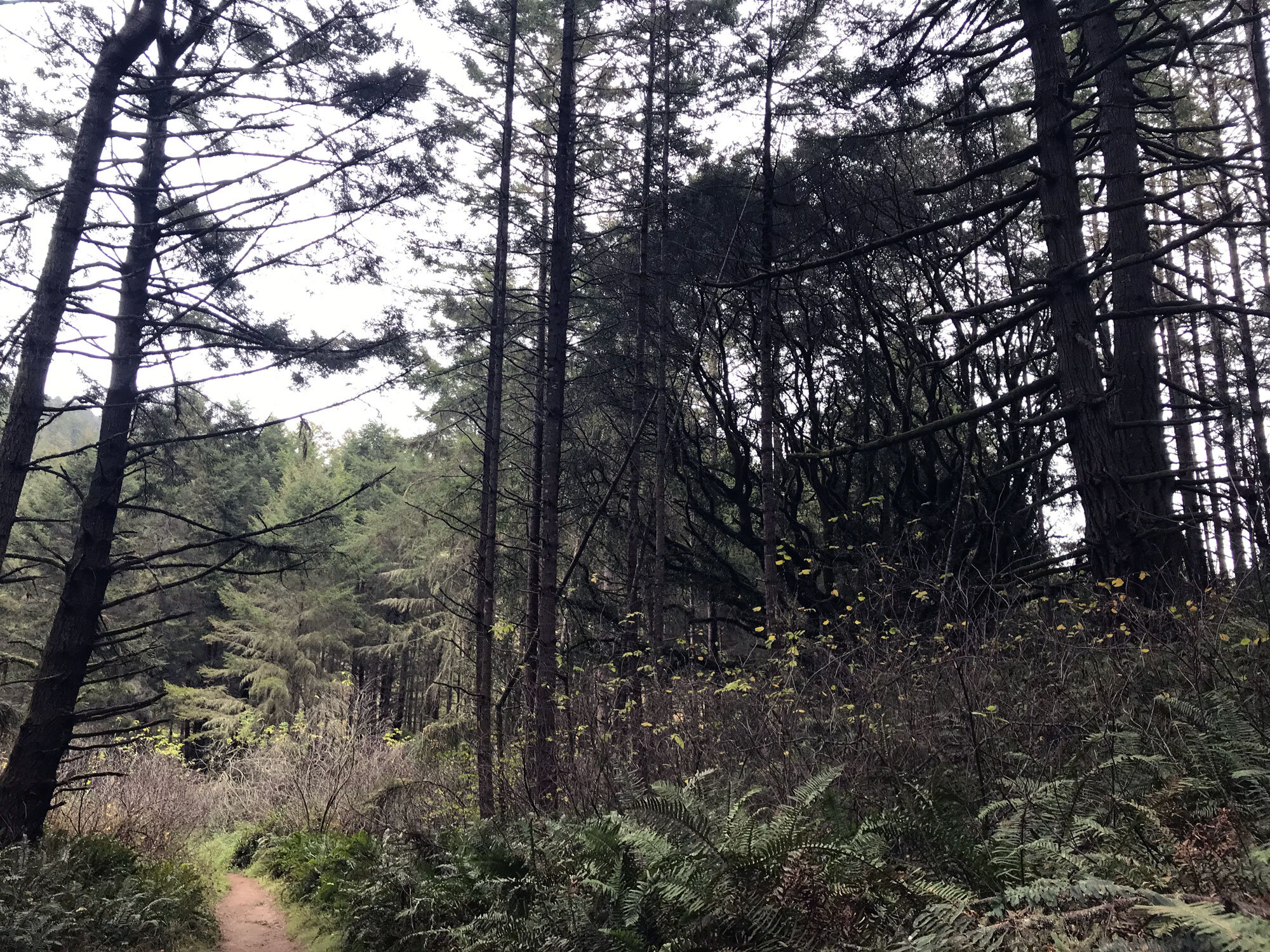
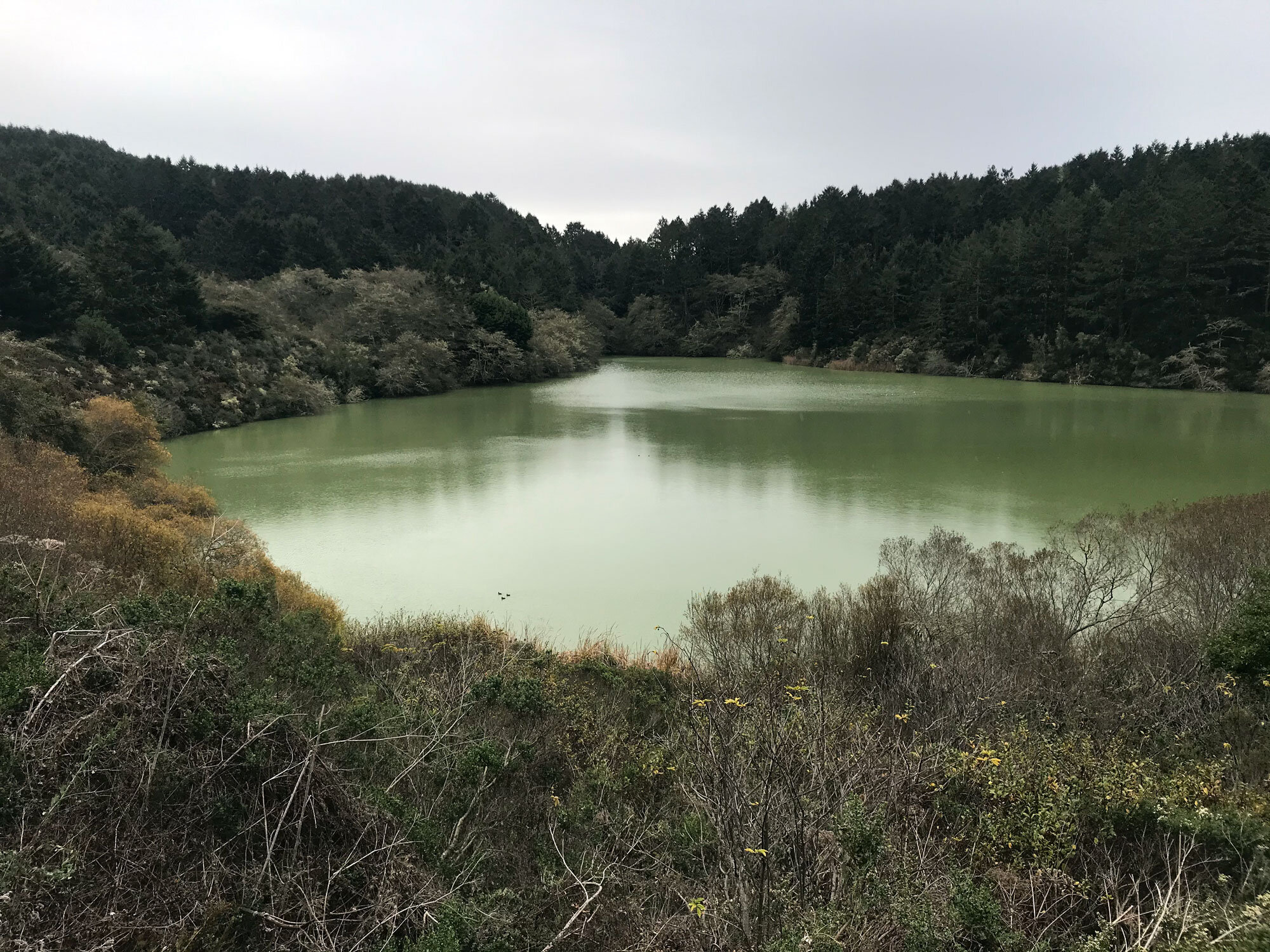
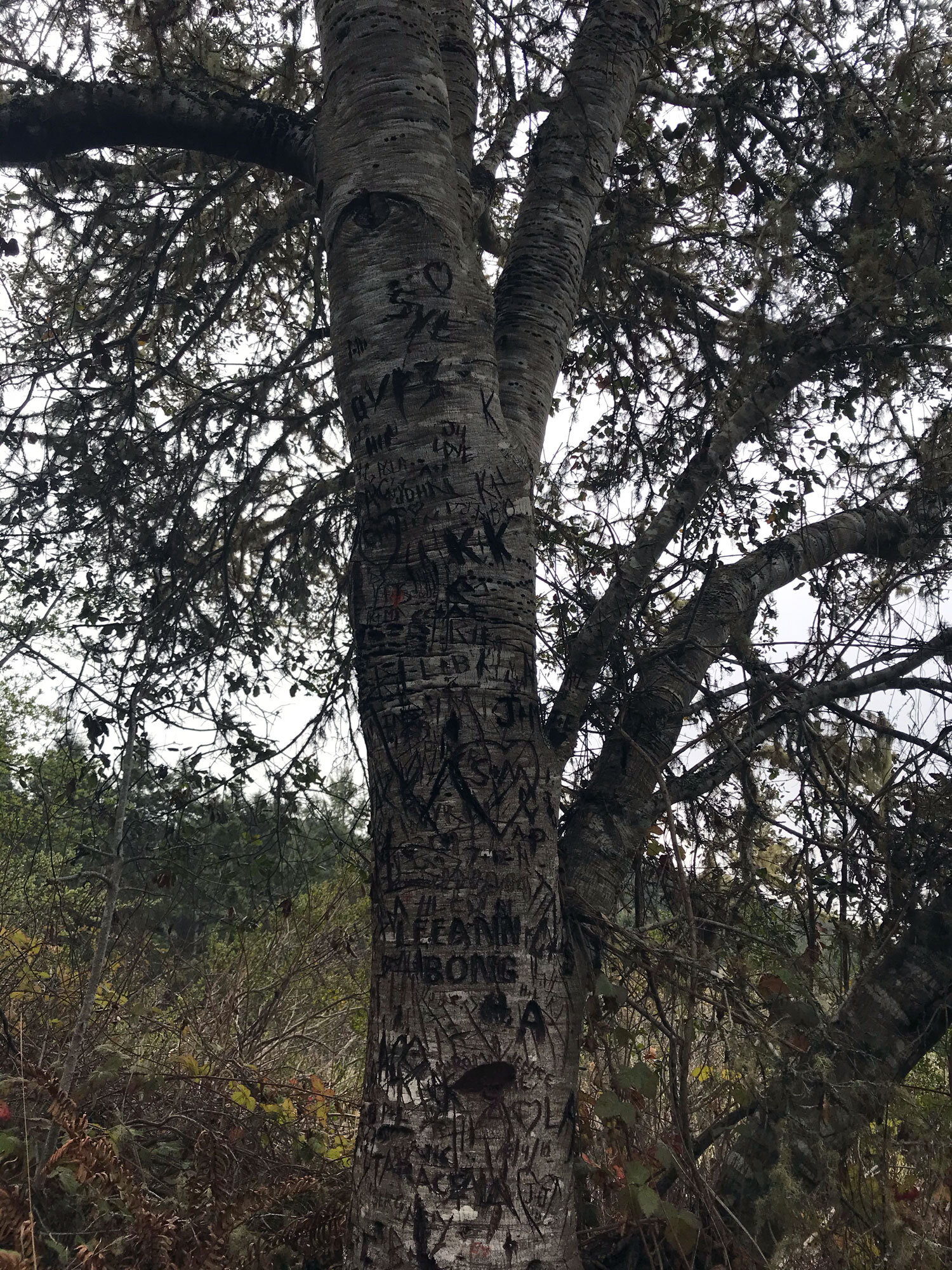
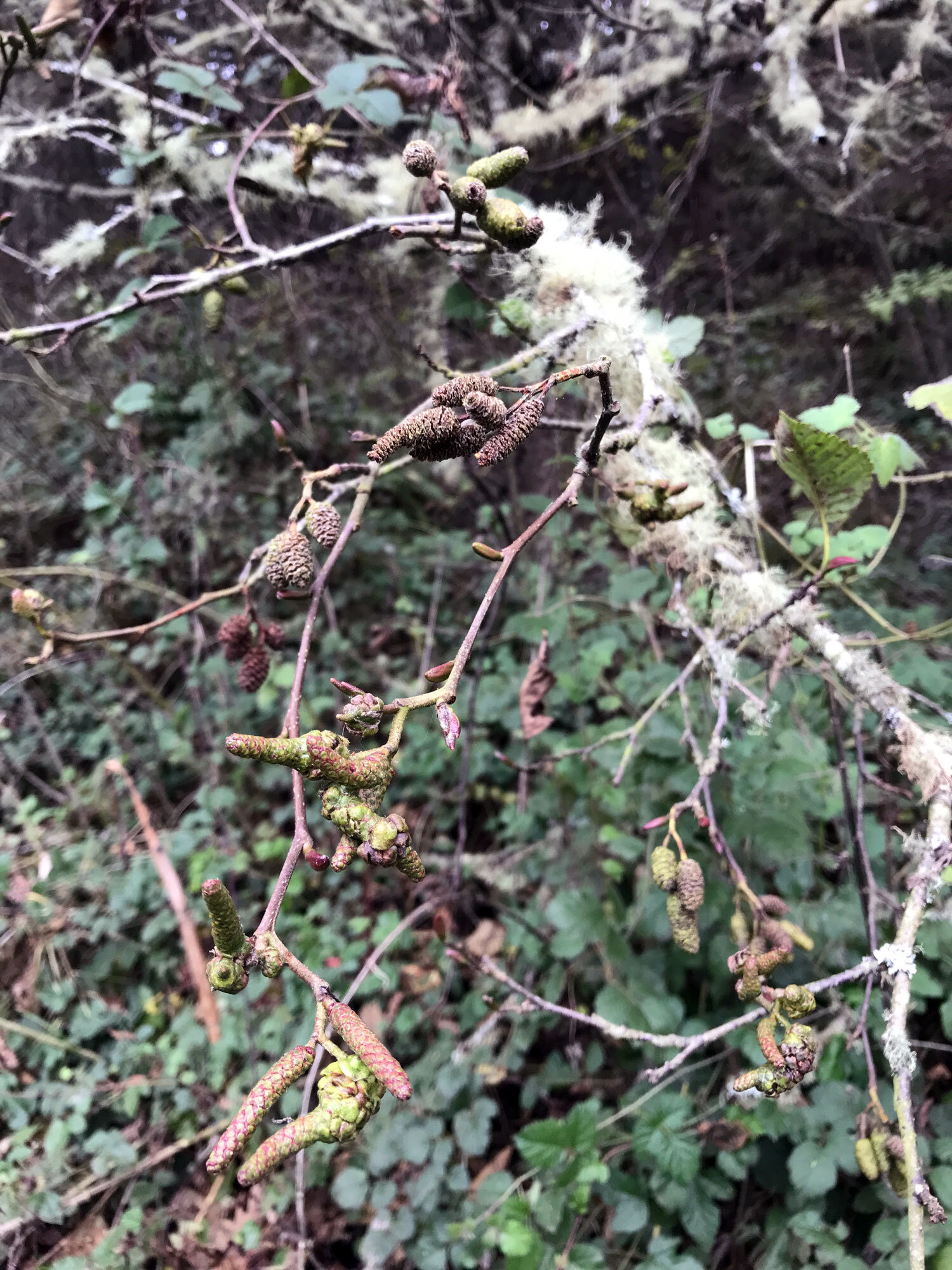


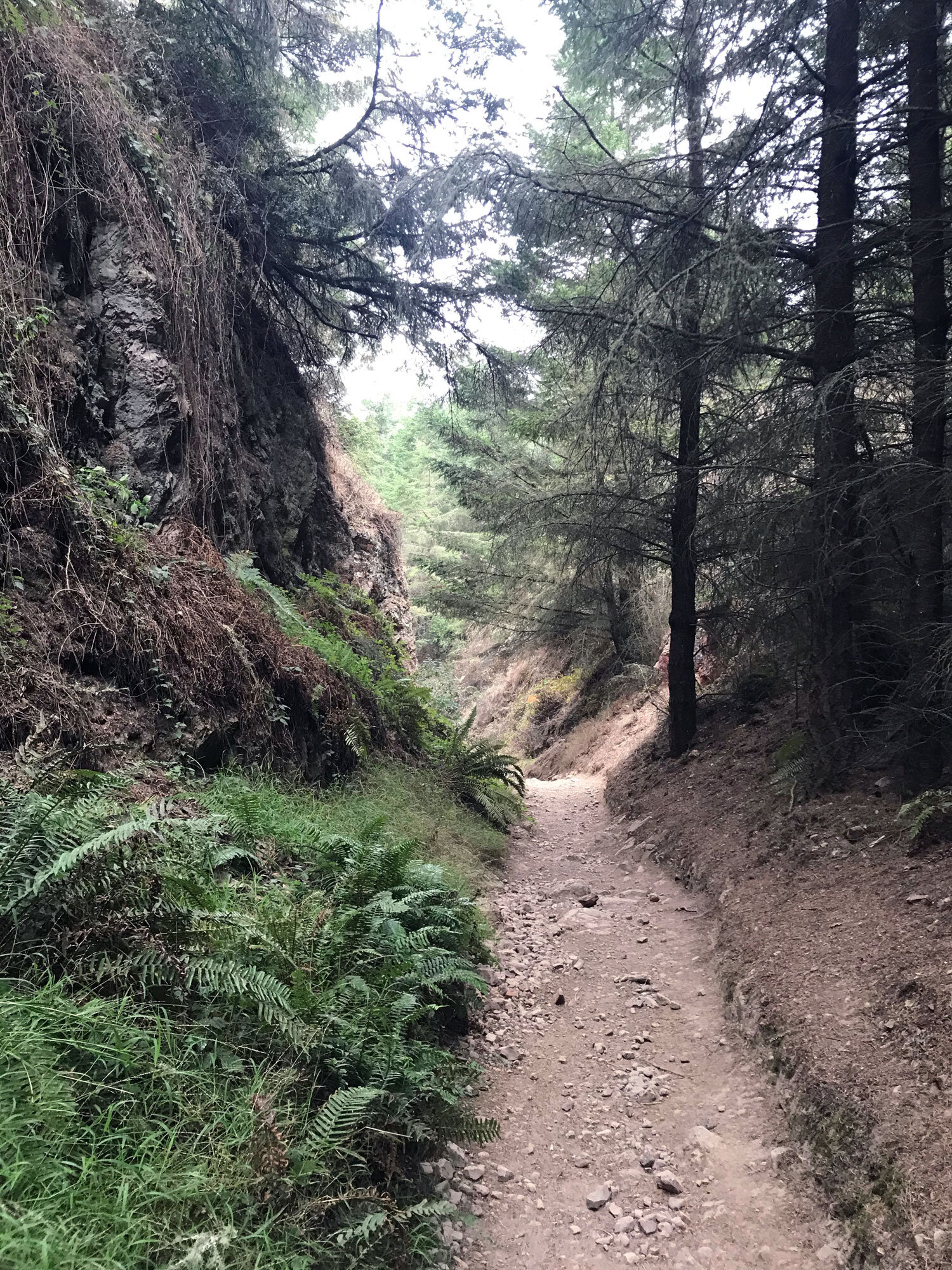
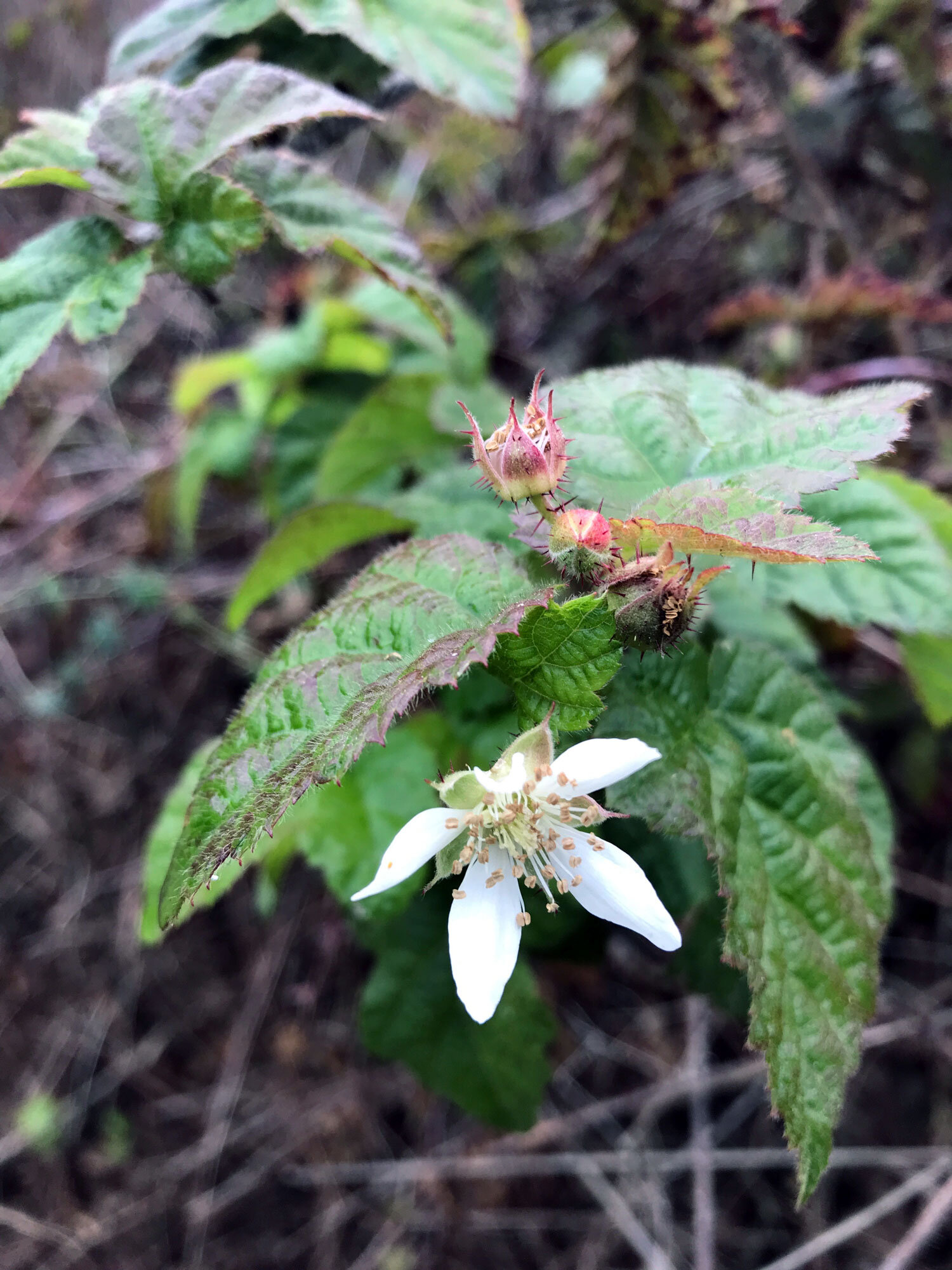
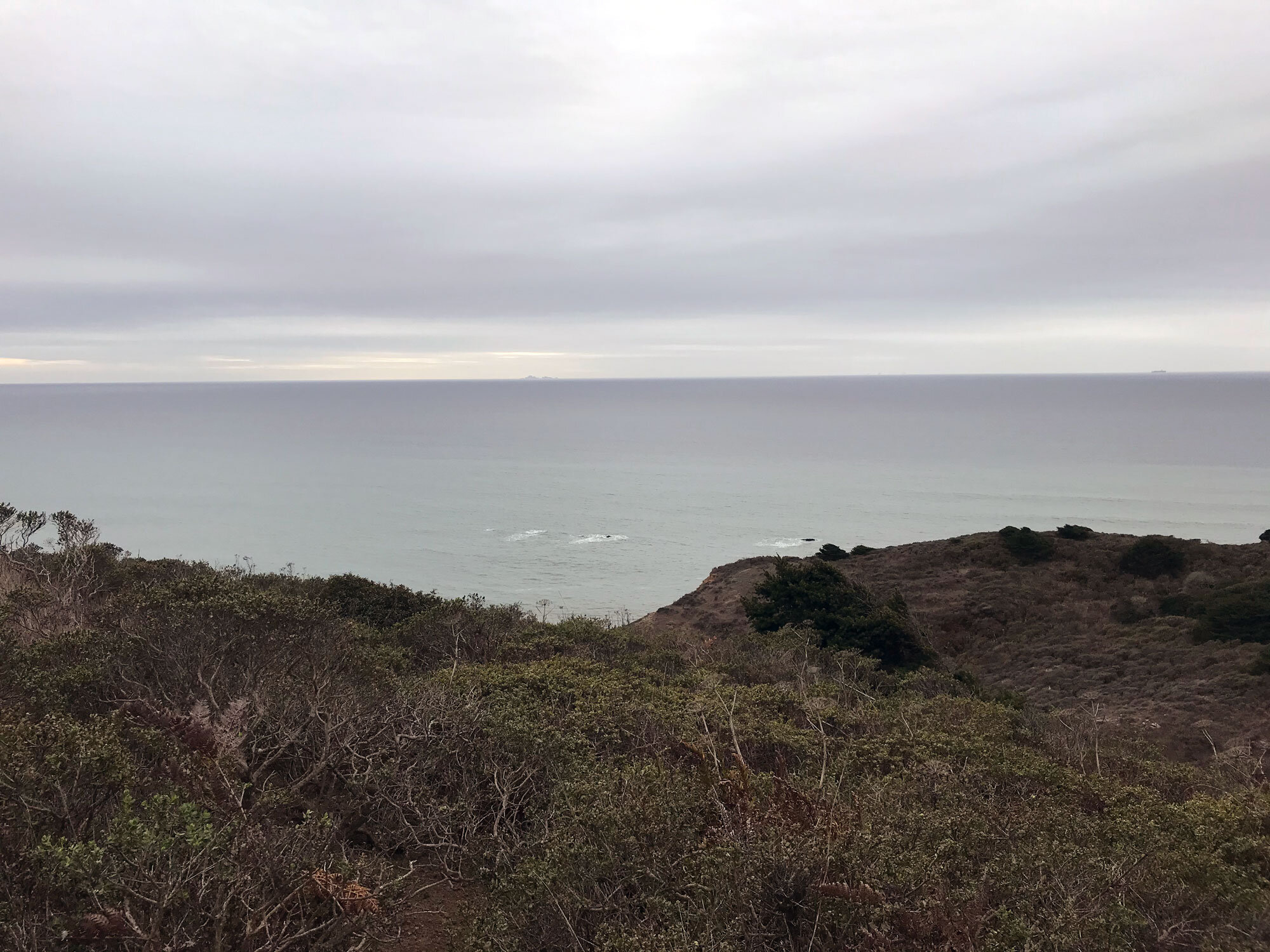

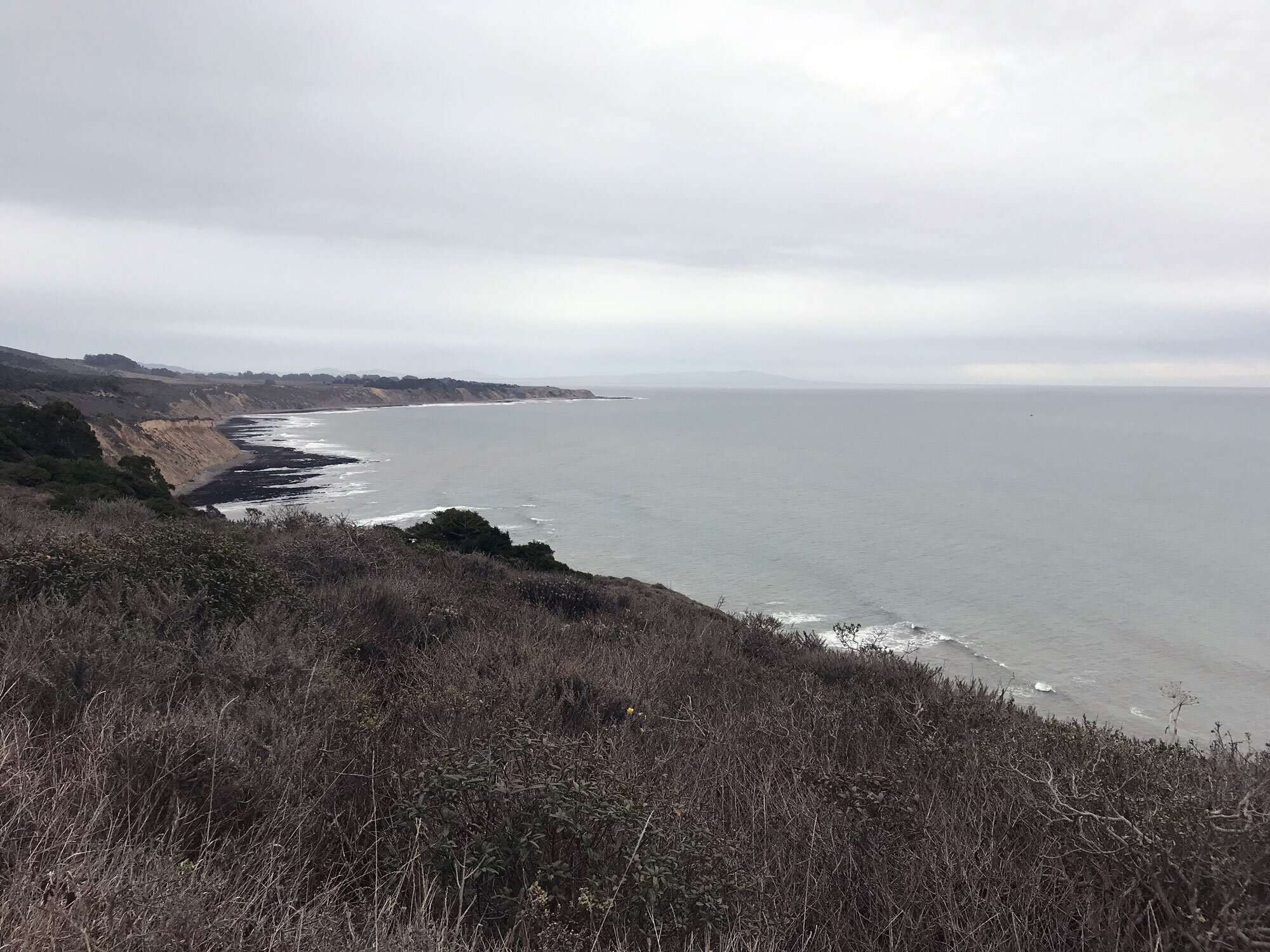

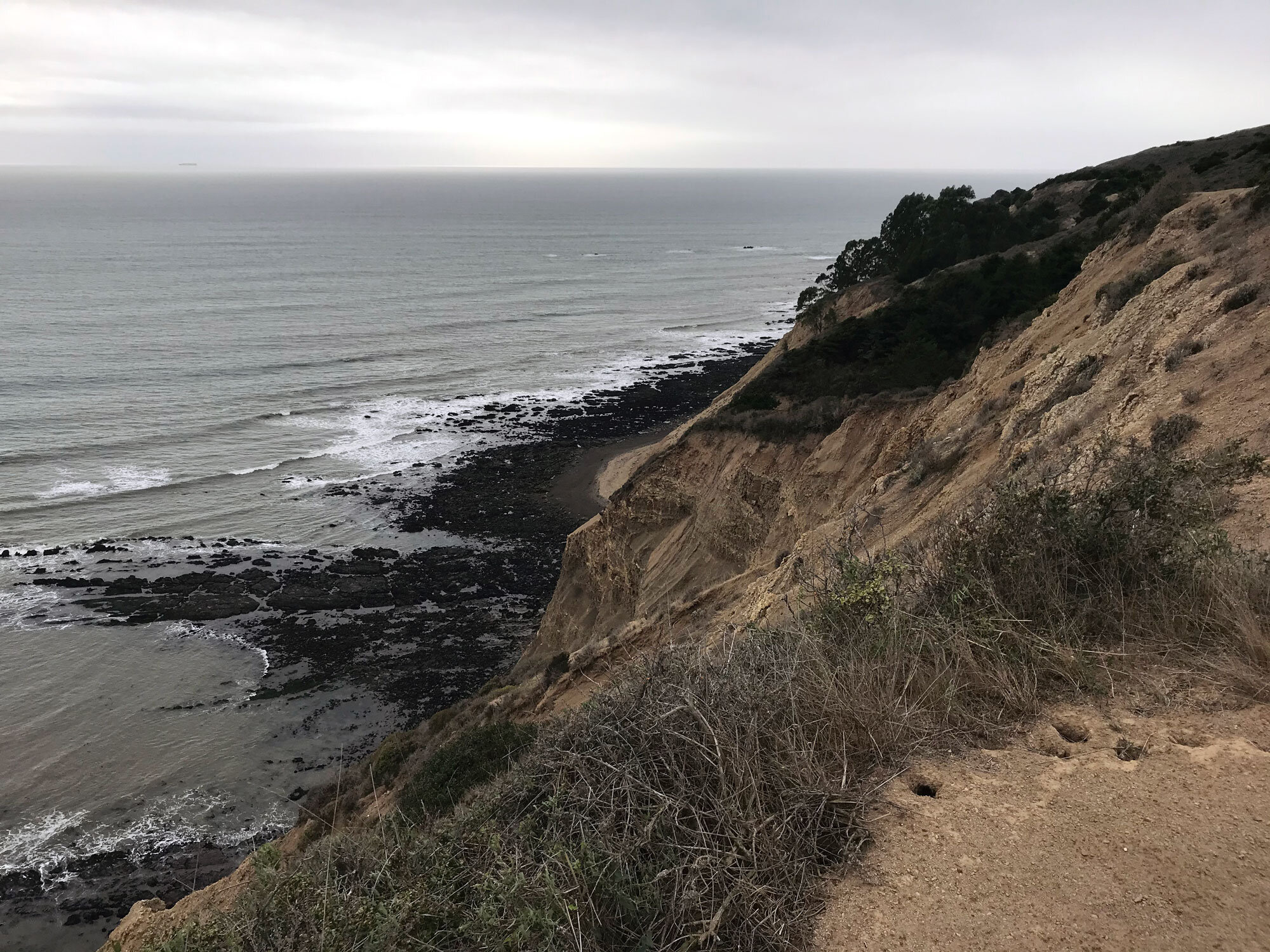
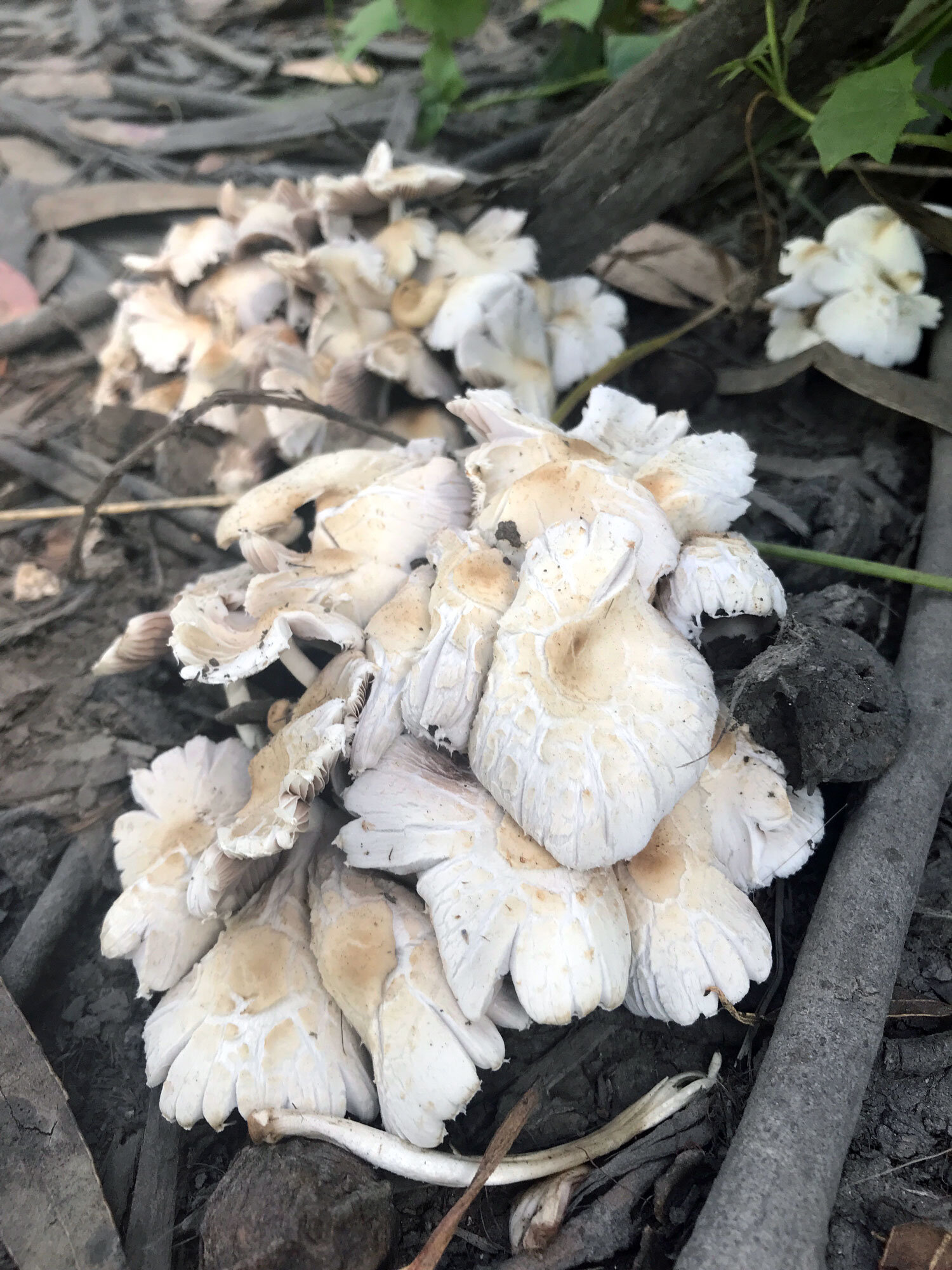
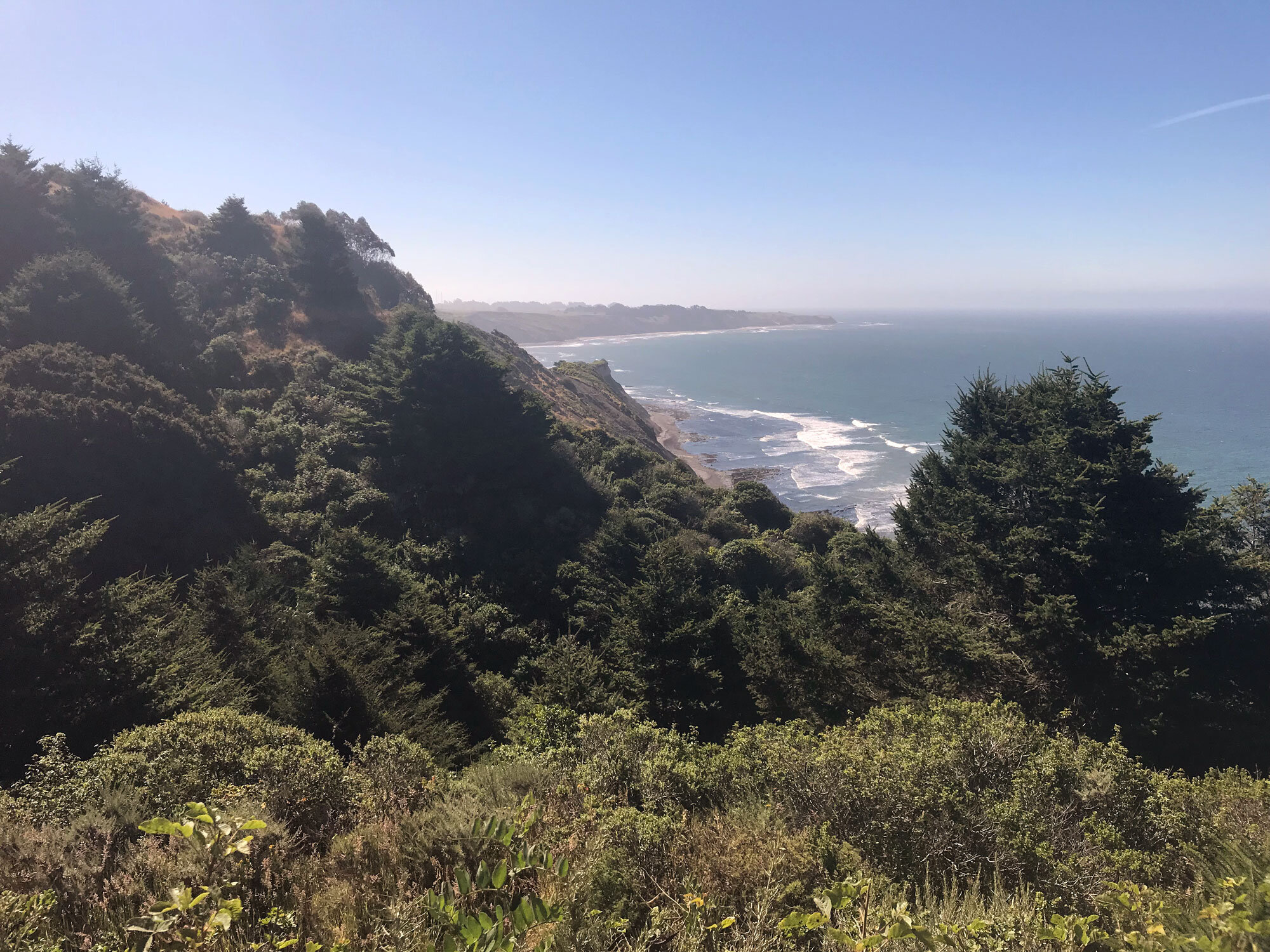
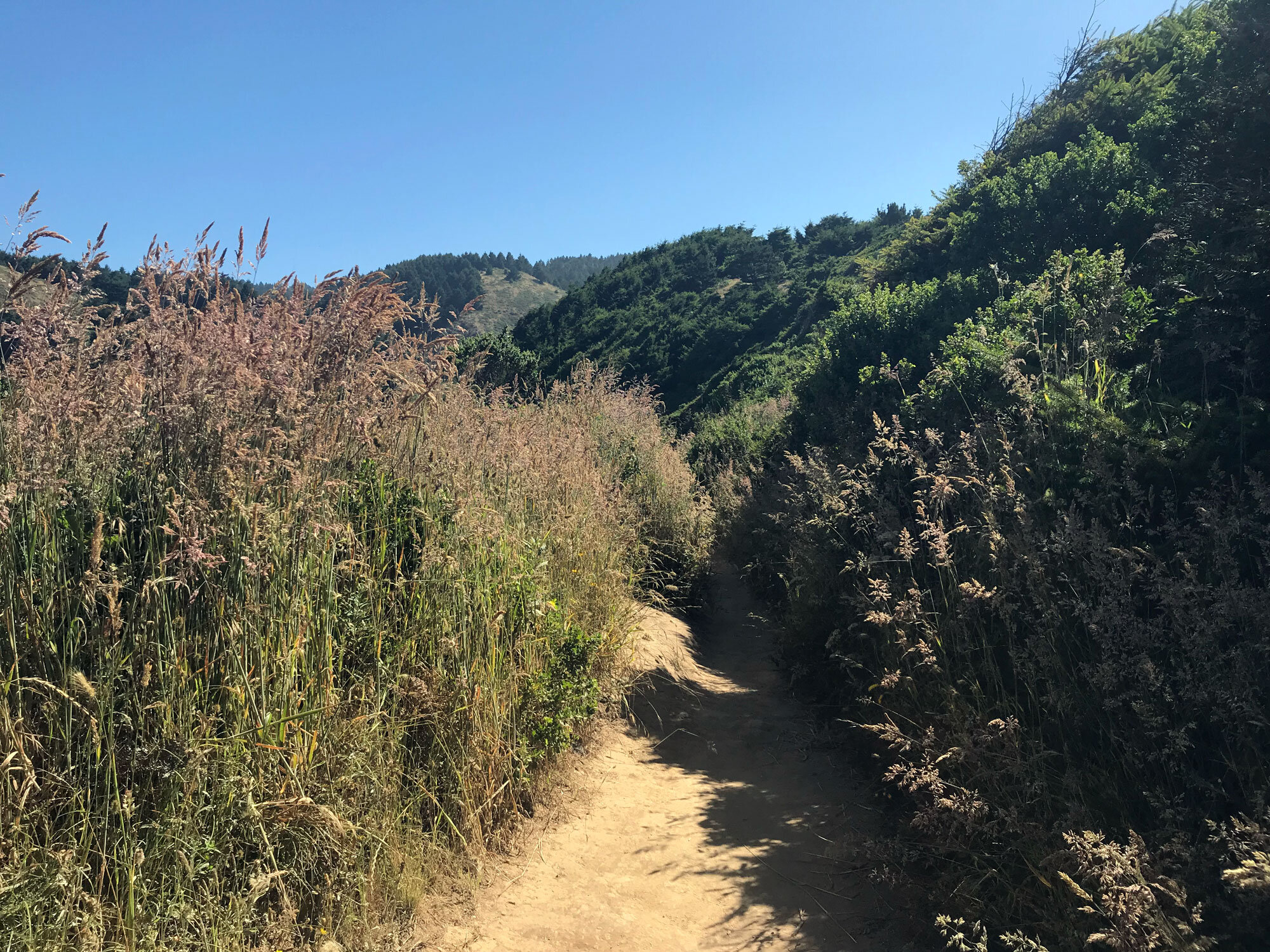
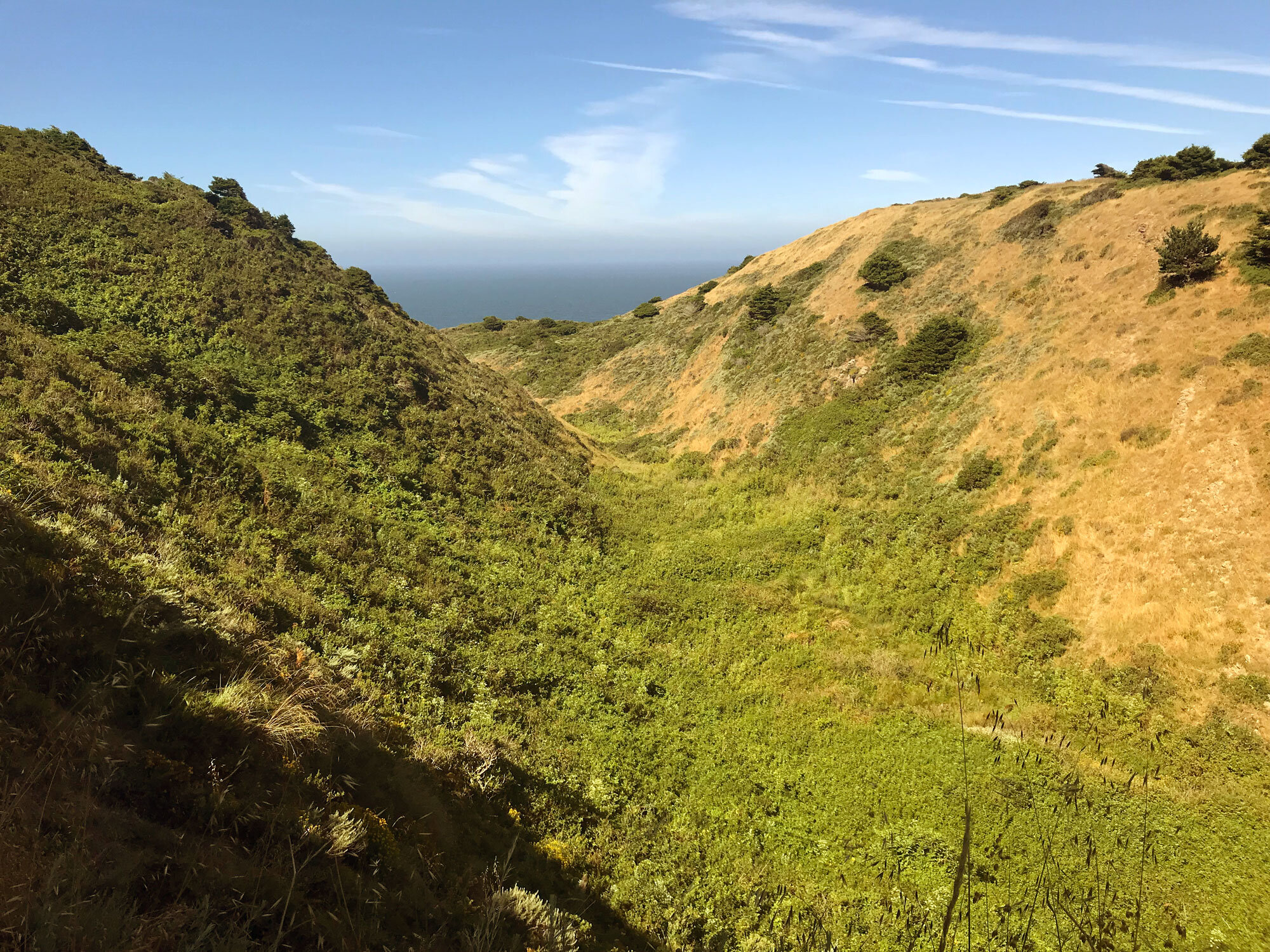
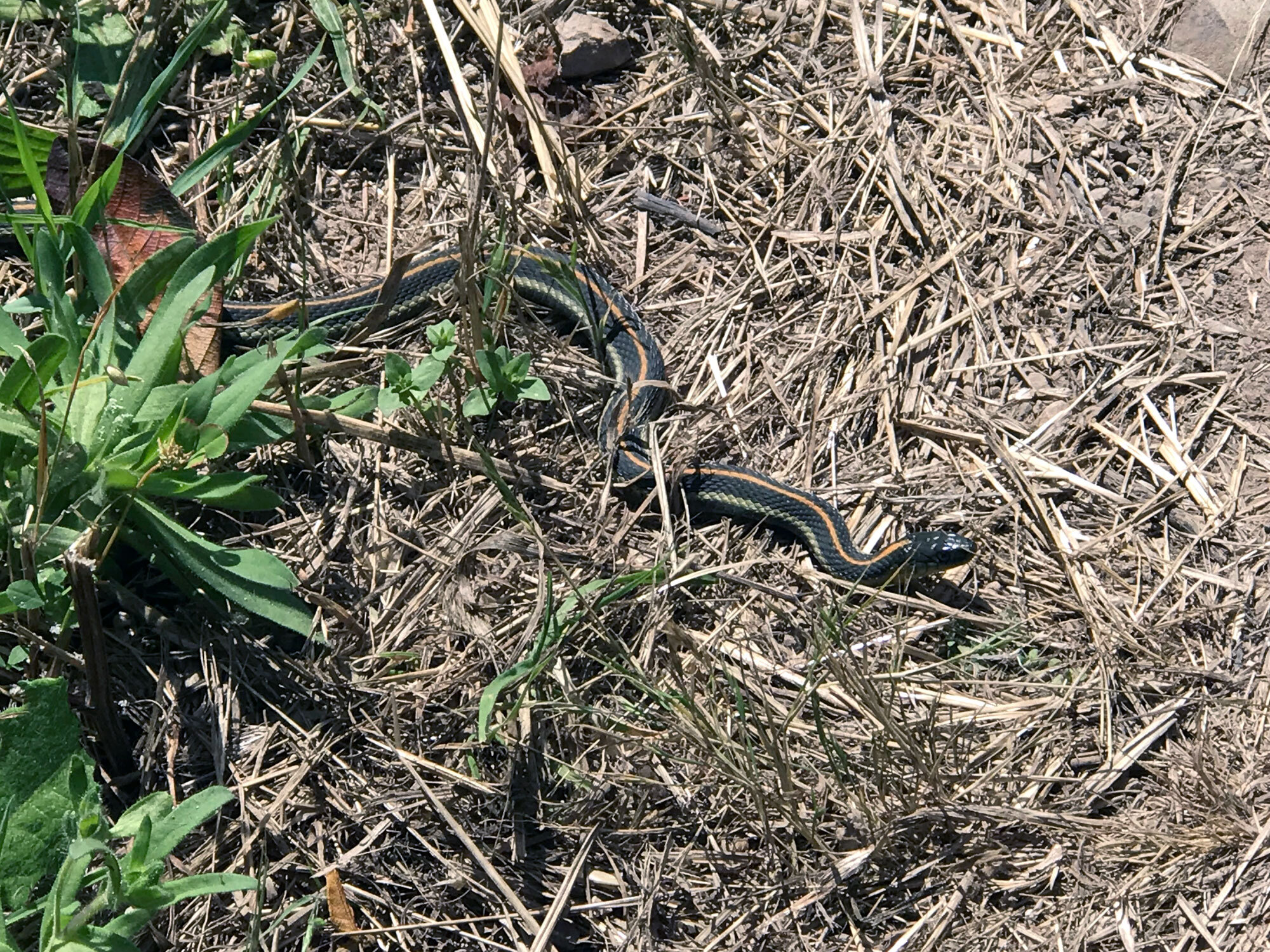
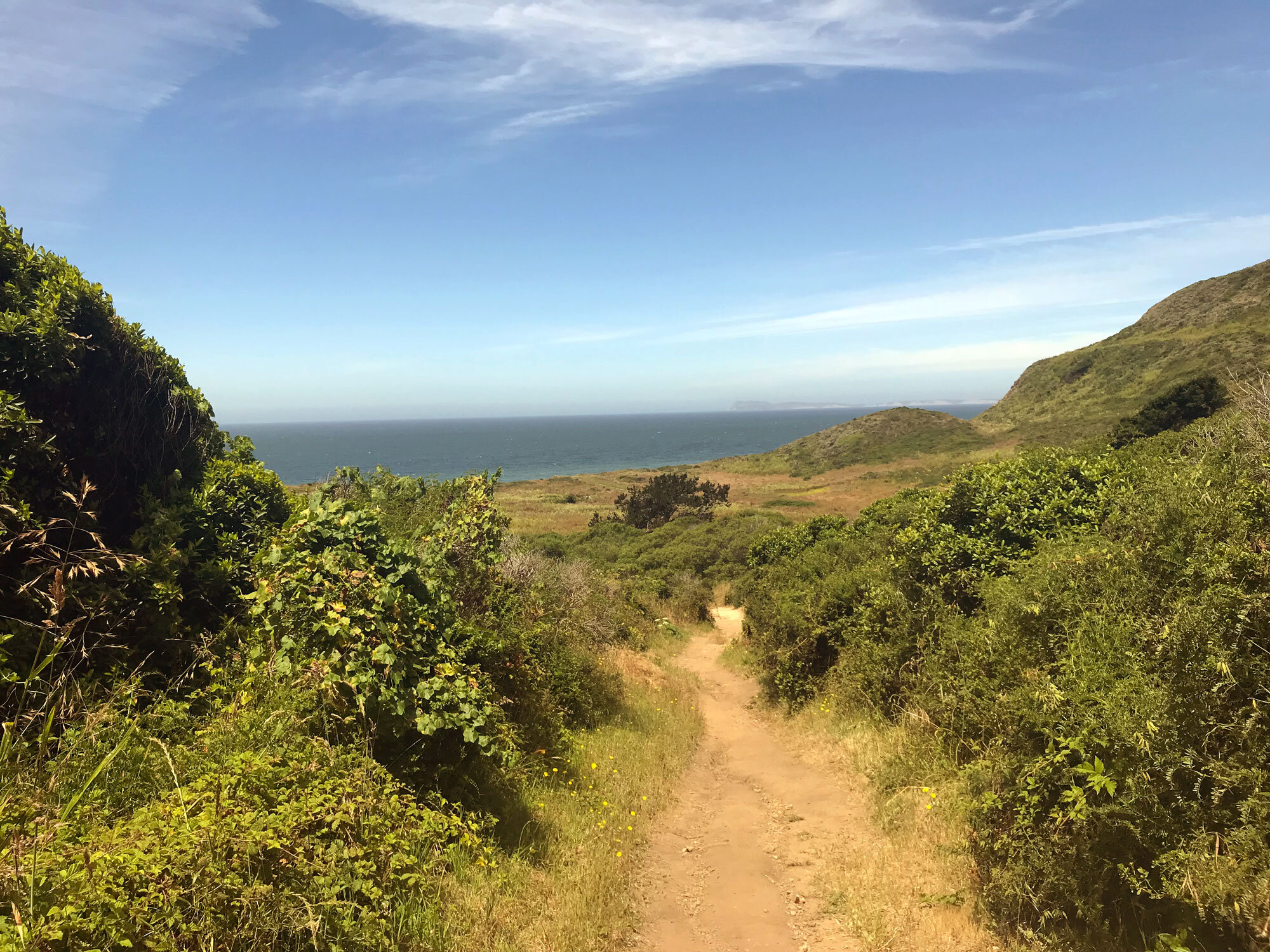
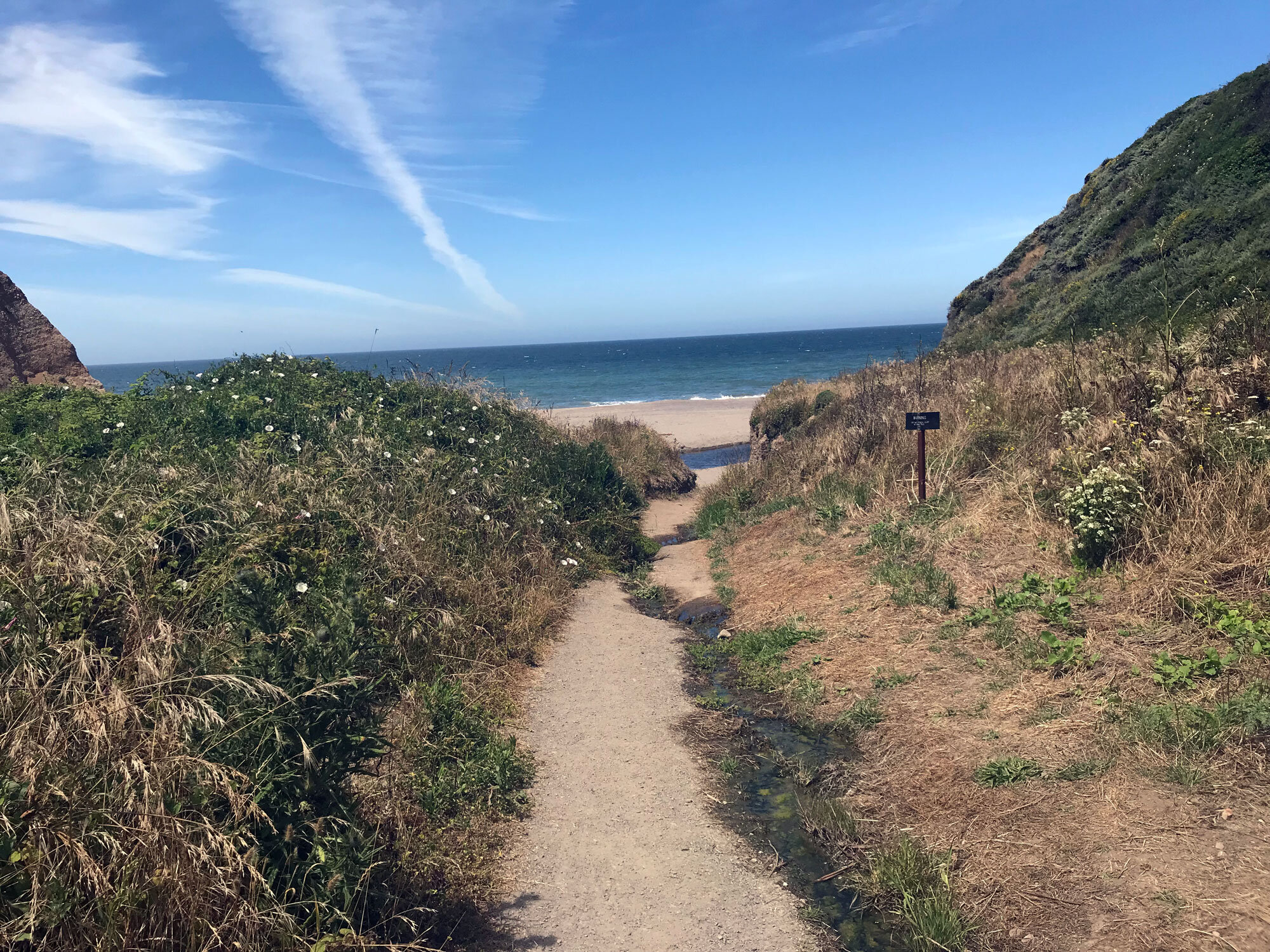
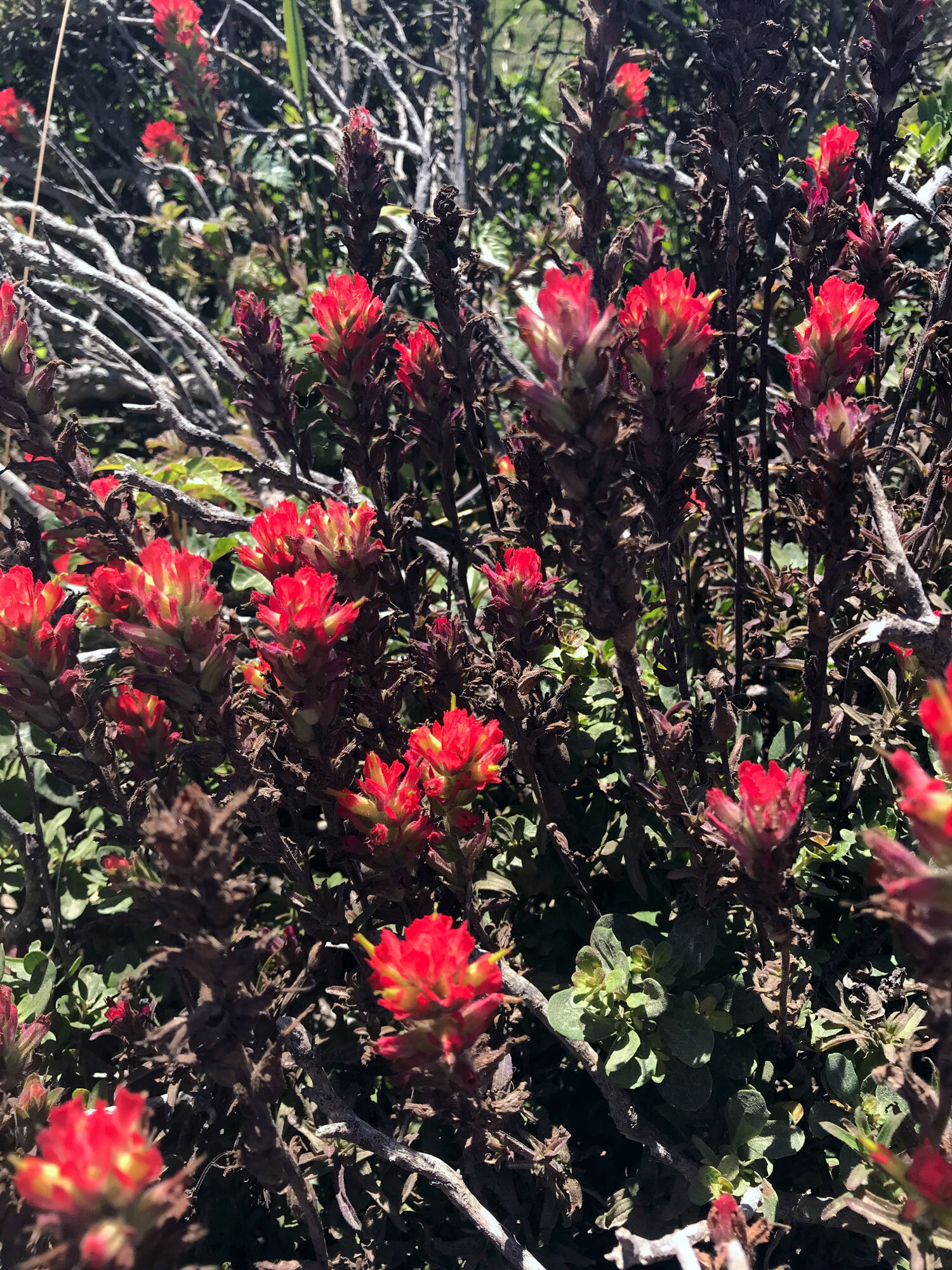
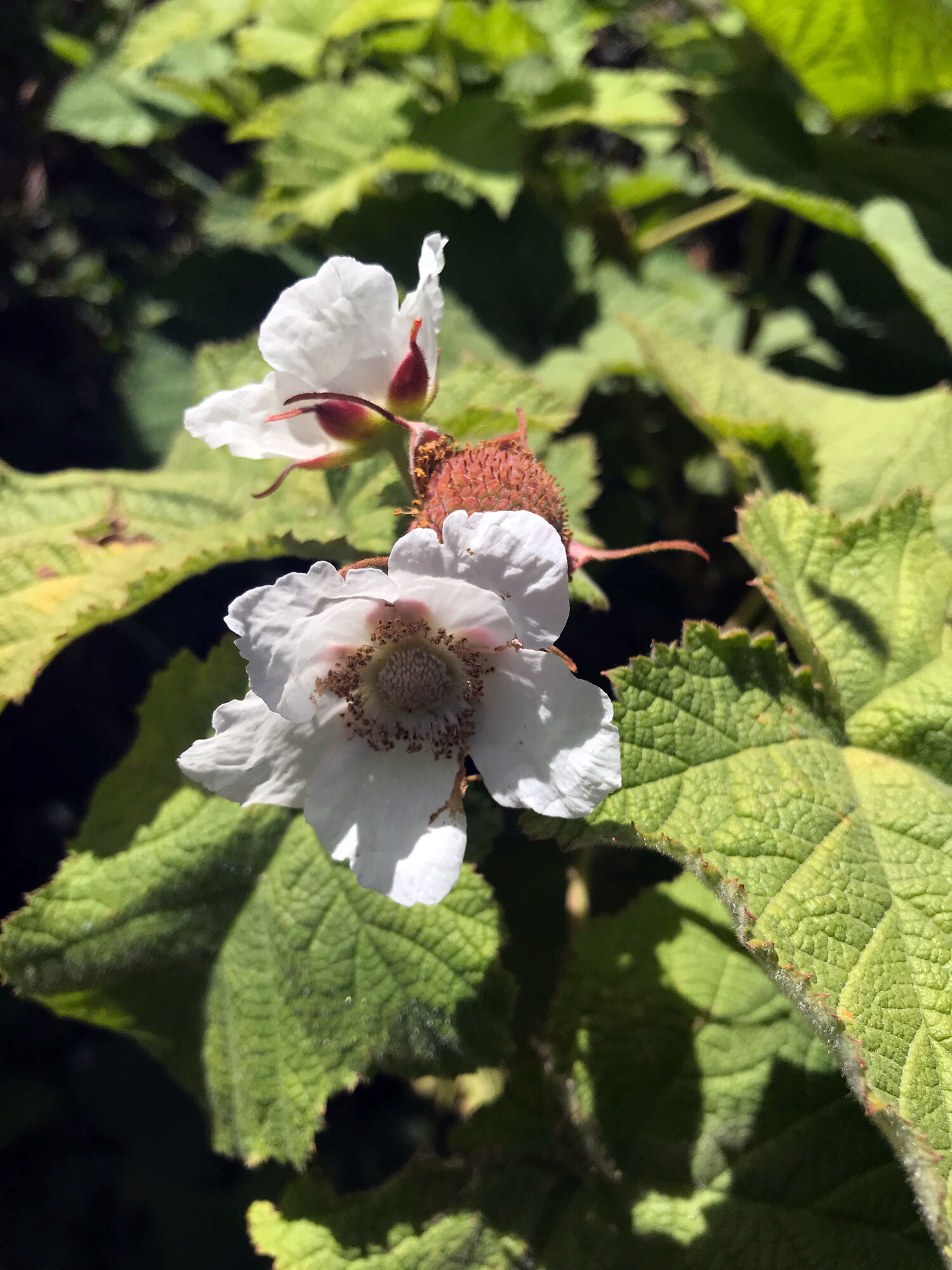
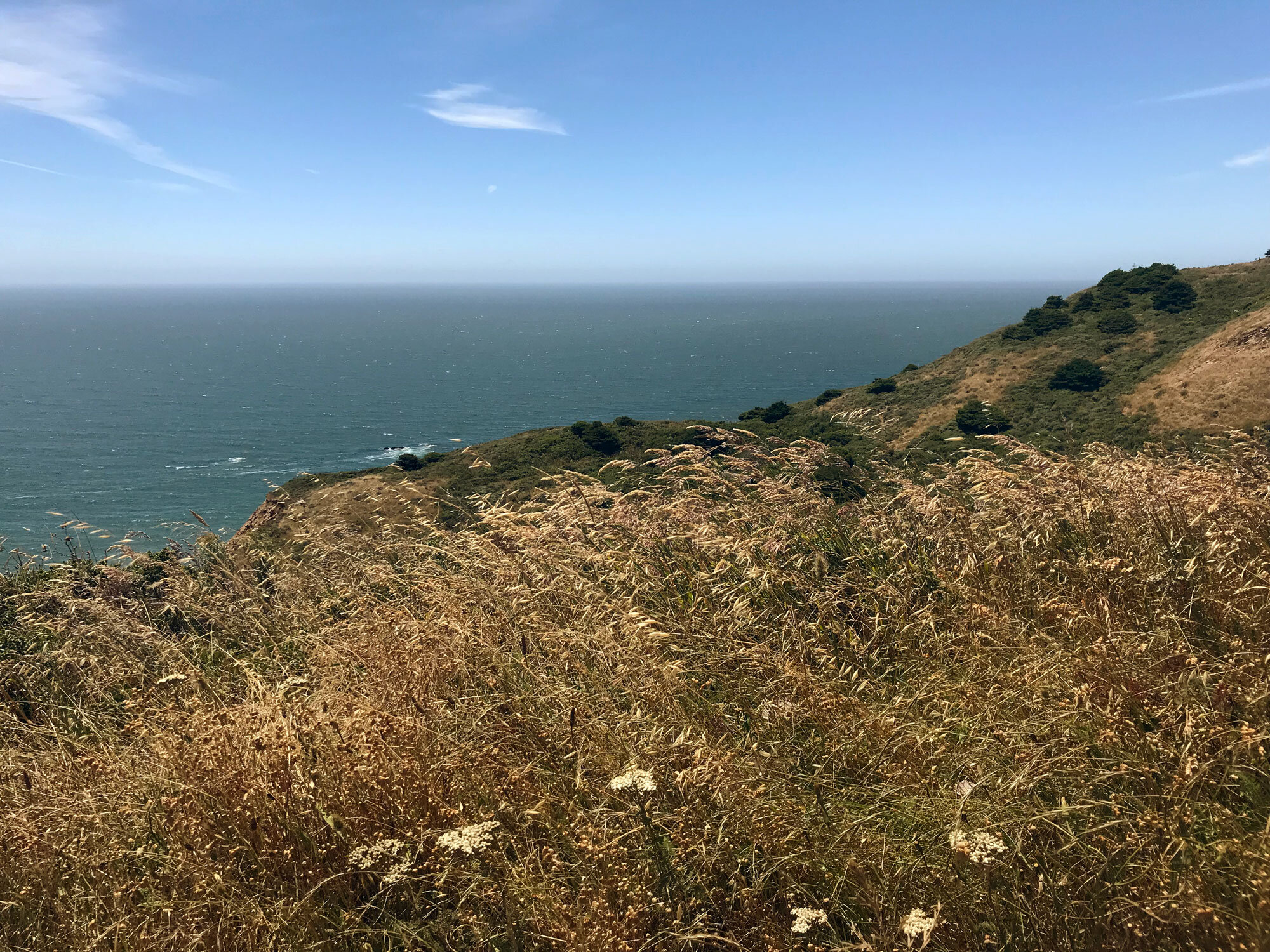
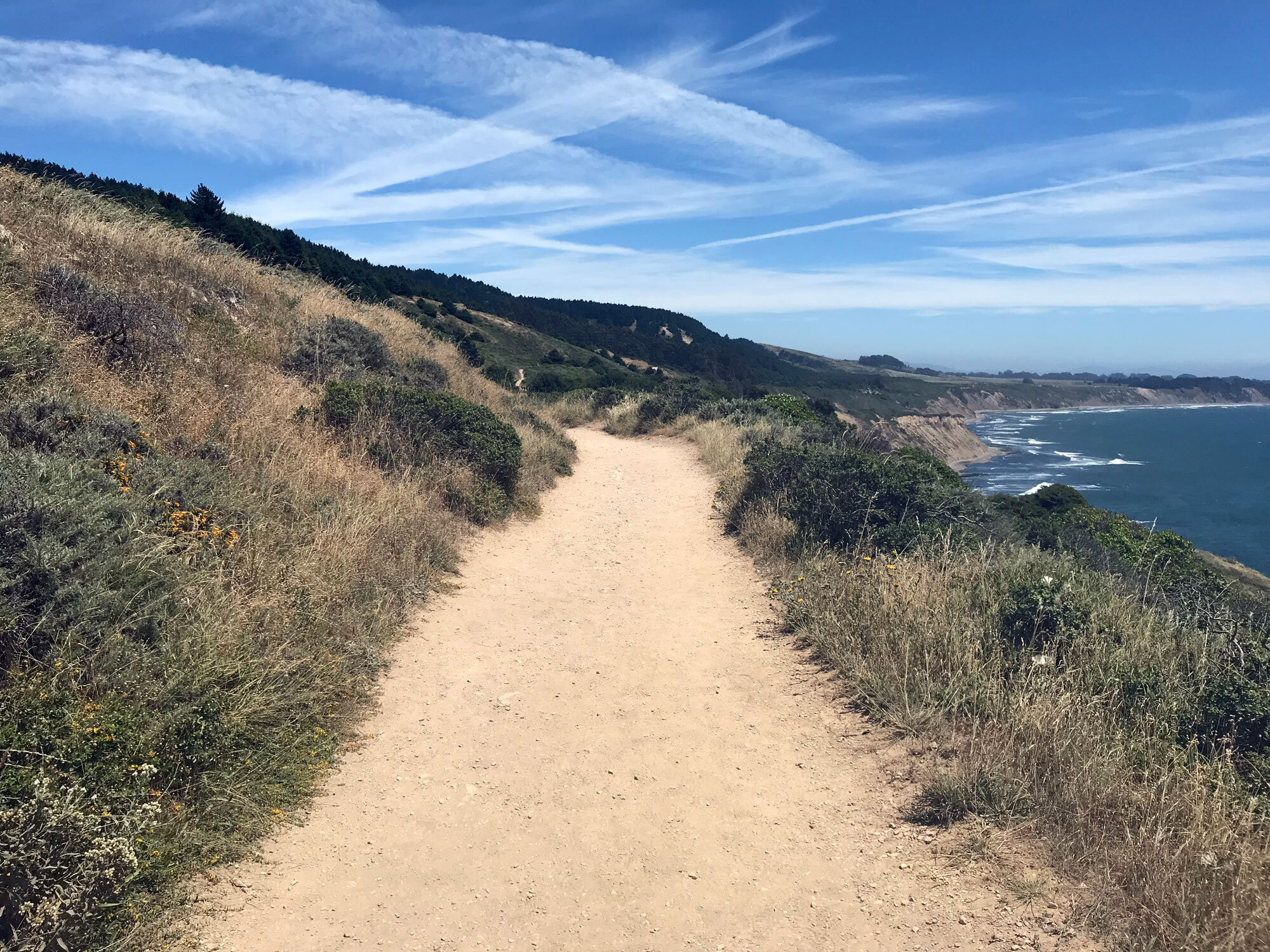
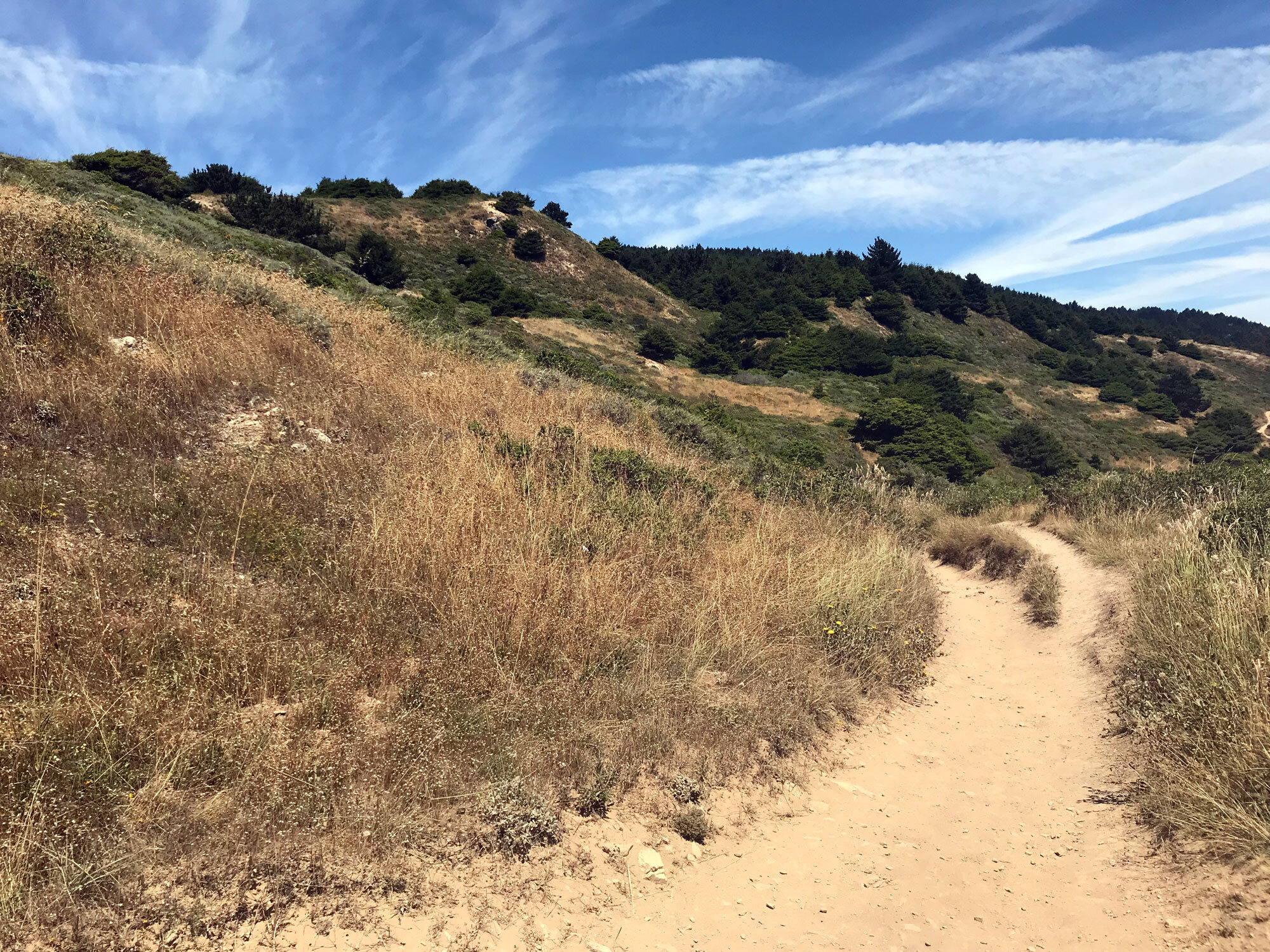
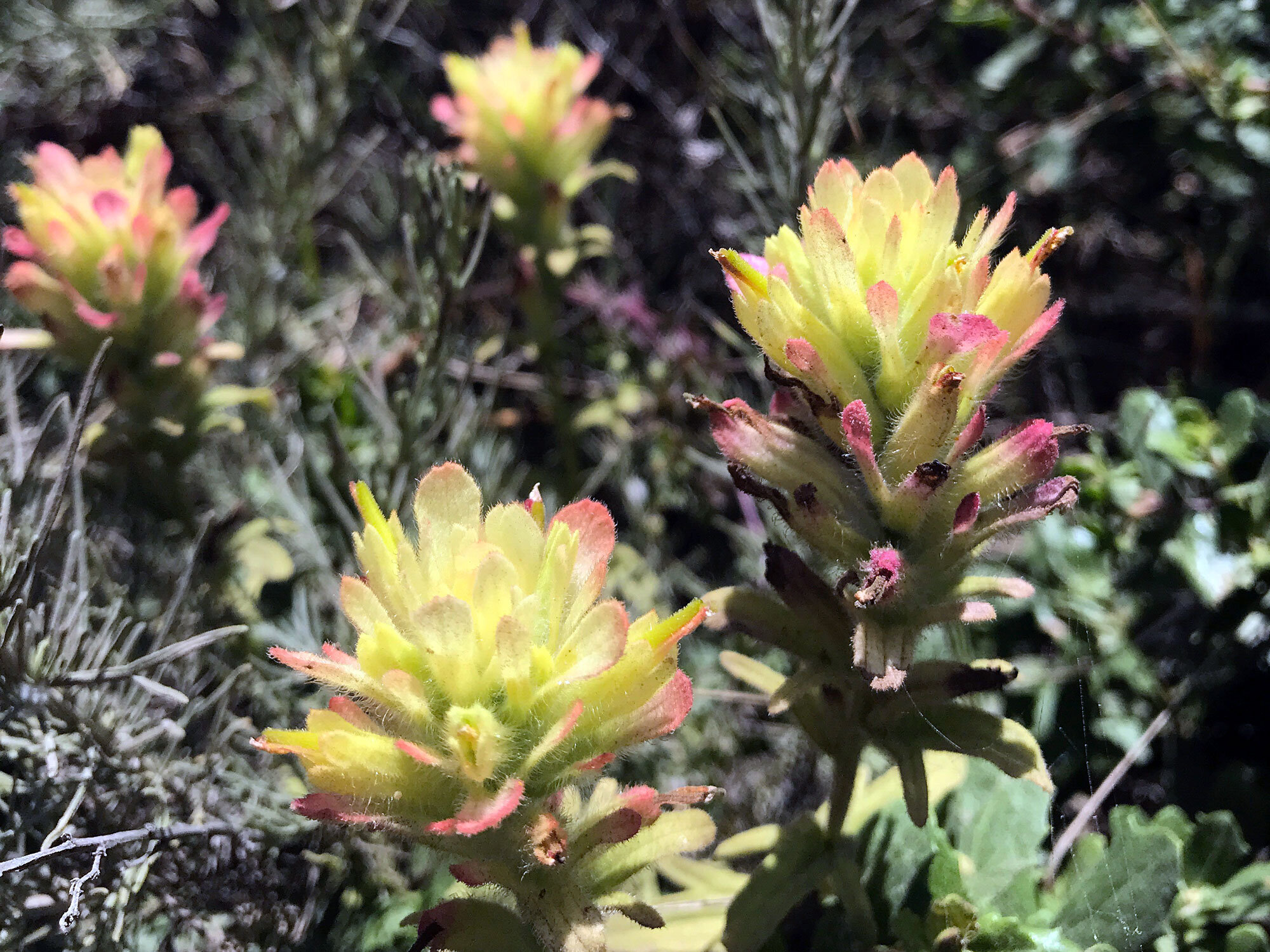
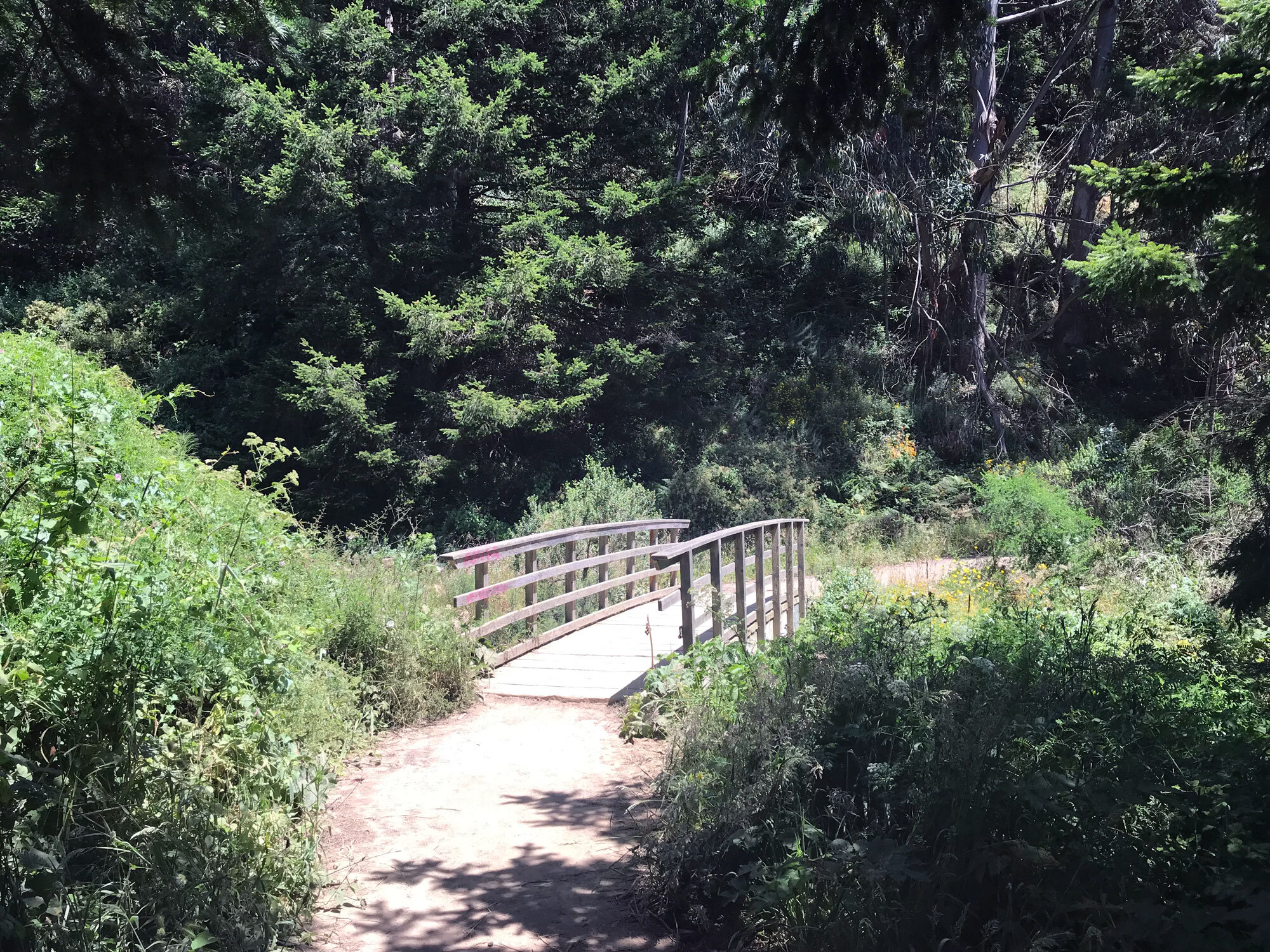
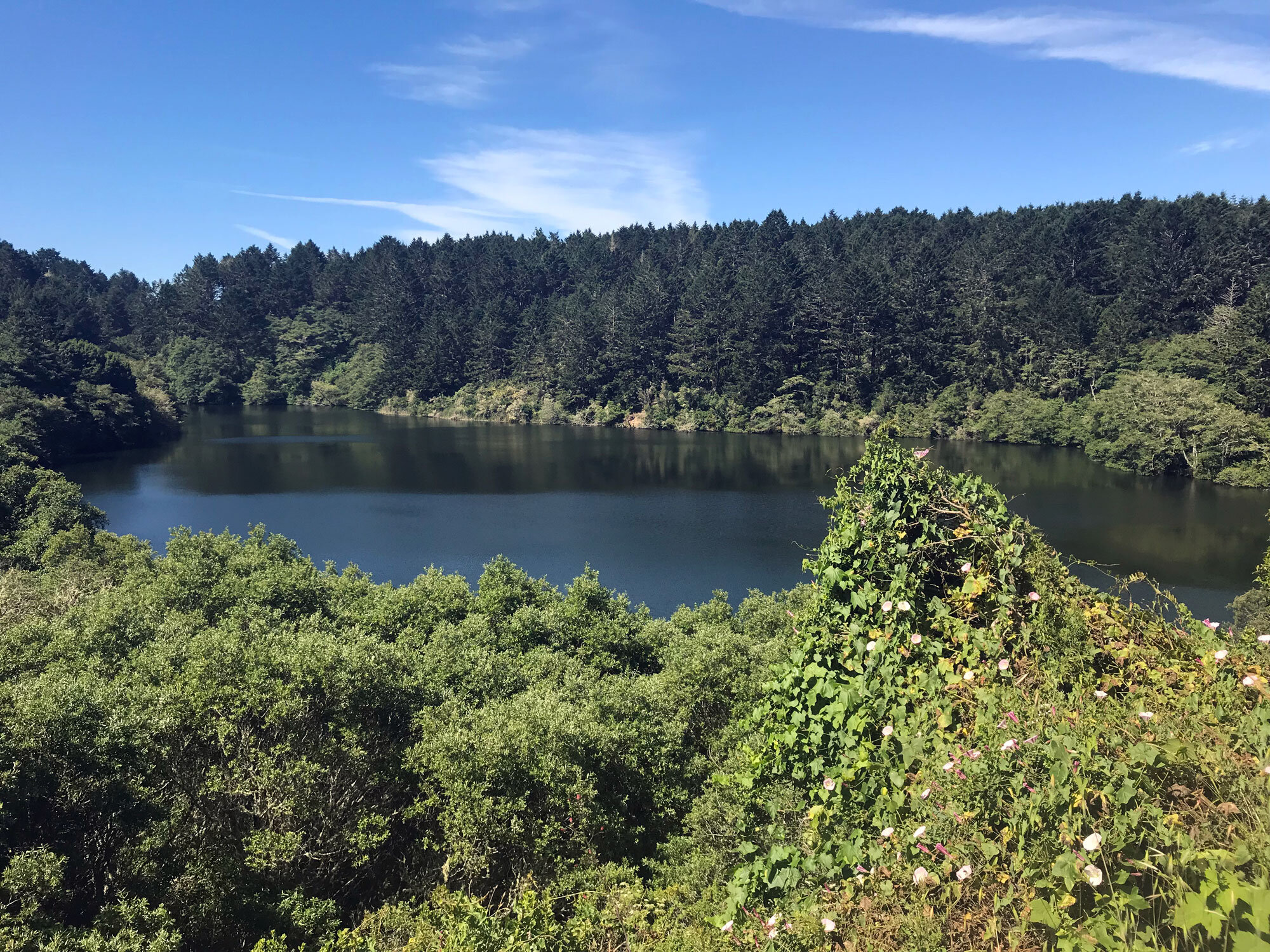
Trail length: 13 miles, out and back
Time: 6+ hours
Terrain: coastal scrub, dirt trails overlooking the ocean, forests, lakes, ponds
Restroom? Yes, at the trailhead
Parking: small parking lot; full by 10am on weekends
Kid friendly? No, due to the long distance.
Plant list from Palomarin trailhead to Bass Lake by the Marin chapter of the California Native Plant Society
Dates visited: 3/25/17, 3/31/17, 4/9/17, 12/29/17, 6/25/19, 12/11/20
Favorite plants on this trail: California Poppy
Favorite spots:
Anywhere along the trail overlooking the ocean
Shady fir forest before the lakes
Alamere Falls
The main destination for visitors on this trail is Alamere Falls. If you google "bay area waterfall hikes", it's one of the first search results. It's an exceptionally crowded destination, particularly on weekends. Alamere Falls is a rare tidefall, a coastal waterfall that flows directly into the ocean. The falls, located within the Phillip Burton Wilderness on the south end of Wildcat Beach are 30+ feet high with several drops. The Coast Trail from Palomarin to Wildcat Camp and on to Alamere Falls is one of the most beautiful hikes in the Point Reyes National Seashore. It's got everything -- ocean views, forests, lakes, beaches, and of course, a waterfall.
The directions to the waterfall are simple: from the Palomarin trailhead, follow the Coast Trail to Ocean Lake Loop Trail to Wildcat Camp. From Wildcat Camp, back track along the beach to the falls. It's about a mile along the beach, so check the tides before you go. Several ponds, as well as Bass Lake, a popular swimming destination and Pelican Lake, offer scenic stops along the trail.
Waterfall
A word on safety
About 4 miles along the Coast Trail, there's an unsanctioned shortcut trail, also referred to as the Alamere Falls Trail, which is not an official trail. It puts you at the top of the falls where you can climb down the cliffs. This is not recommended by the park service due to the eroding and unstable cliffs. It's also a narrow path thickly covered in poison oak. According to the park service, "On an almost weekly basis, visitors get hurt scrambling down the heavily rutted route leading to the top of the falls or sliding down the crumbly cliff-face to get to the beach, sometimes requiring search and rescue teams to be mobilized. The National Park Service strongly advises visitors against using this unmaintained route."
Another hazard is the abundance of poison oak along the trail. The trail is wide enough in most areas to avoid poison oak if you pay attention and know what it looks like. Stinging nettles are found bordering the wet areas of the trail, mostly out of reach.
How long your litter takes to biodegrade
After picking up trash along the trail, including orange and banana peels, I was curious to know just how long items commonly discarded on the trail would take to degrade. The answer is: too long. Eat the orange. carry out the peel!
Toilet paper 2-5 months
Apple core 8 weeks
Orange peels 6 months to 2 years
Banana peels 6 months to 2 years
Plastic bags 10-20 years
Plastic bottles 450 years
Glass bottles 1 million years
Aluminum cans 80-100 years
Cigarette butts 1-12 years
Chewing gum 1 million years
Volunteer Opportunity: Palomarin Trail Steward
The park service is looking for volunteers to help visitors on the busy Palomarin trail from April to October when visitation is at its peak. I volunteered in 2017 as a Palomarin Trail Steward and it was a tremendous experience. I learned CPR from the Bolinas fire chief, learned how to use a park service walkie talkie to talk with dispatchers and rangers, and became intensely familiar with the area. I greeted hundreds of visitors at the information table - told them about the trail, showed them what poison oak and stinging nettles look like, and suggested alternative hikes if they brought their dog (no dogs allowed.) The program is managed by park rangers, Jose and Emily, who are easy and fun to work with. After working at the trailhead information table for a couple of hours, I struck out on the trail to monitor if visitors needed help, to answer questions and to pick up trash. One of the best parts was training and working with other volunteers -- it was a great way to meet people who love Point Reyes and hiking.


